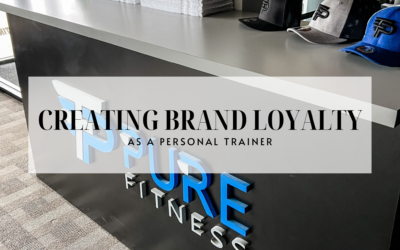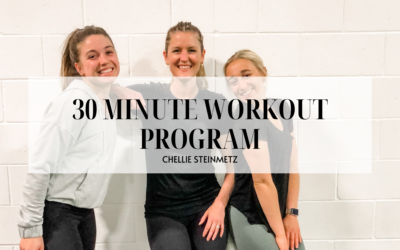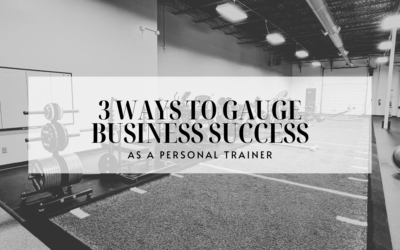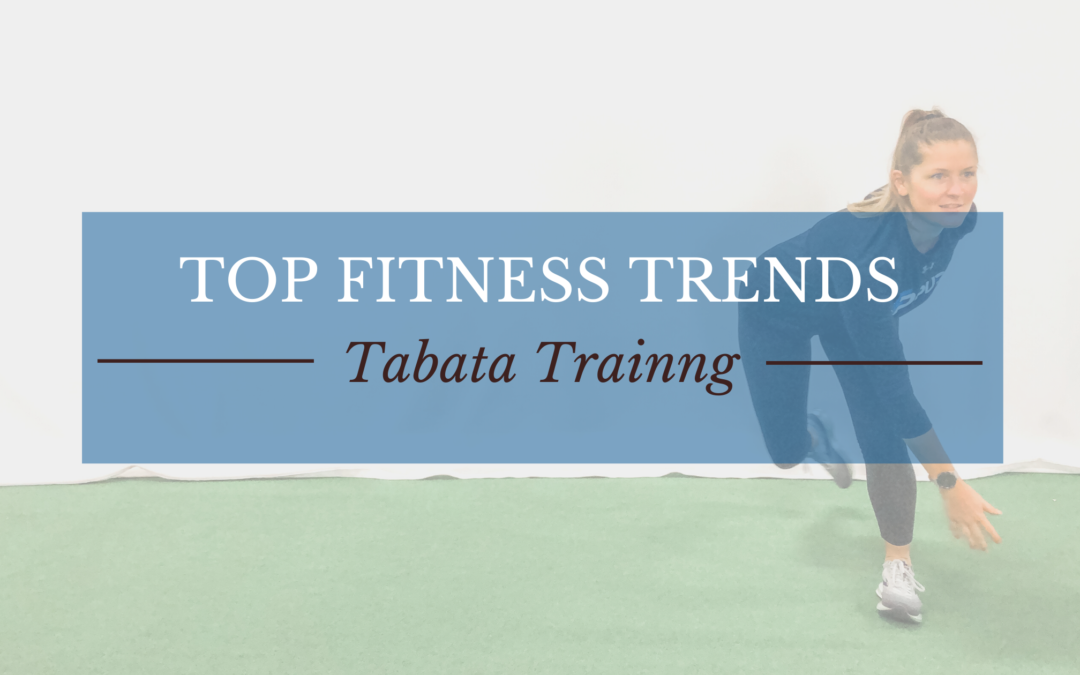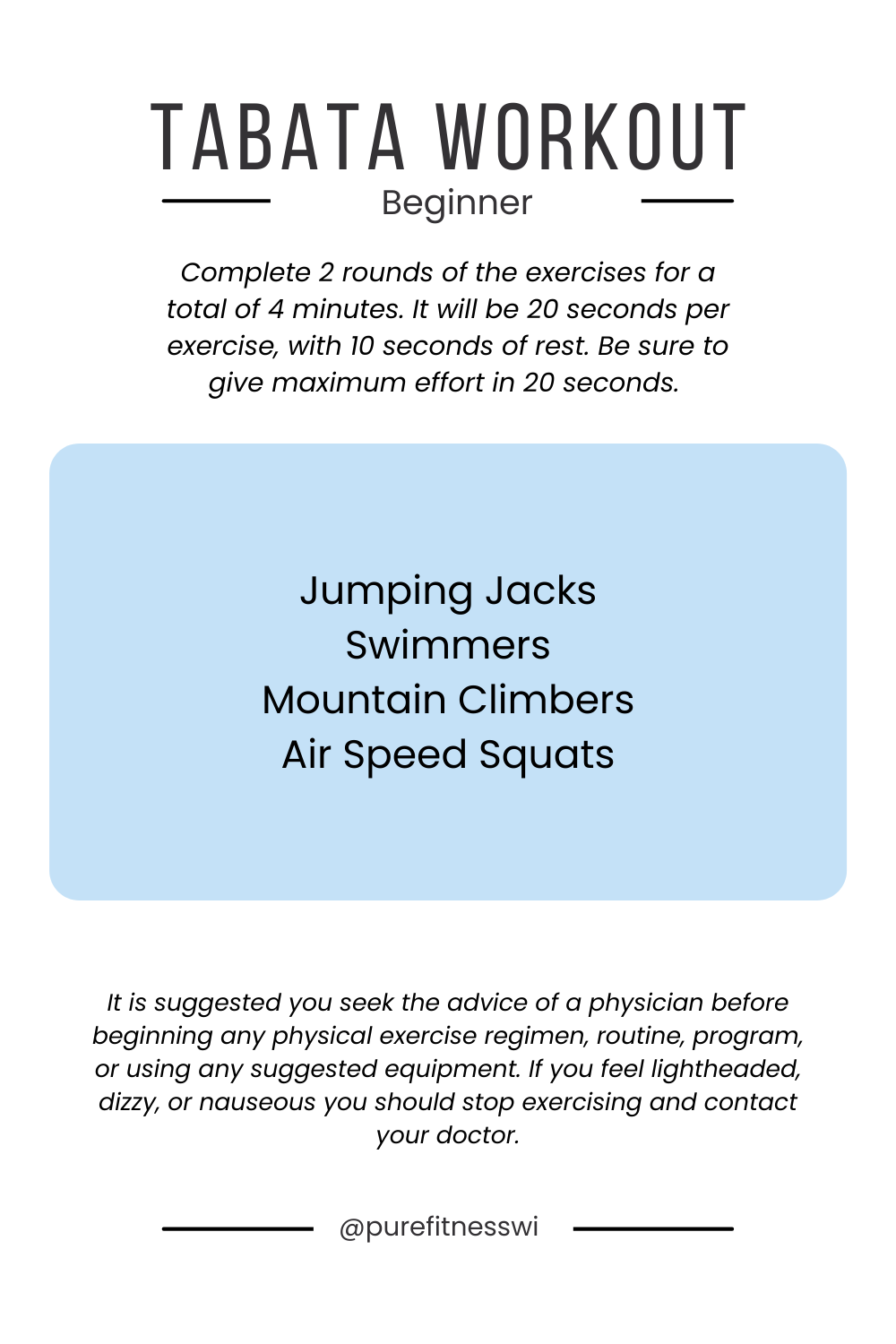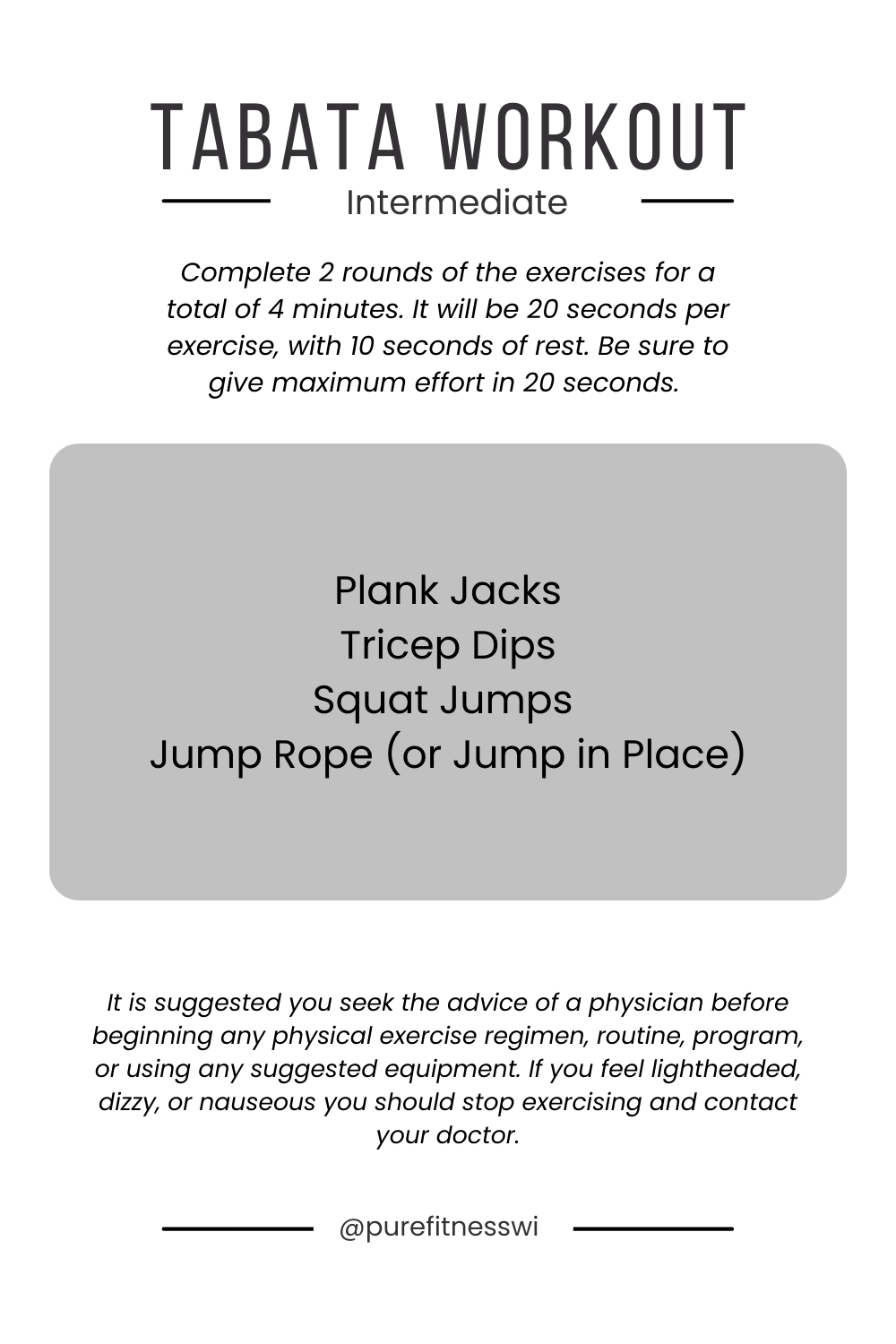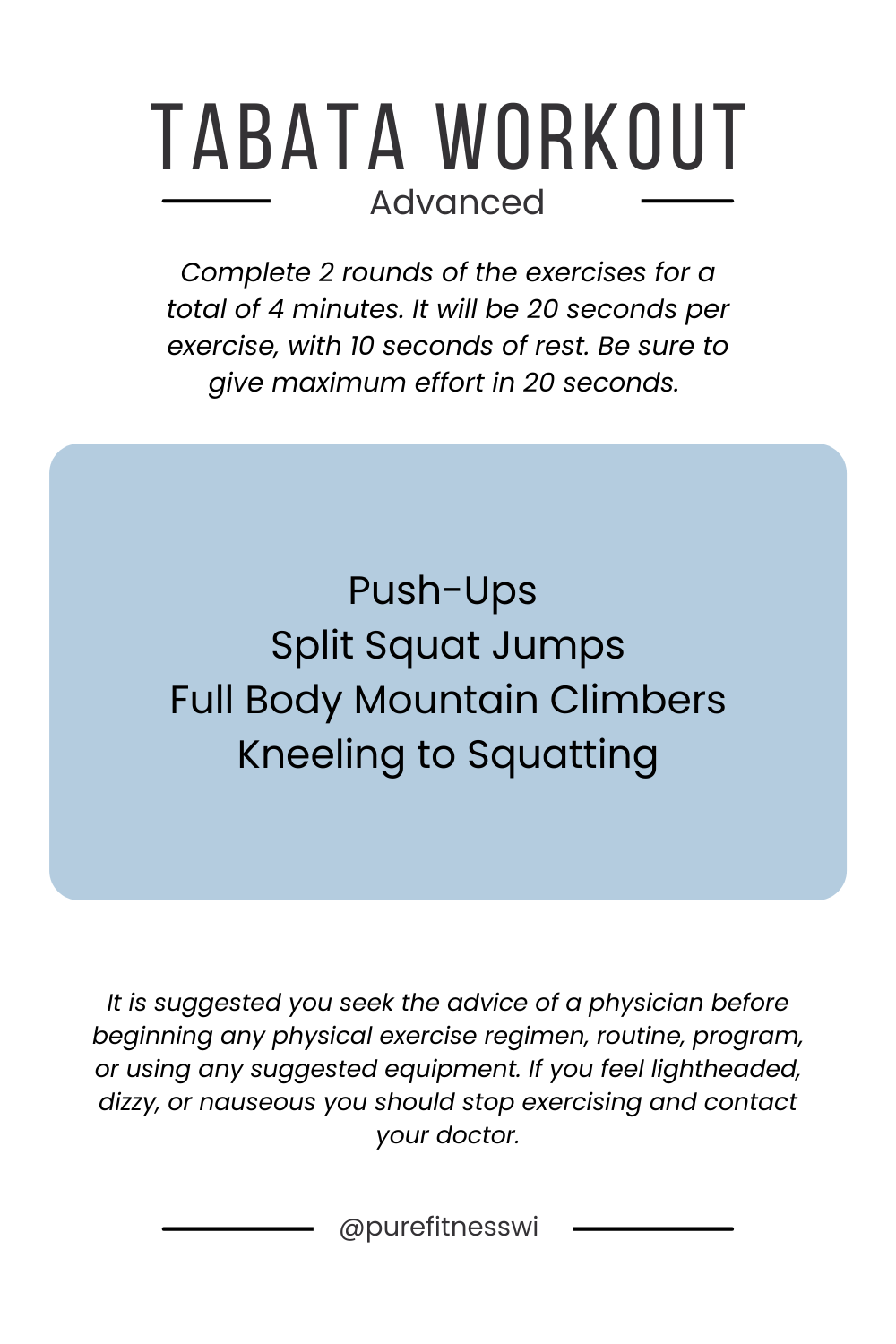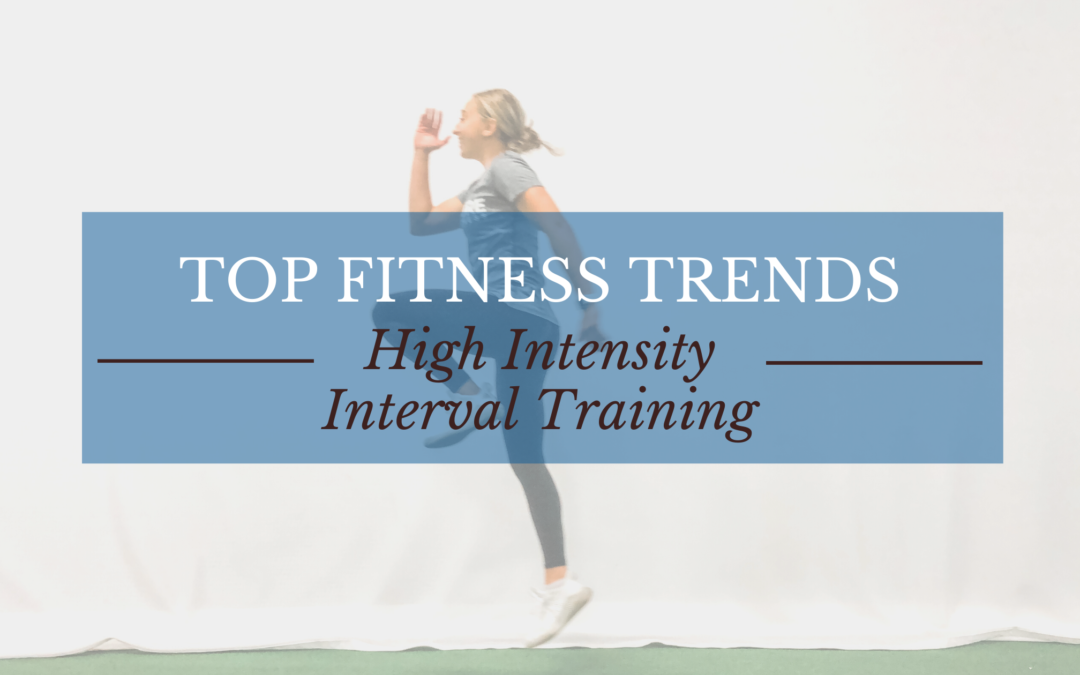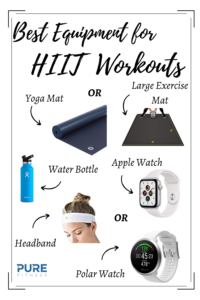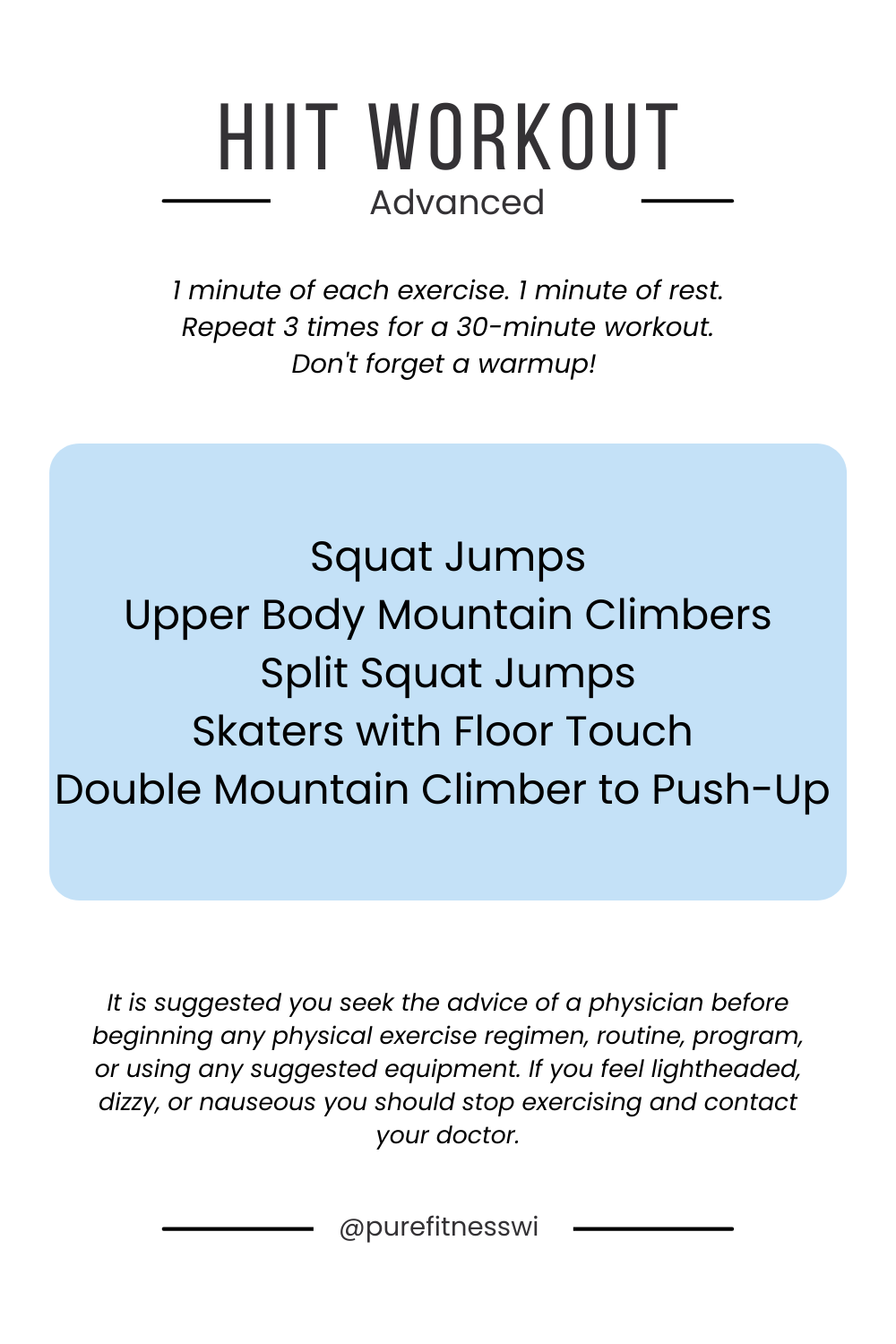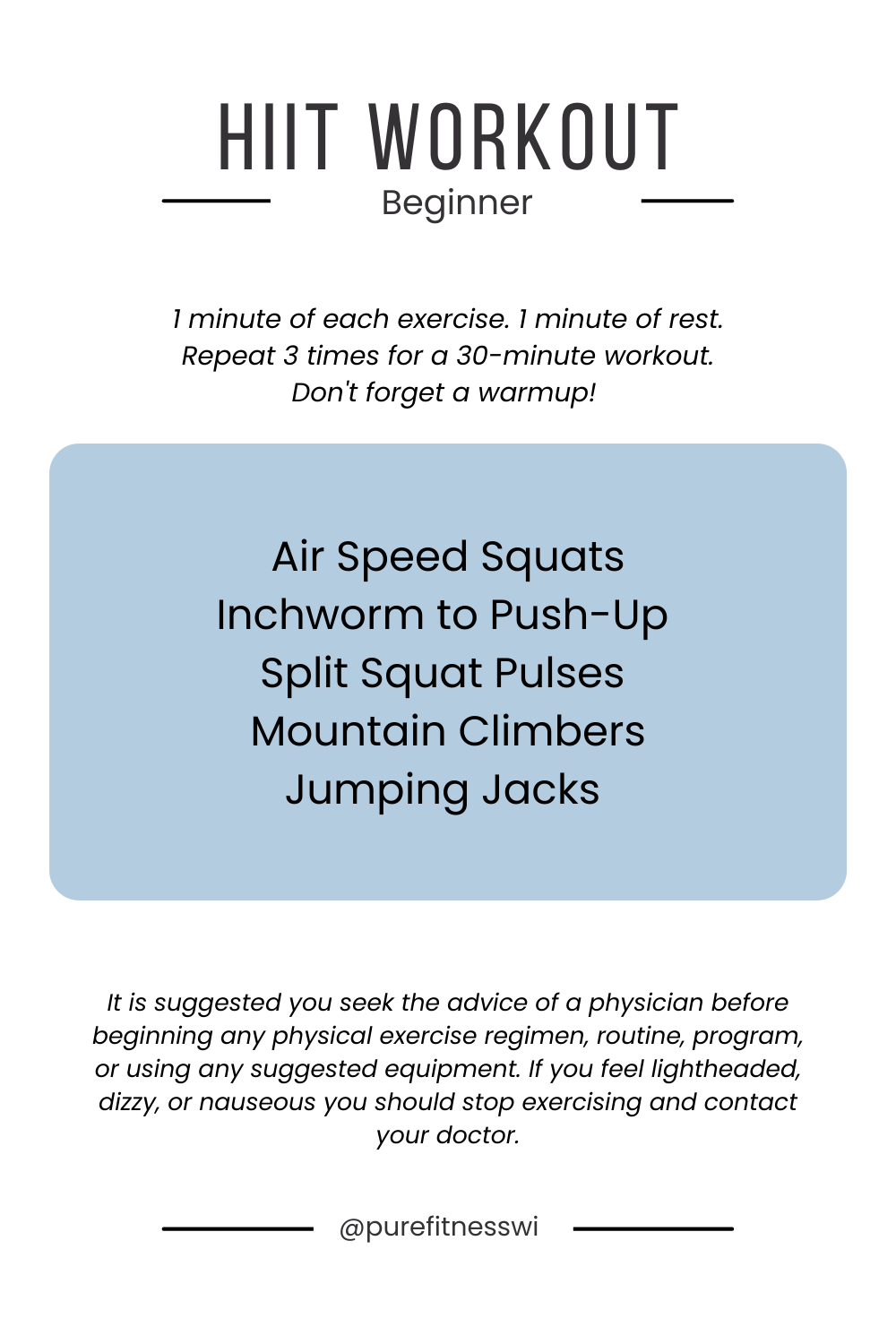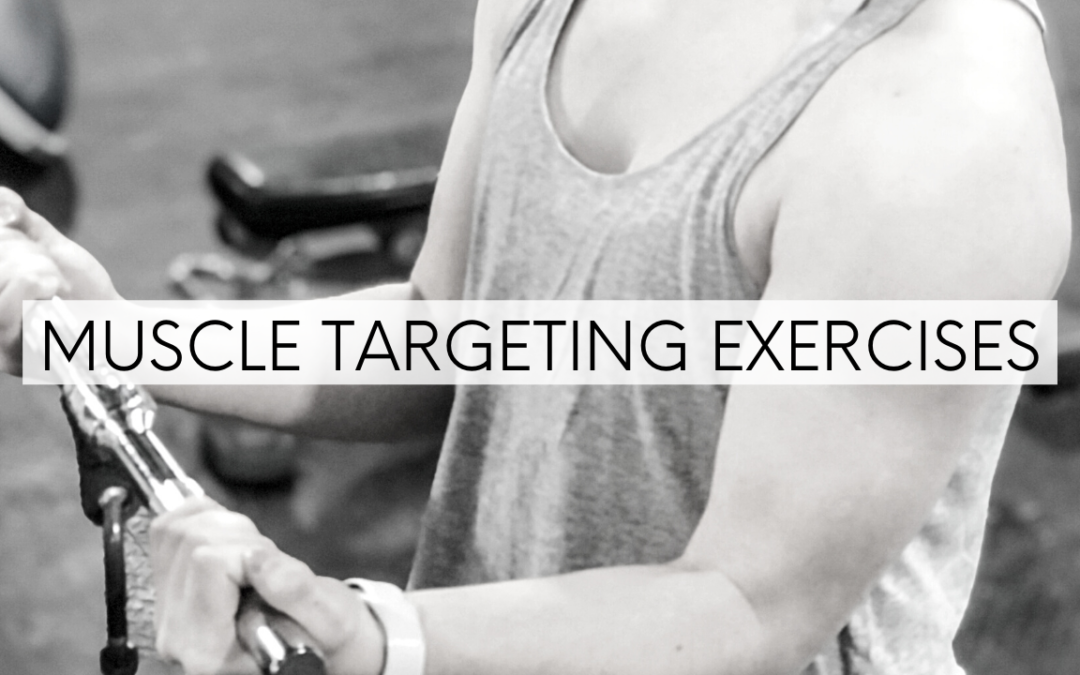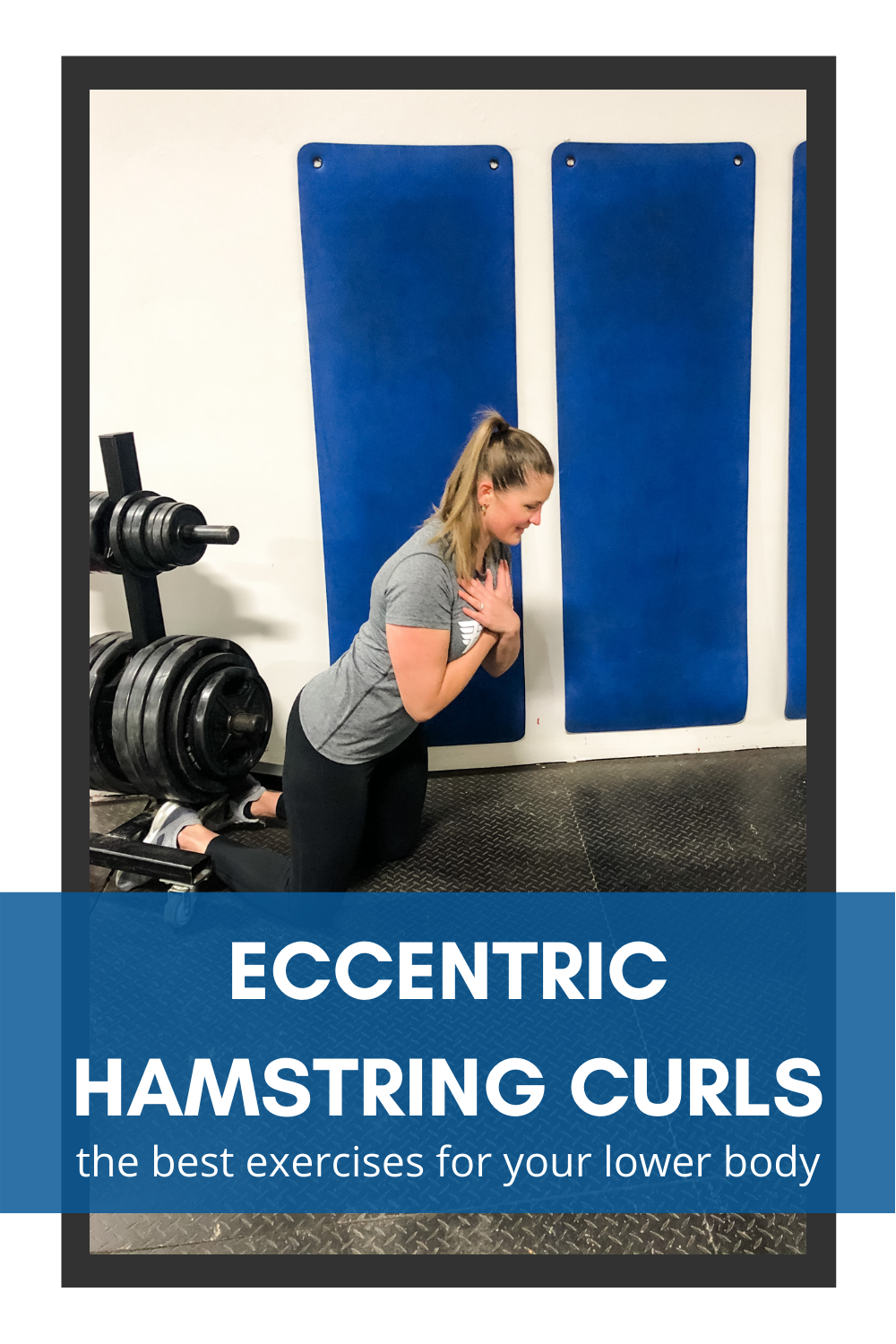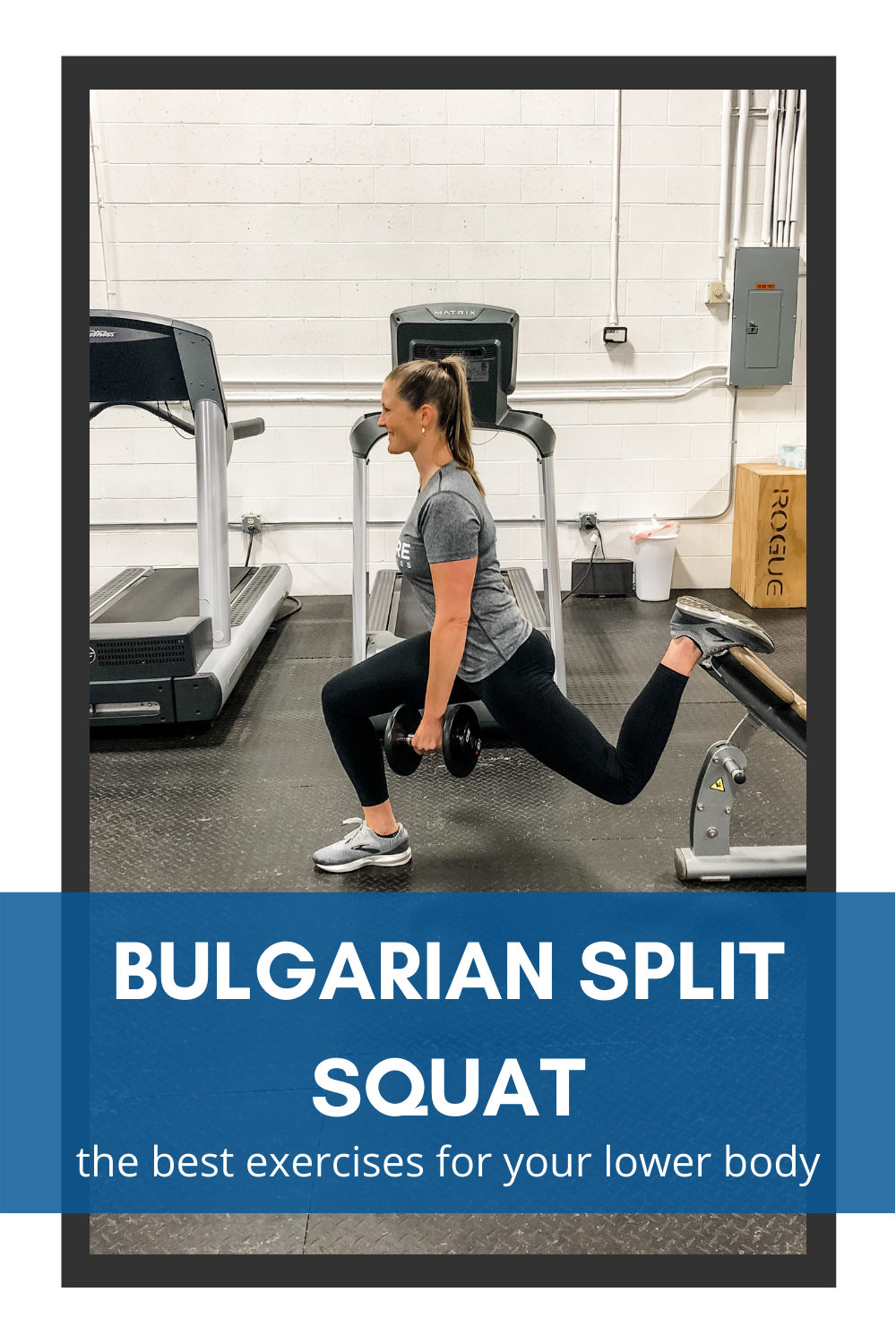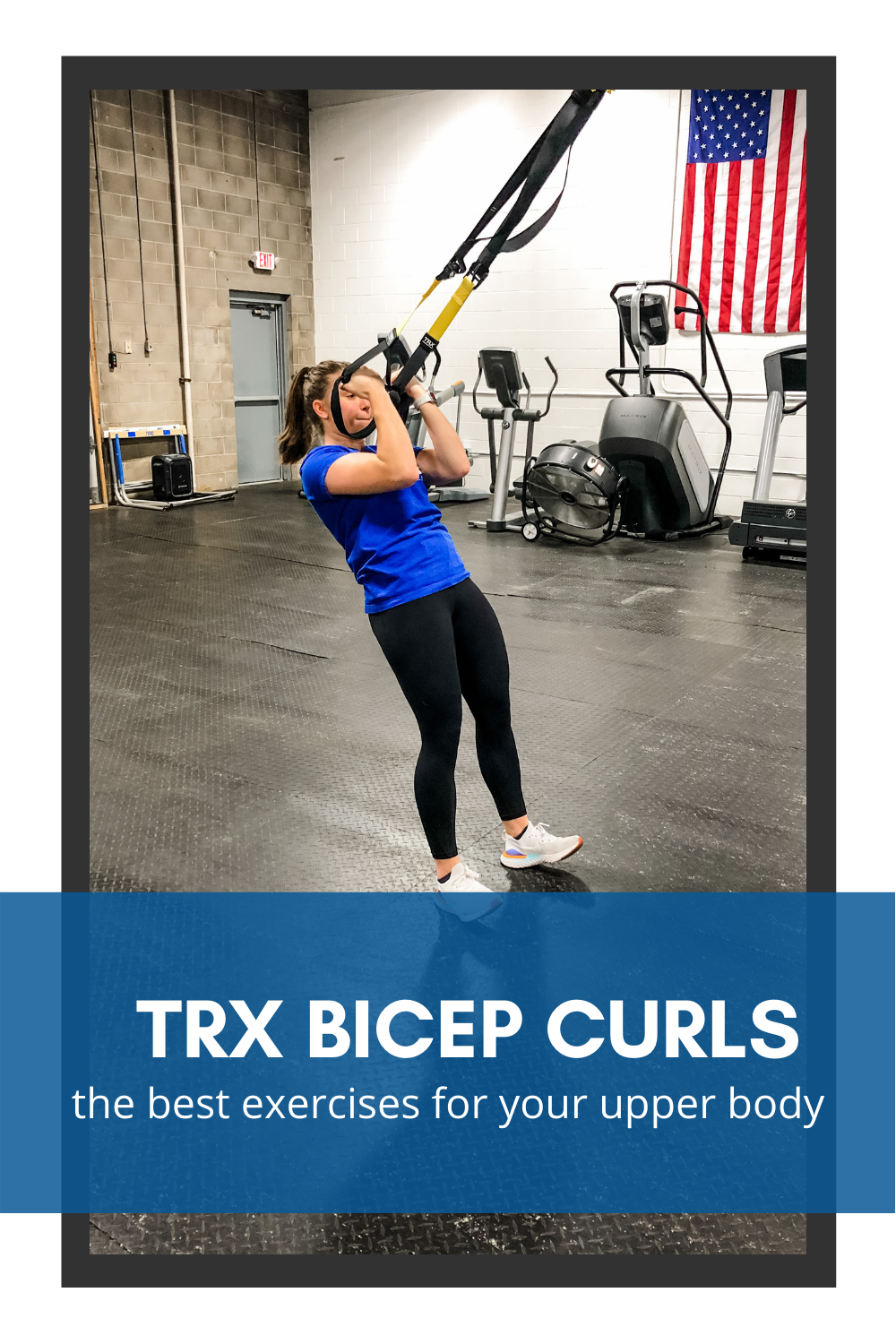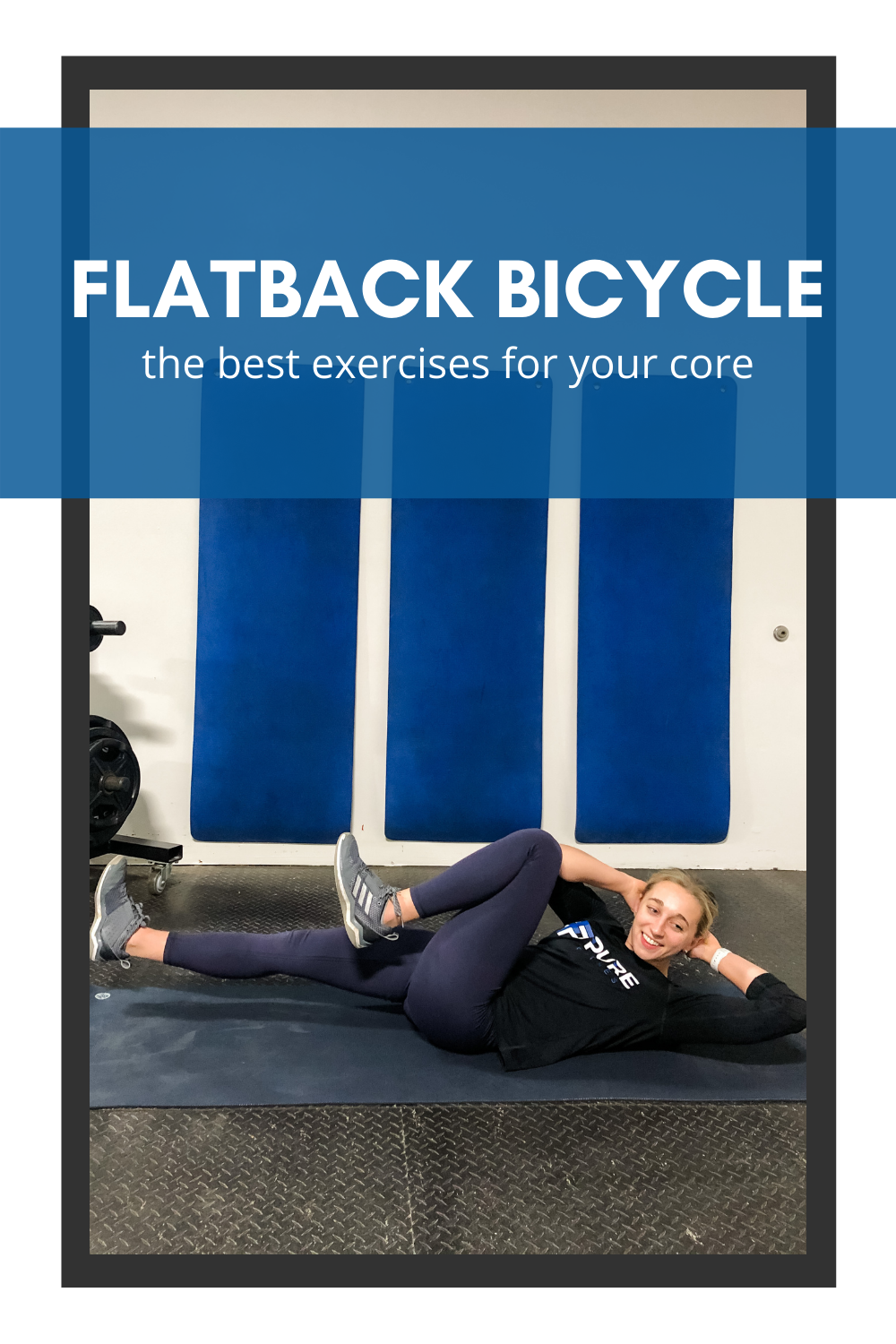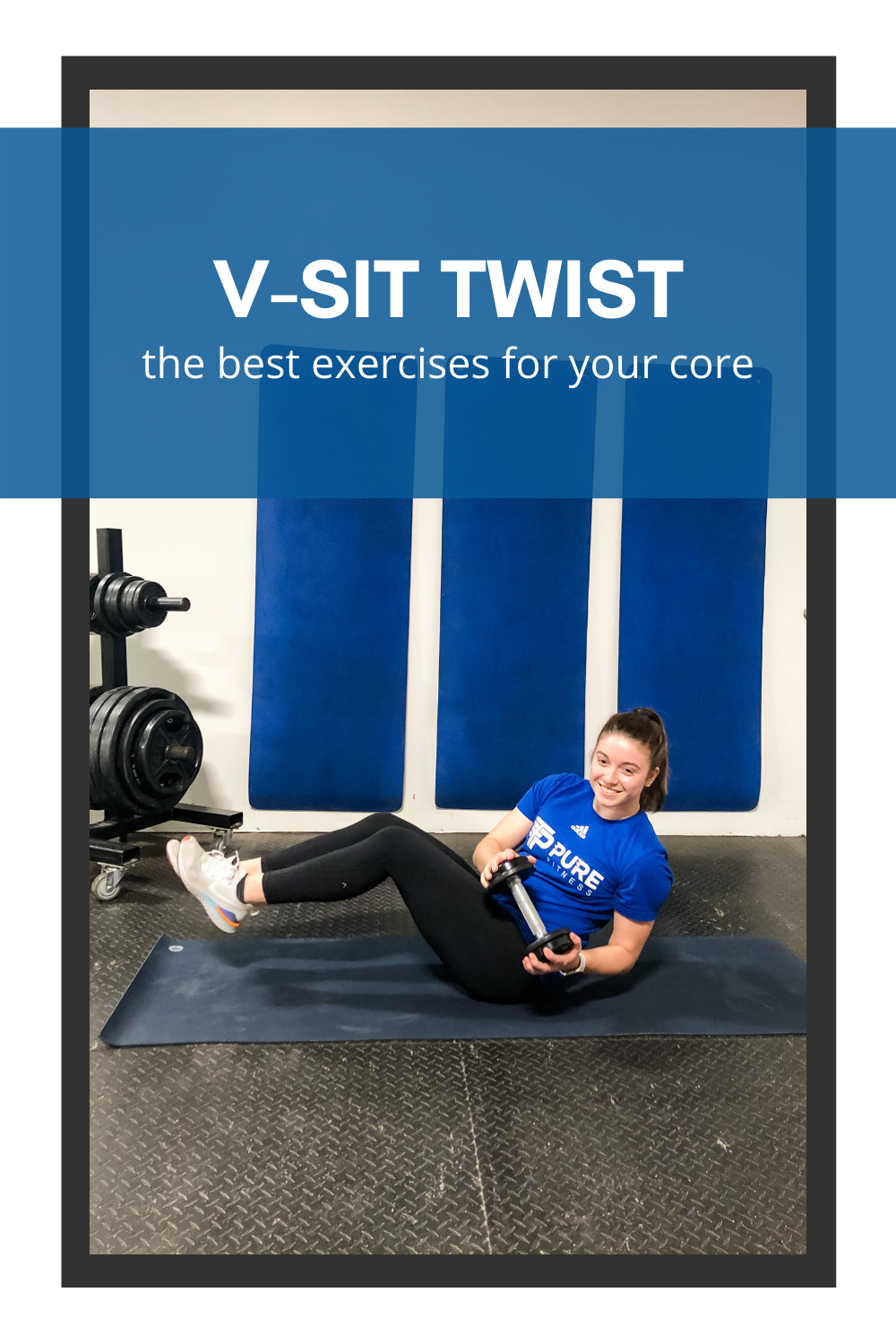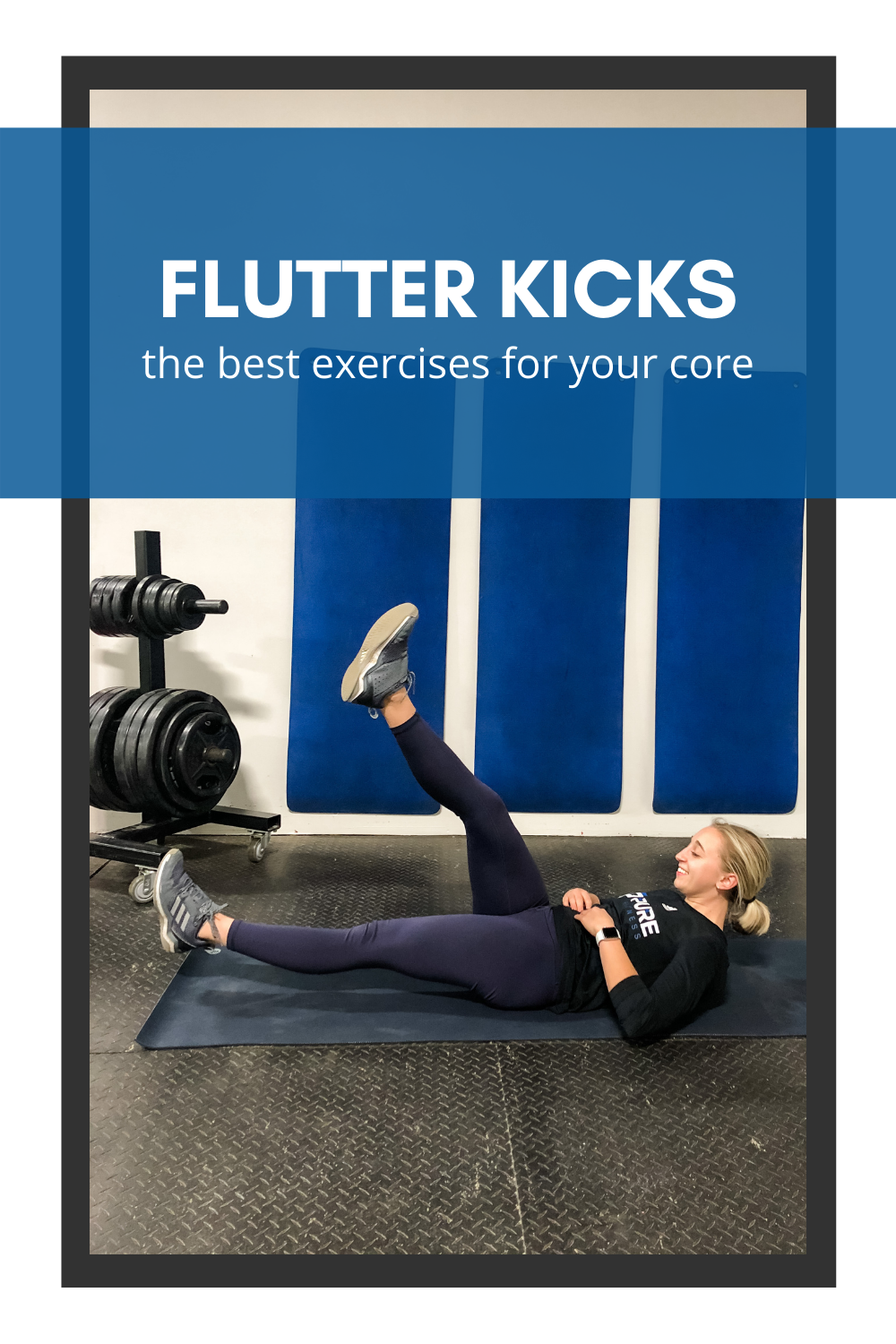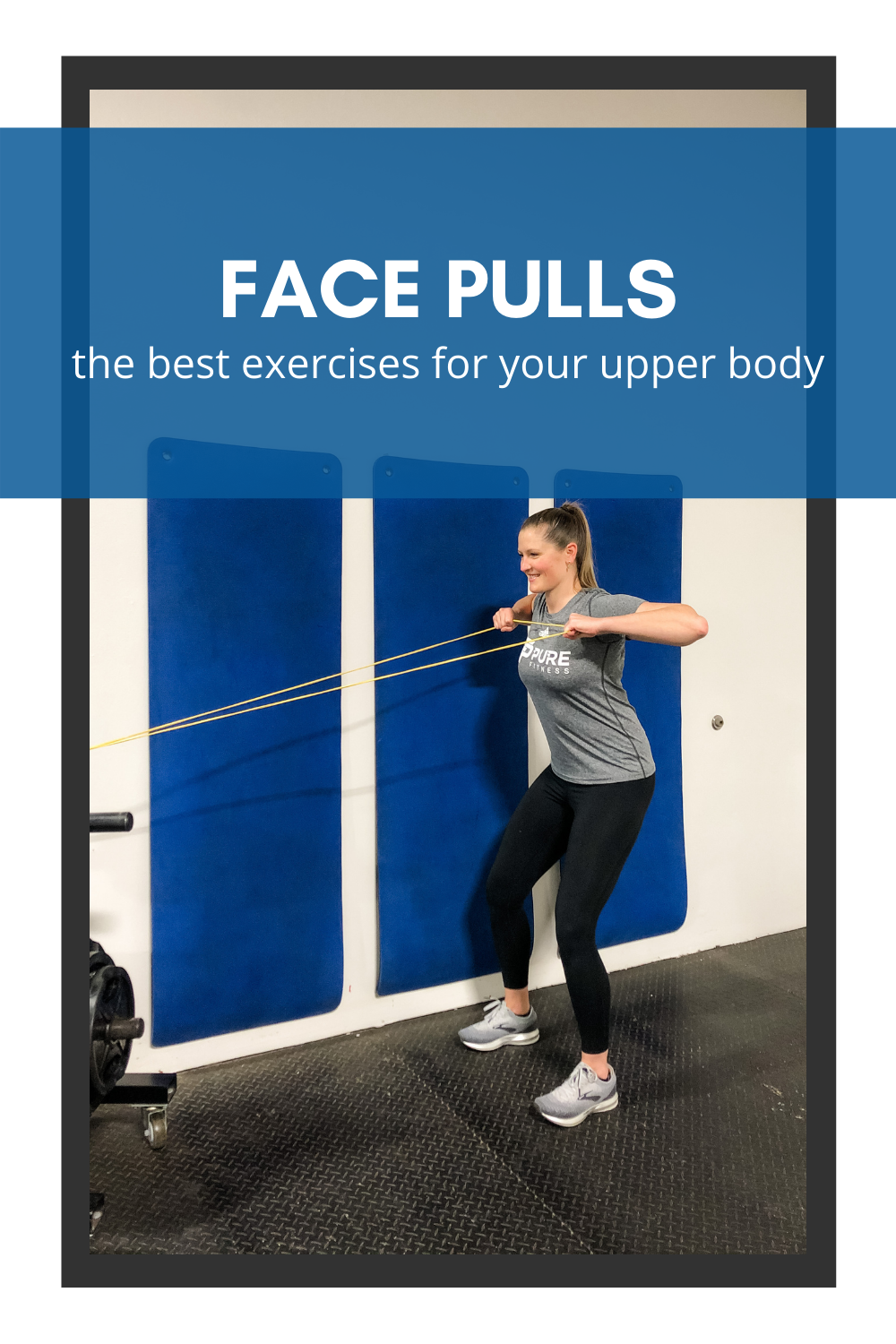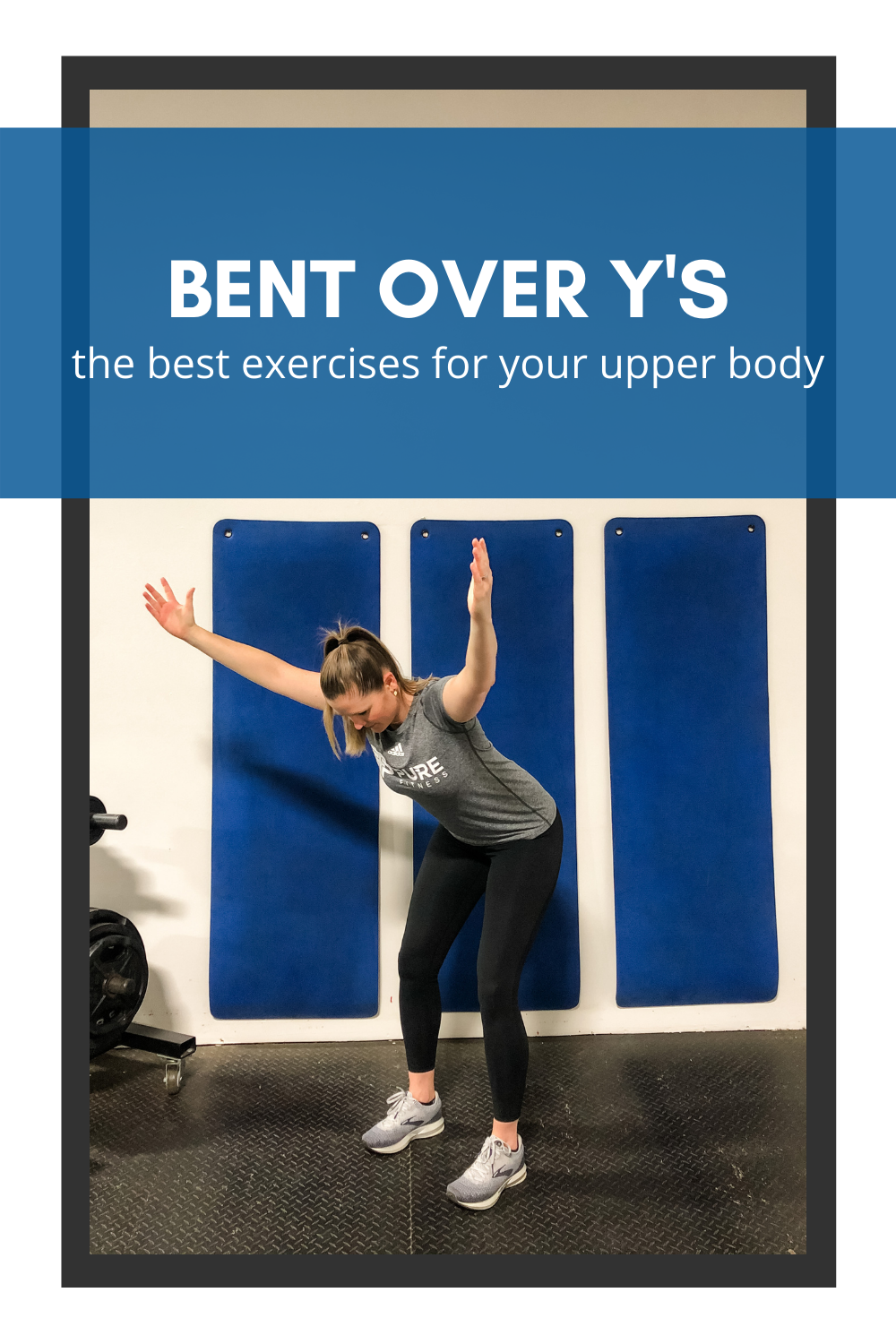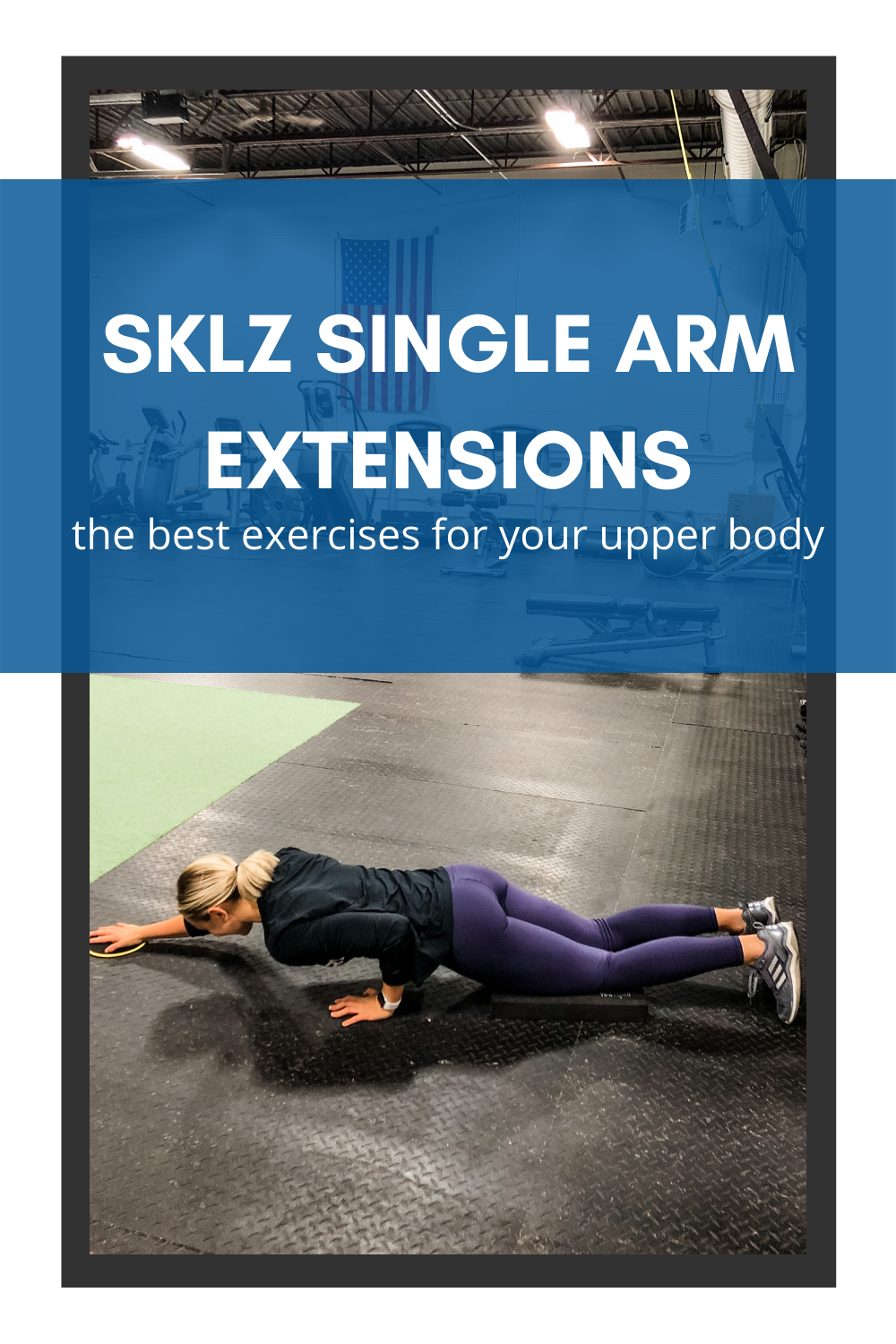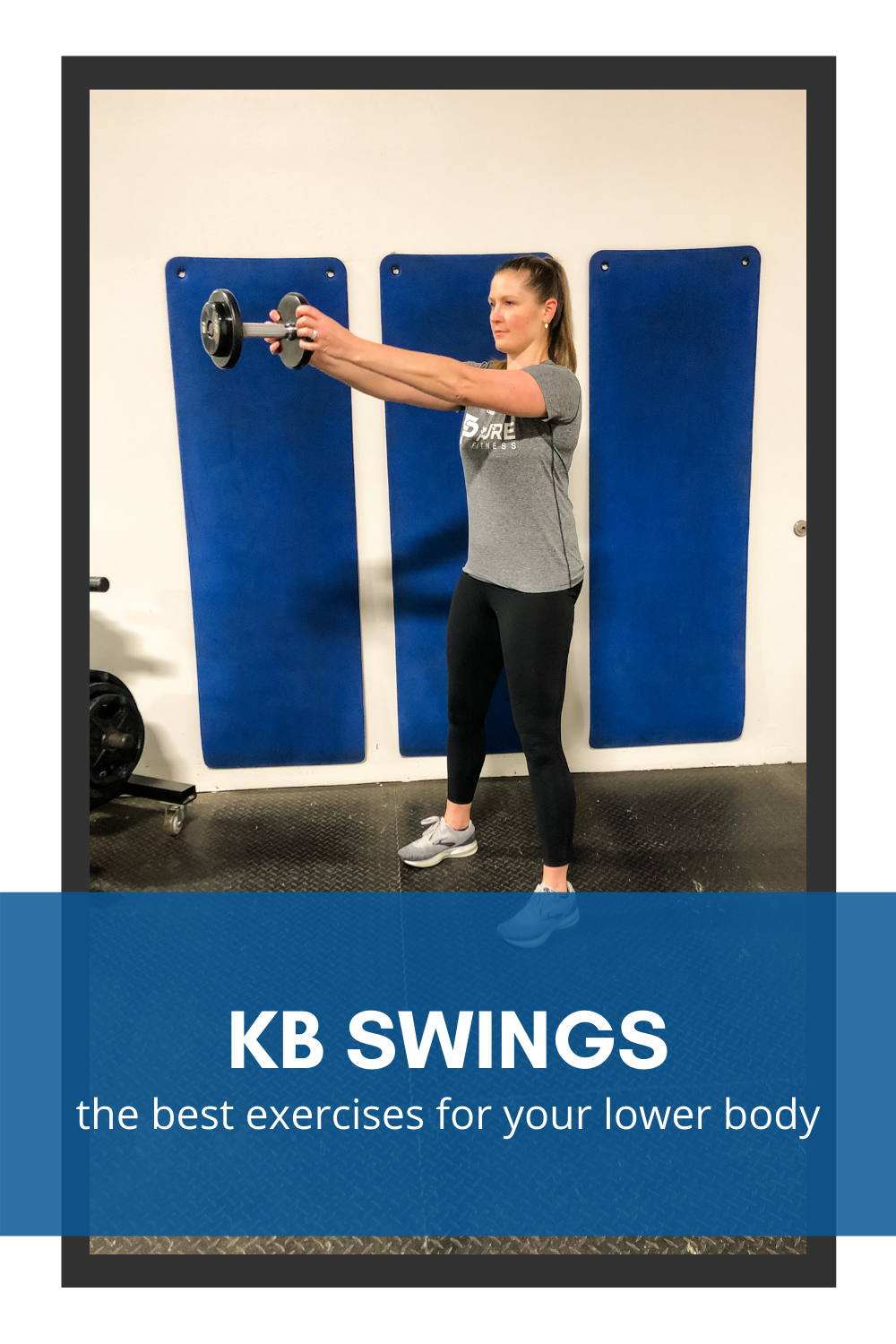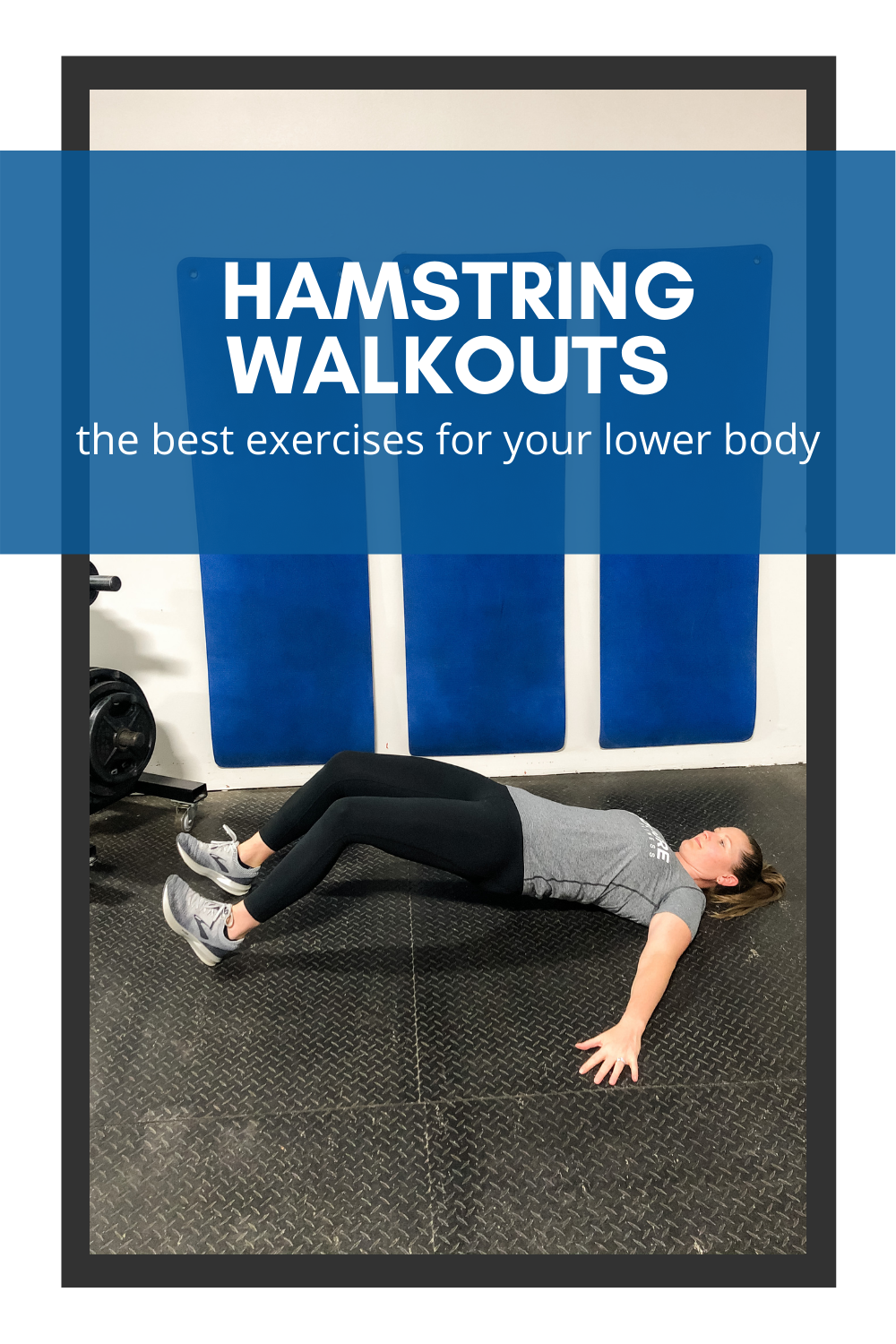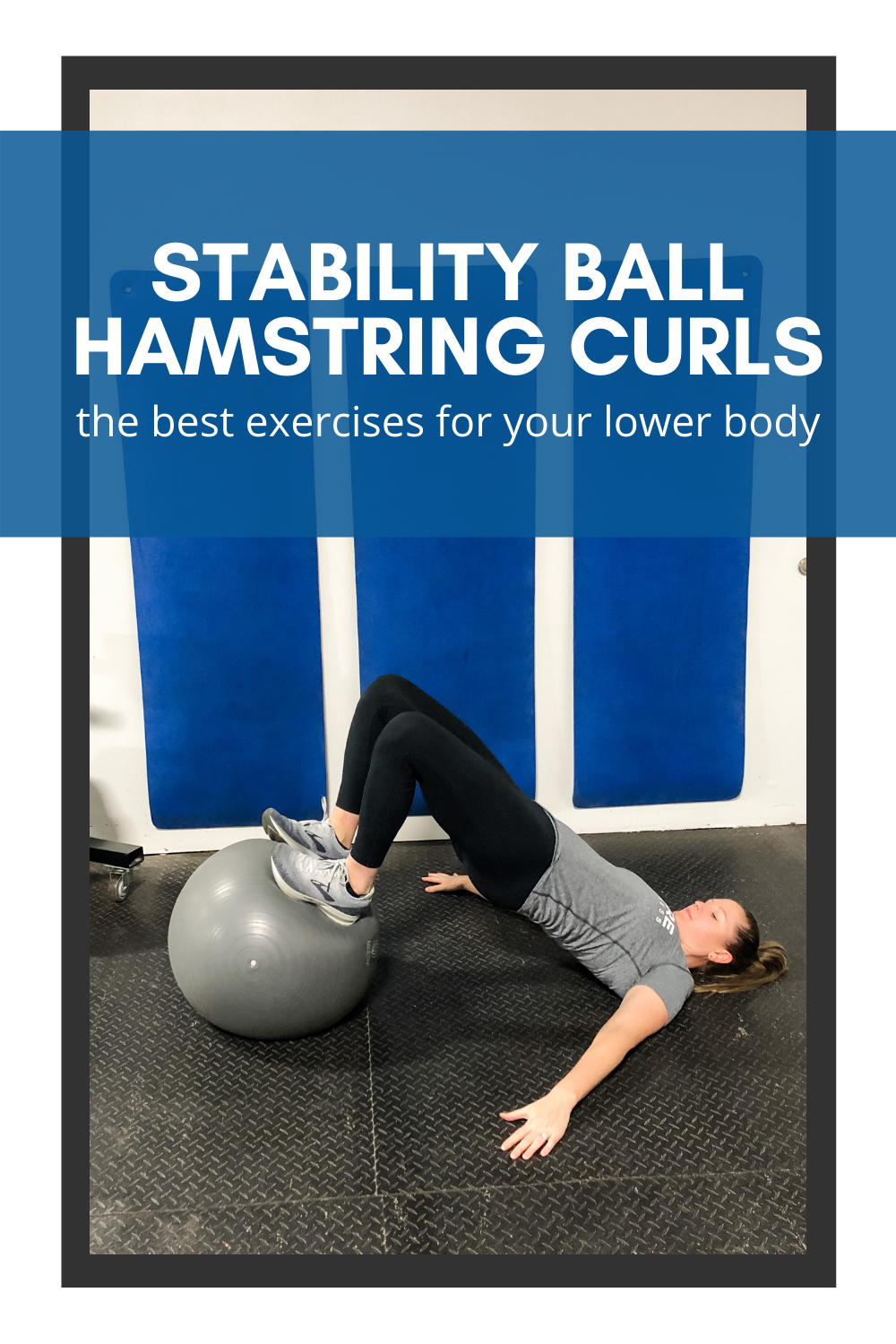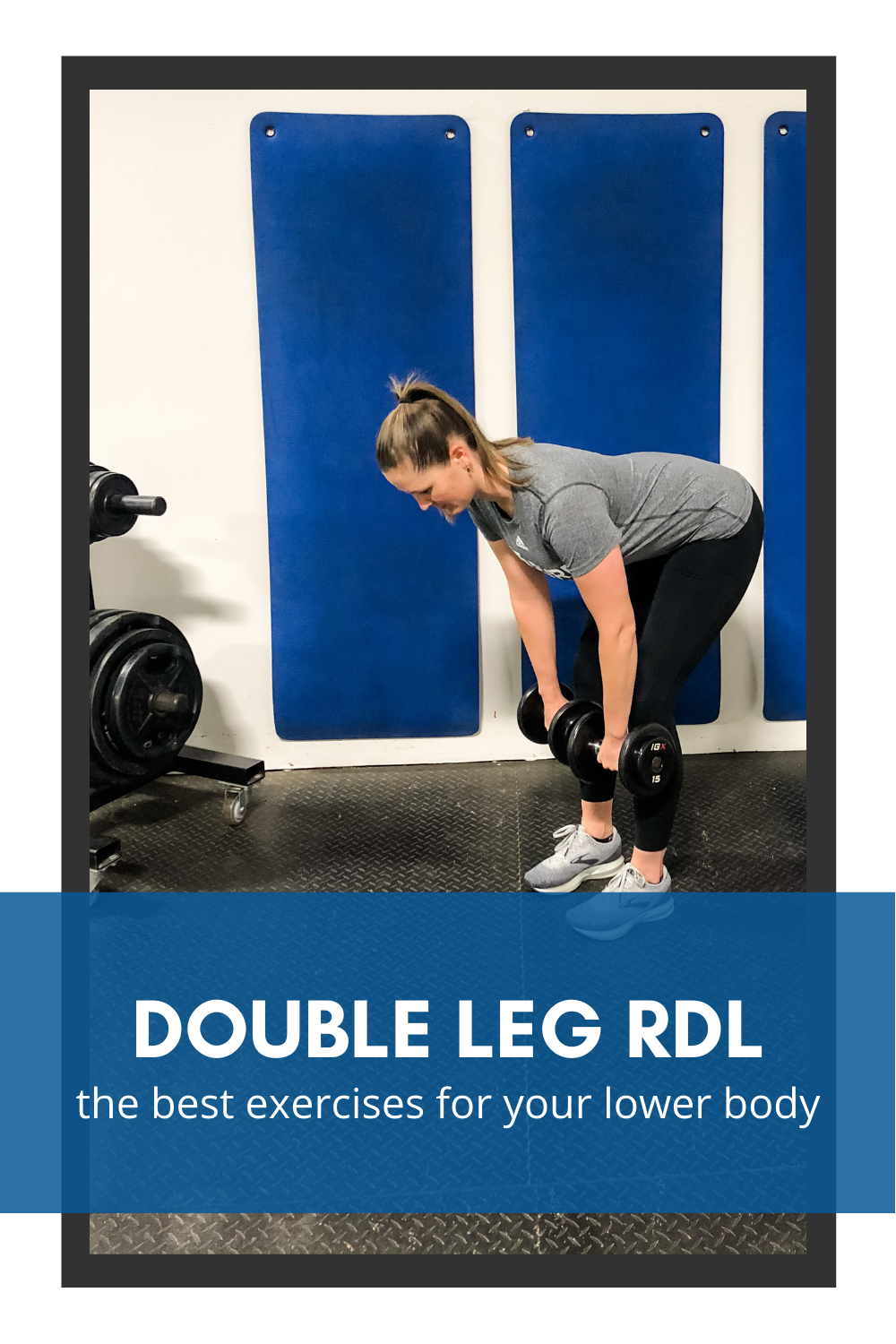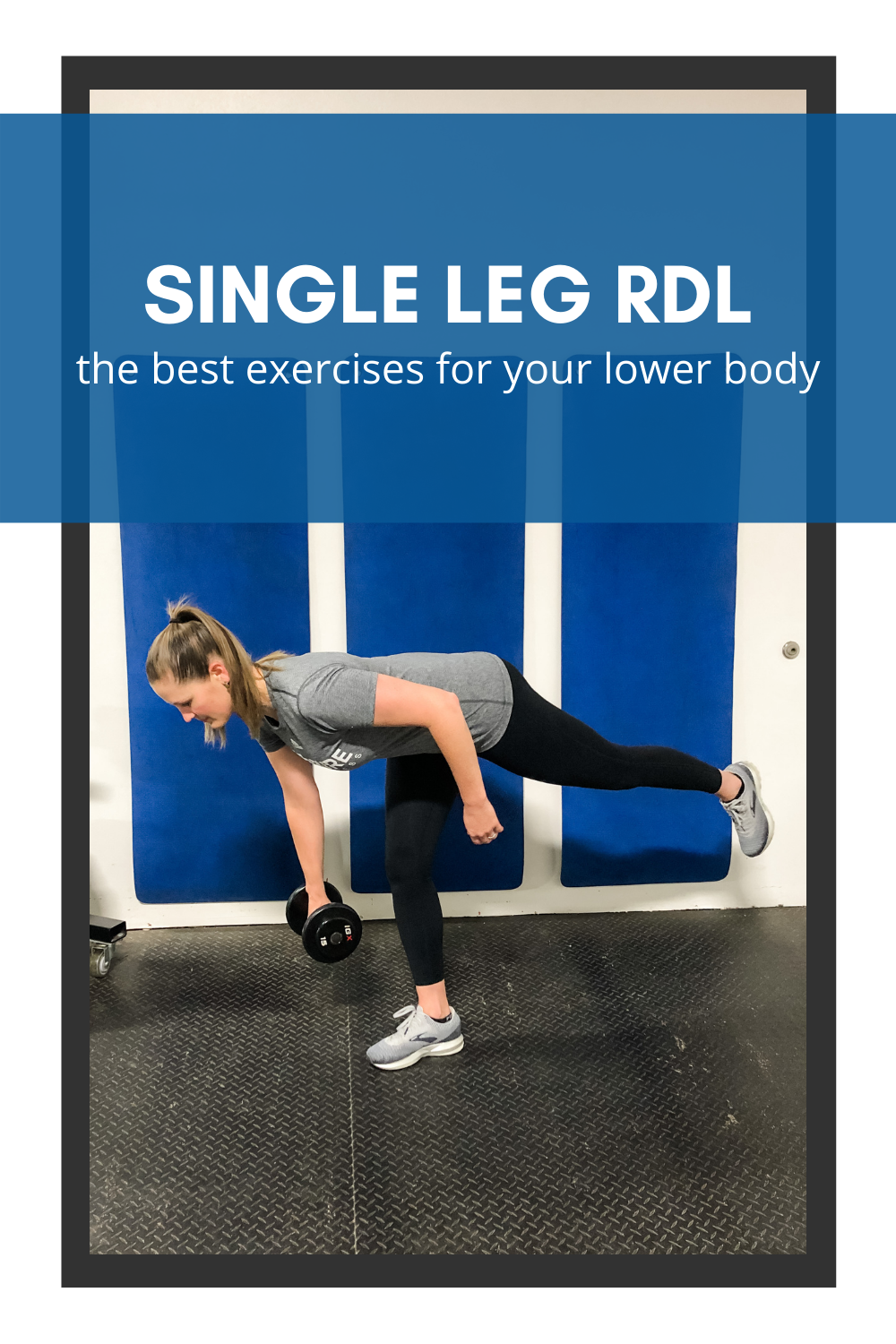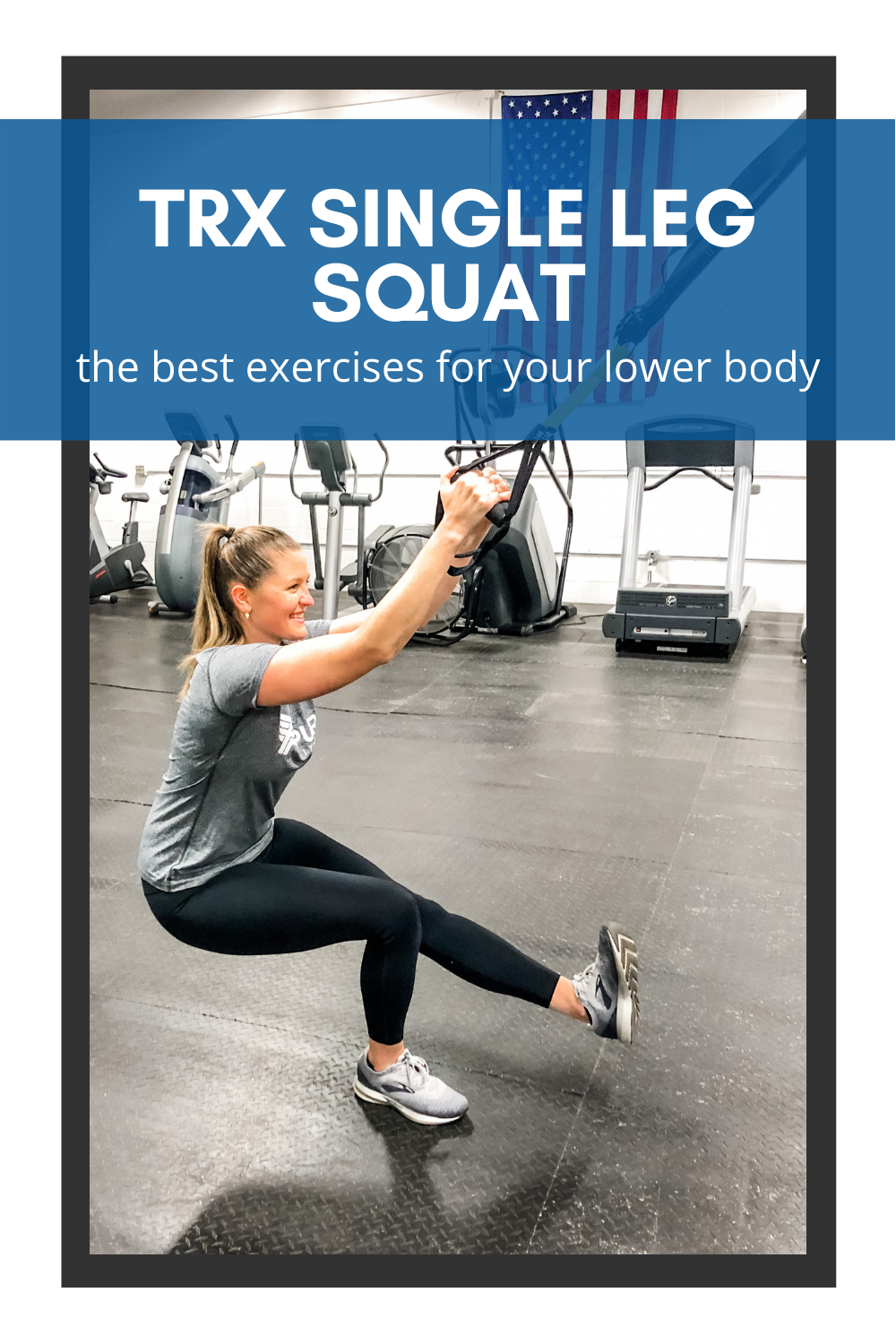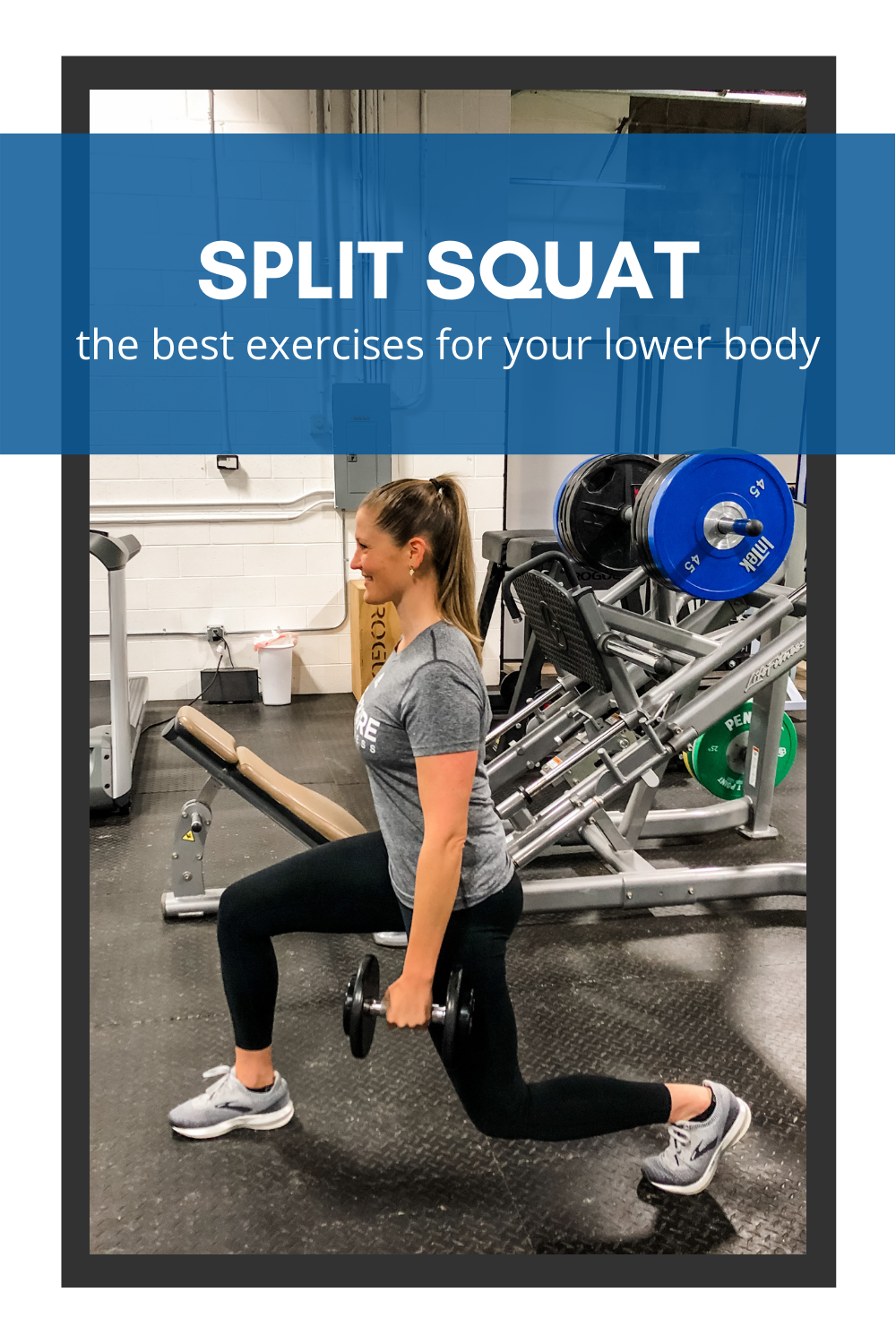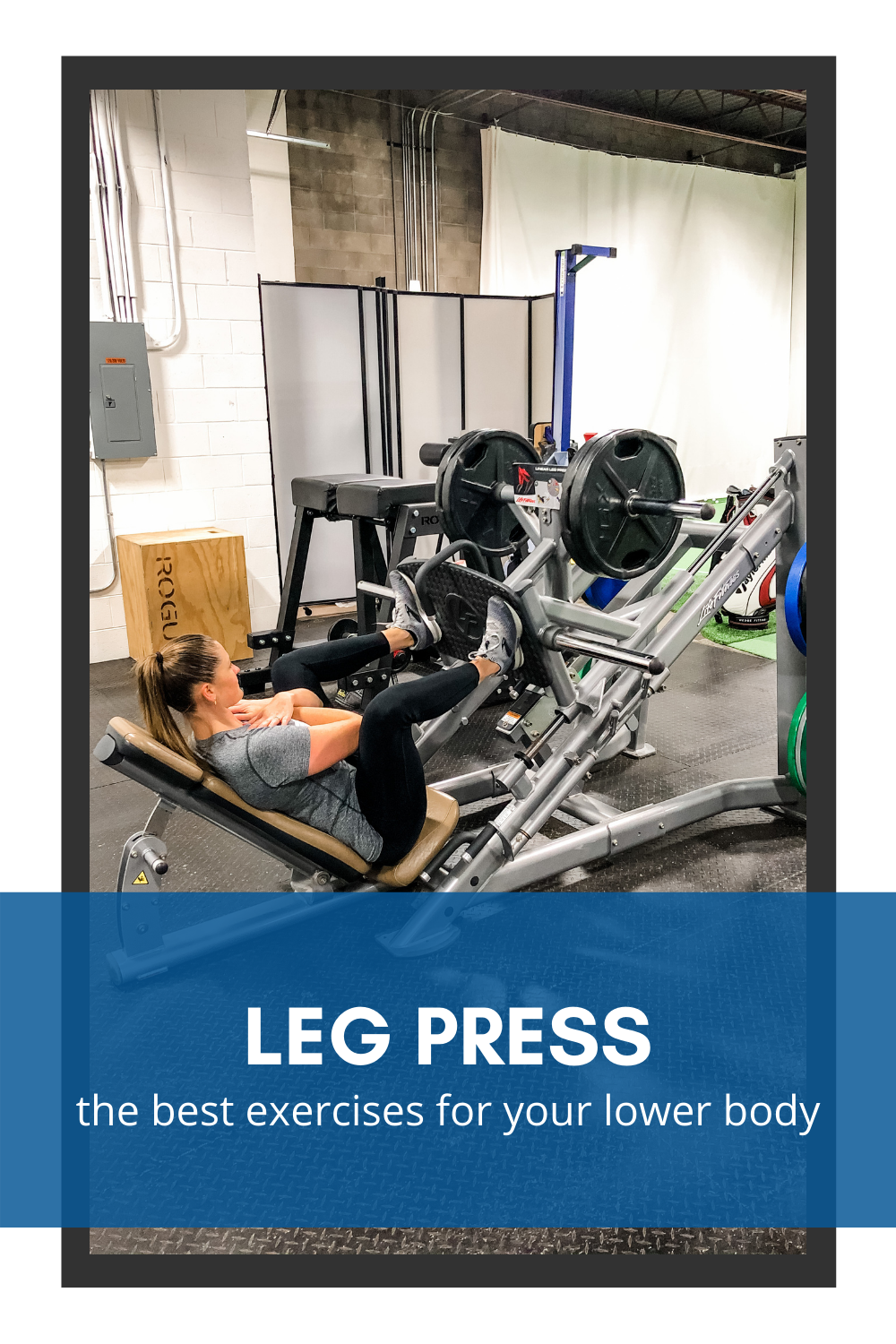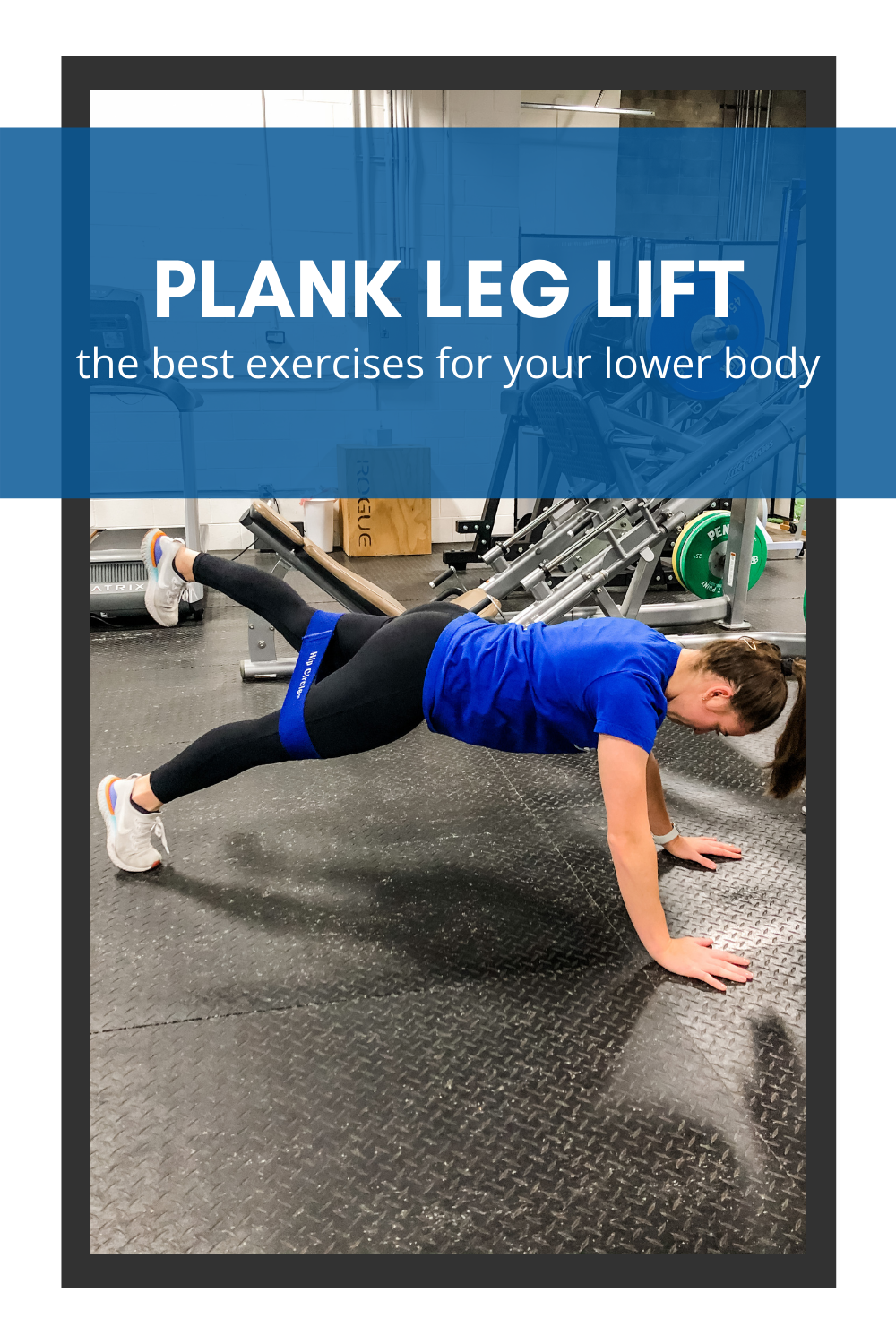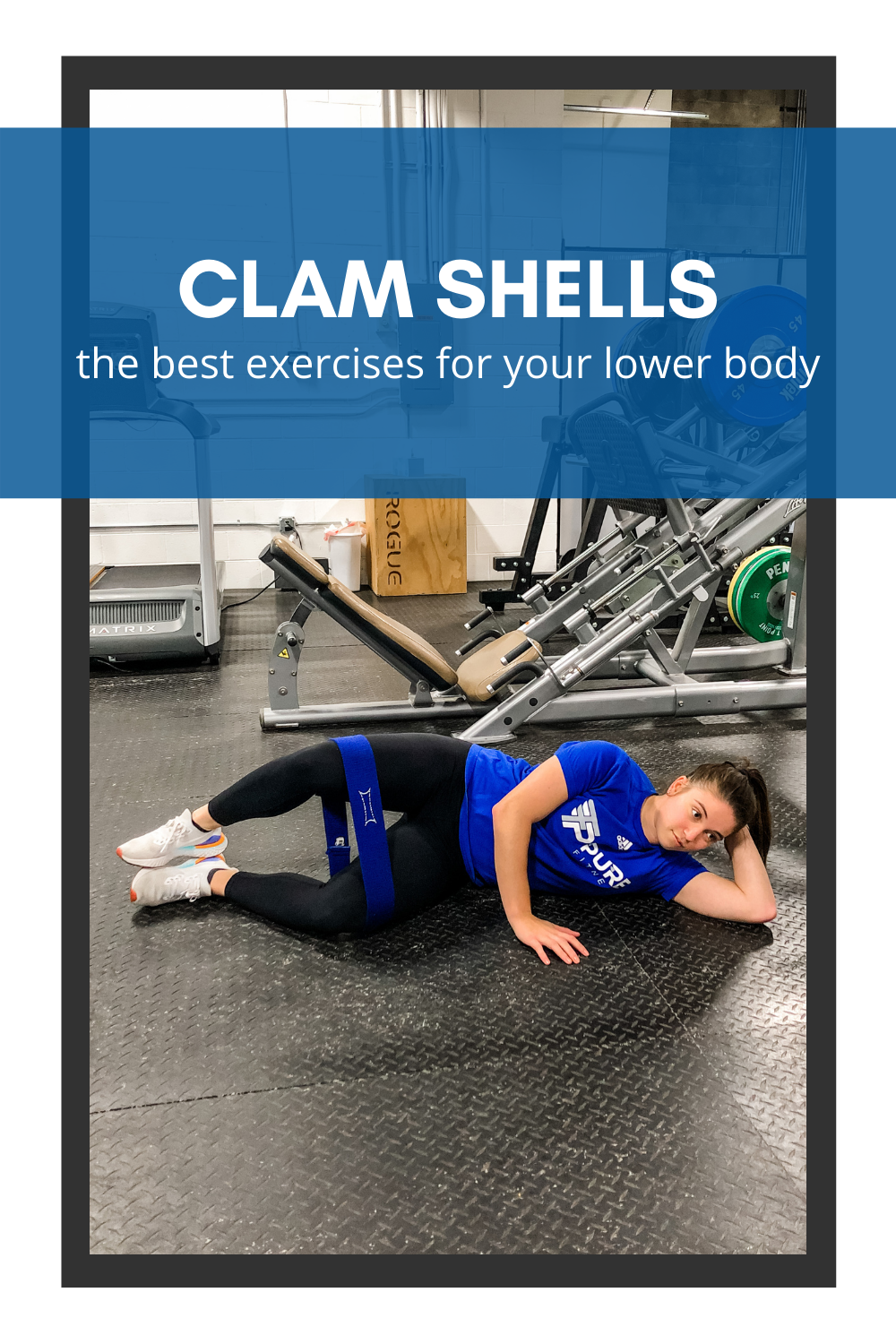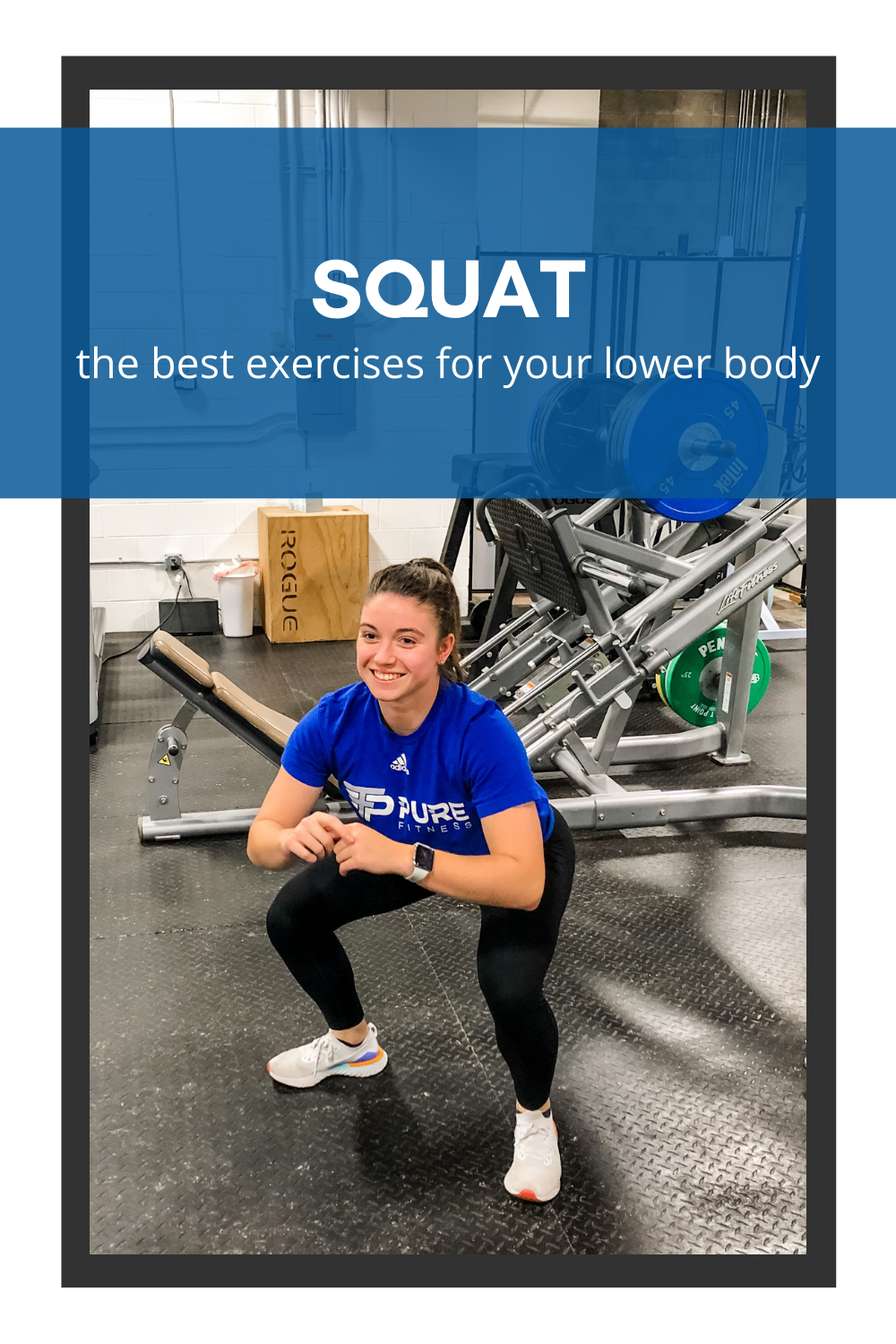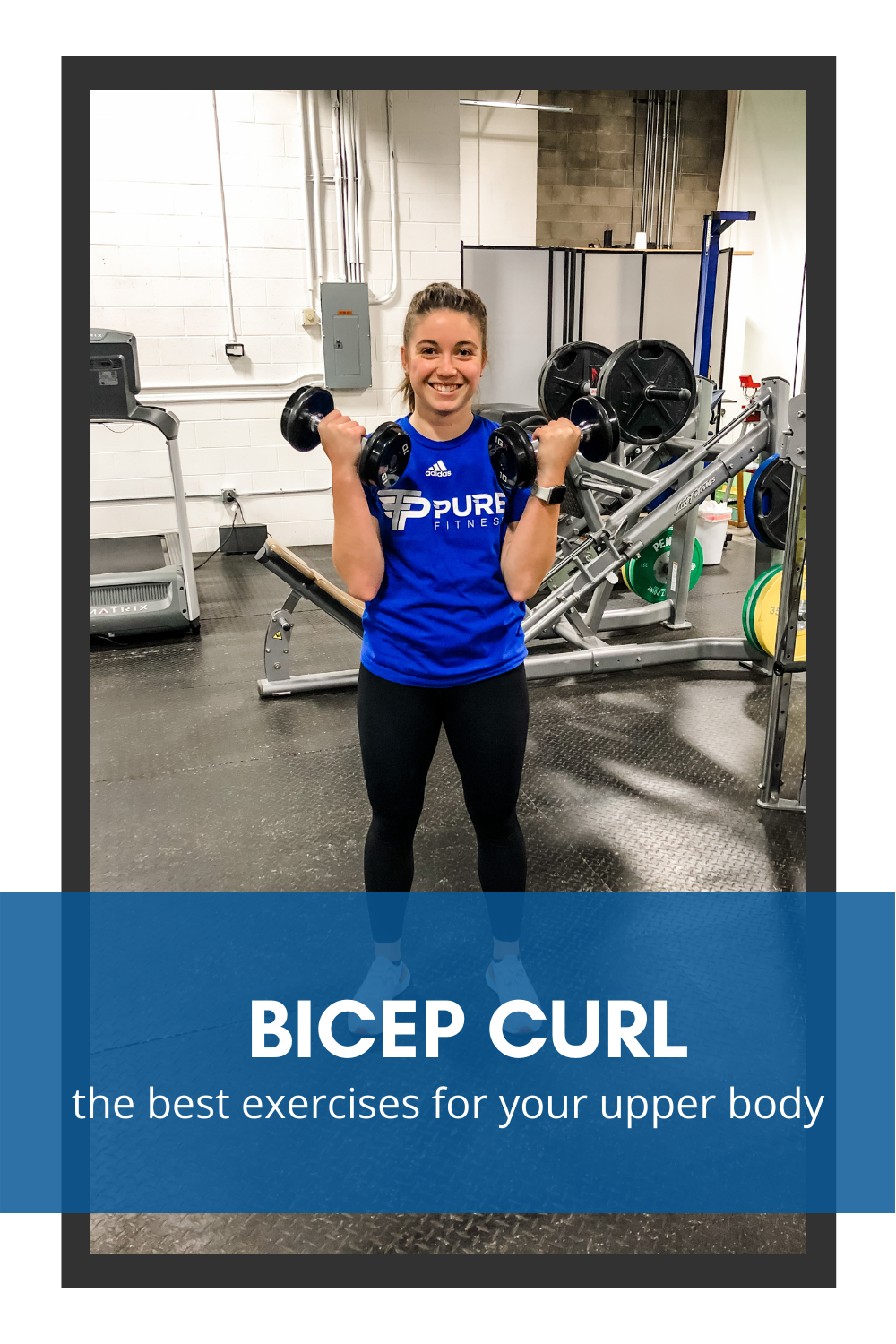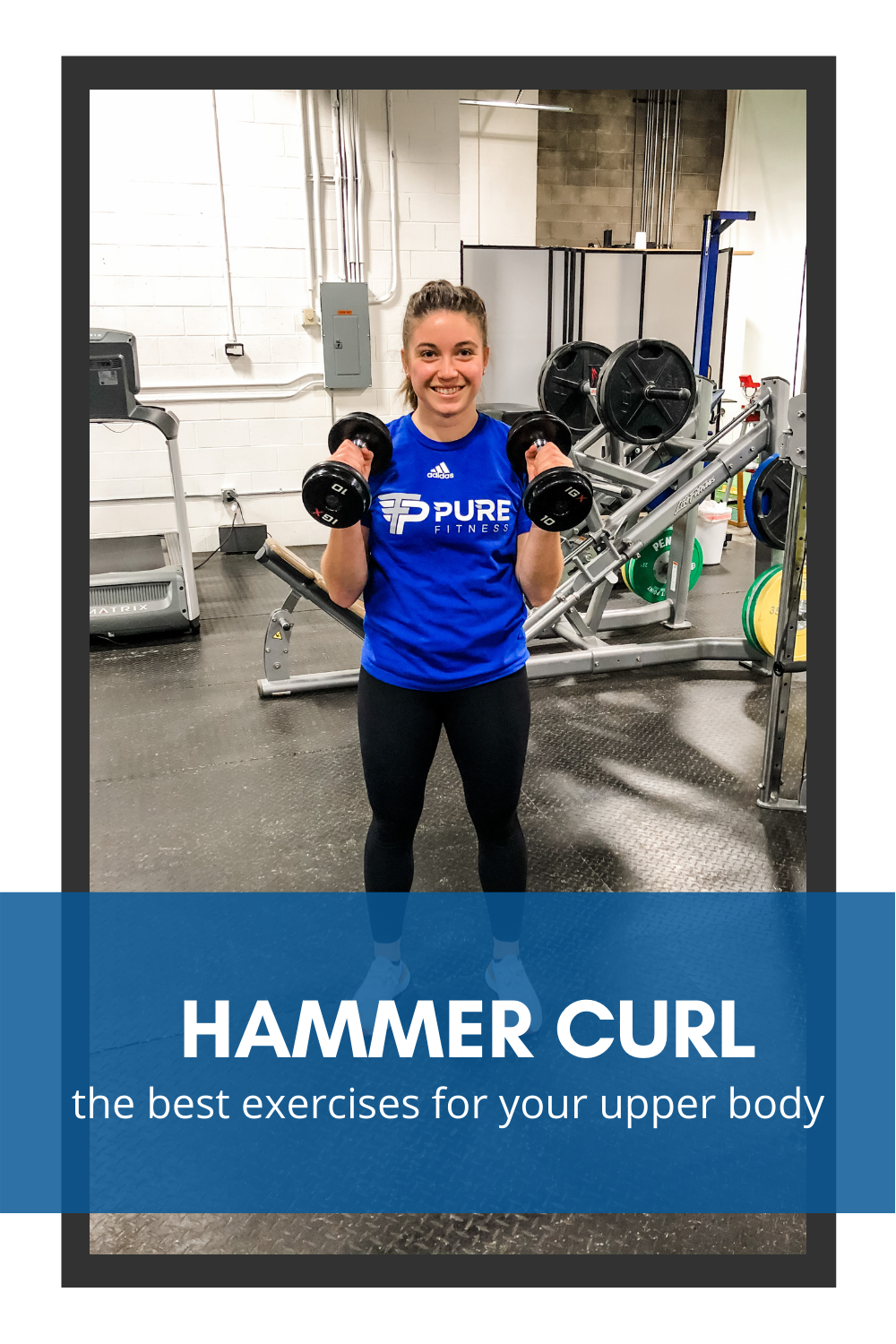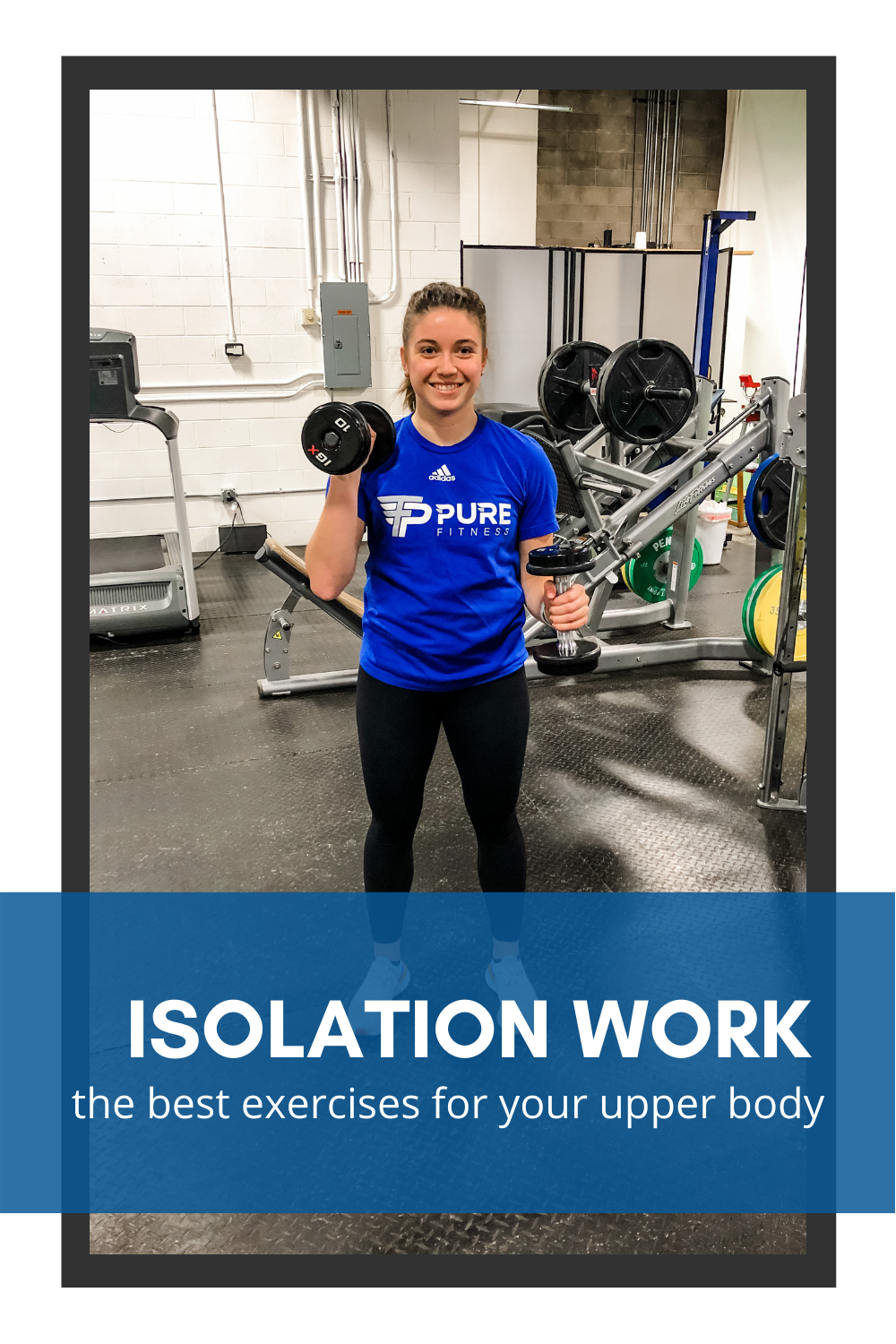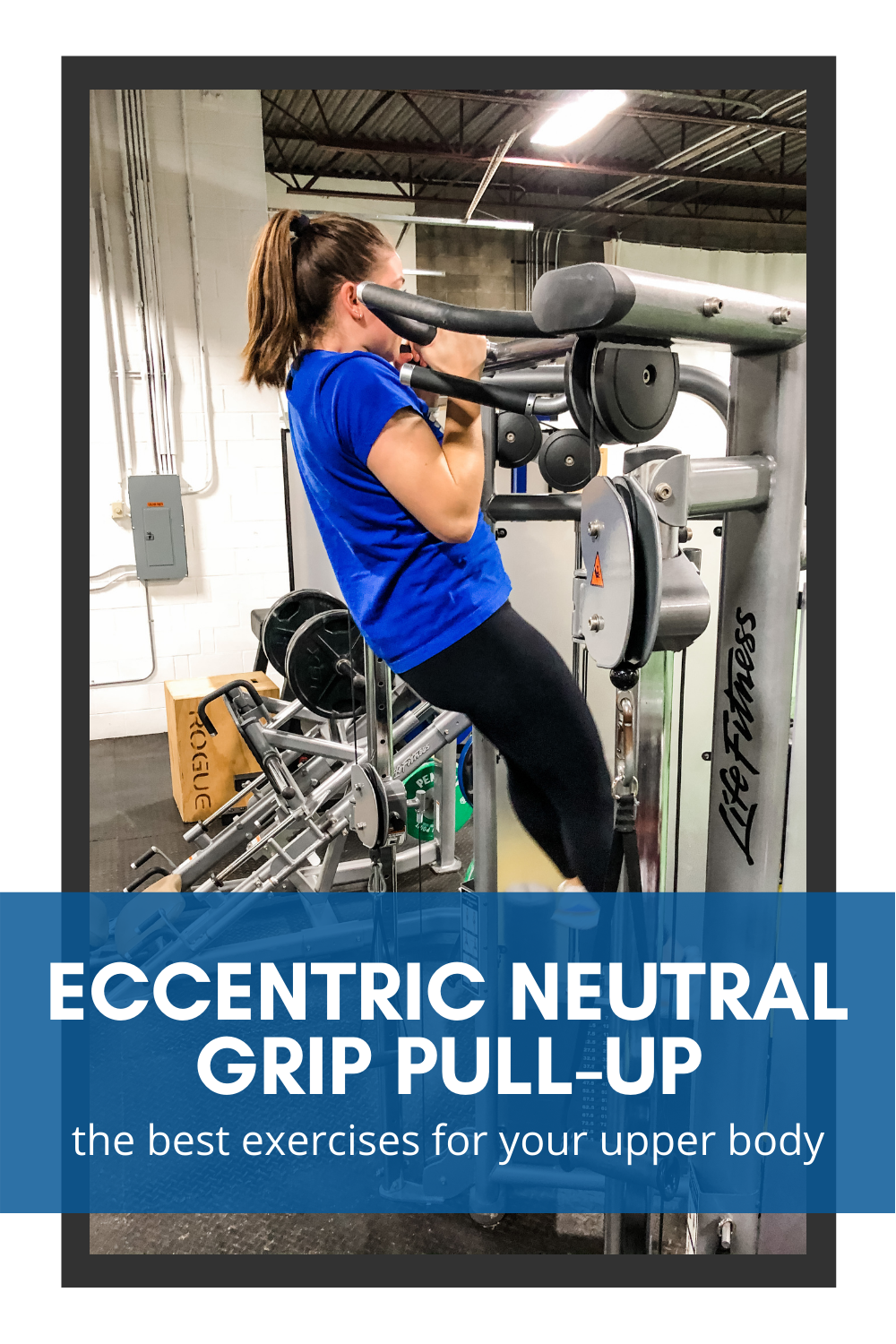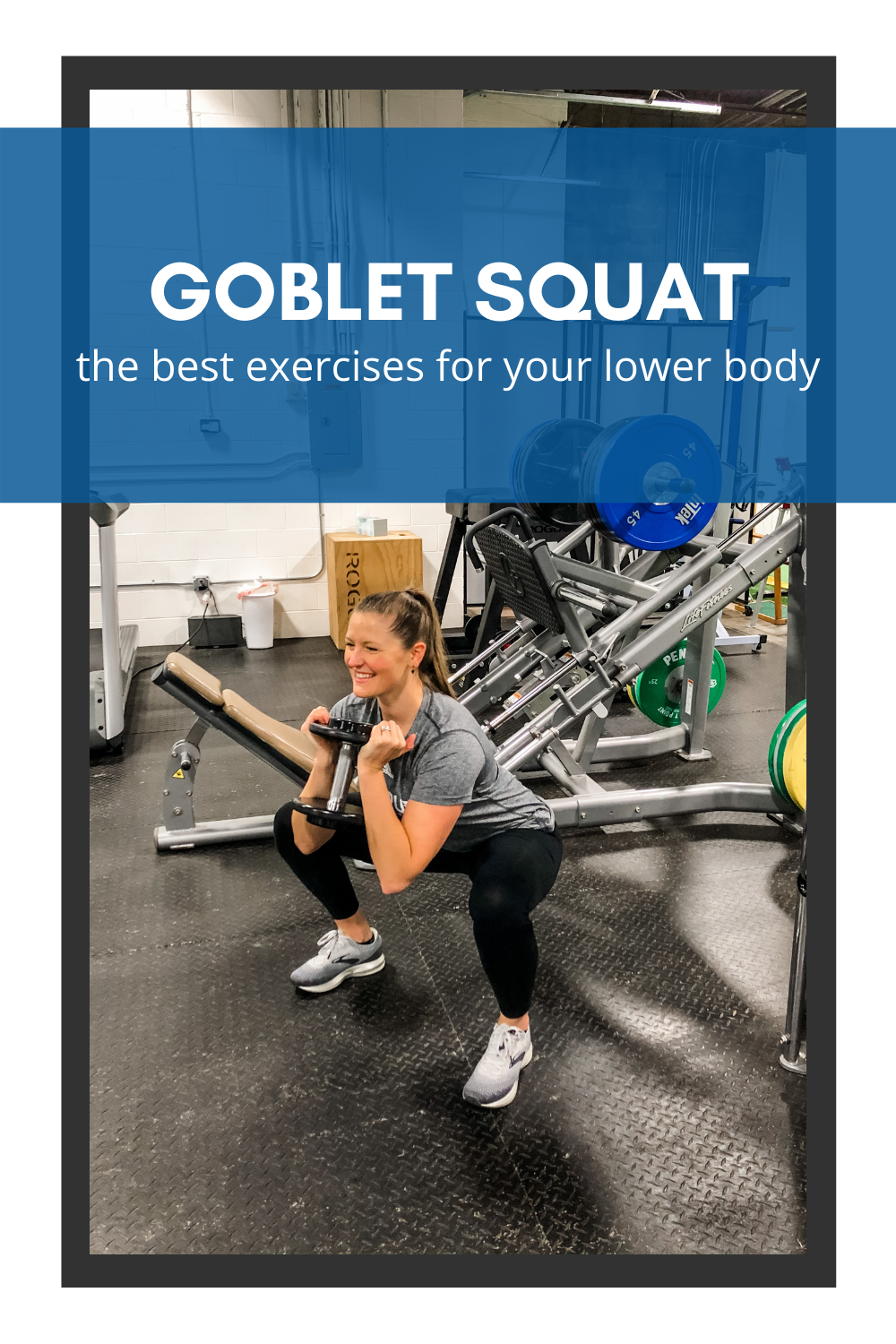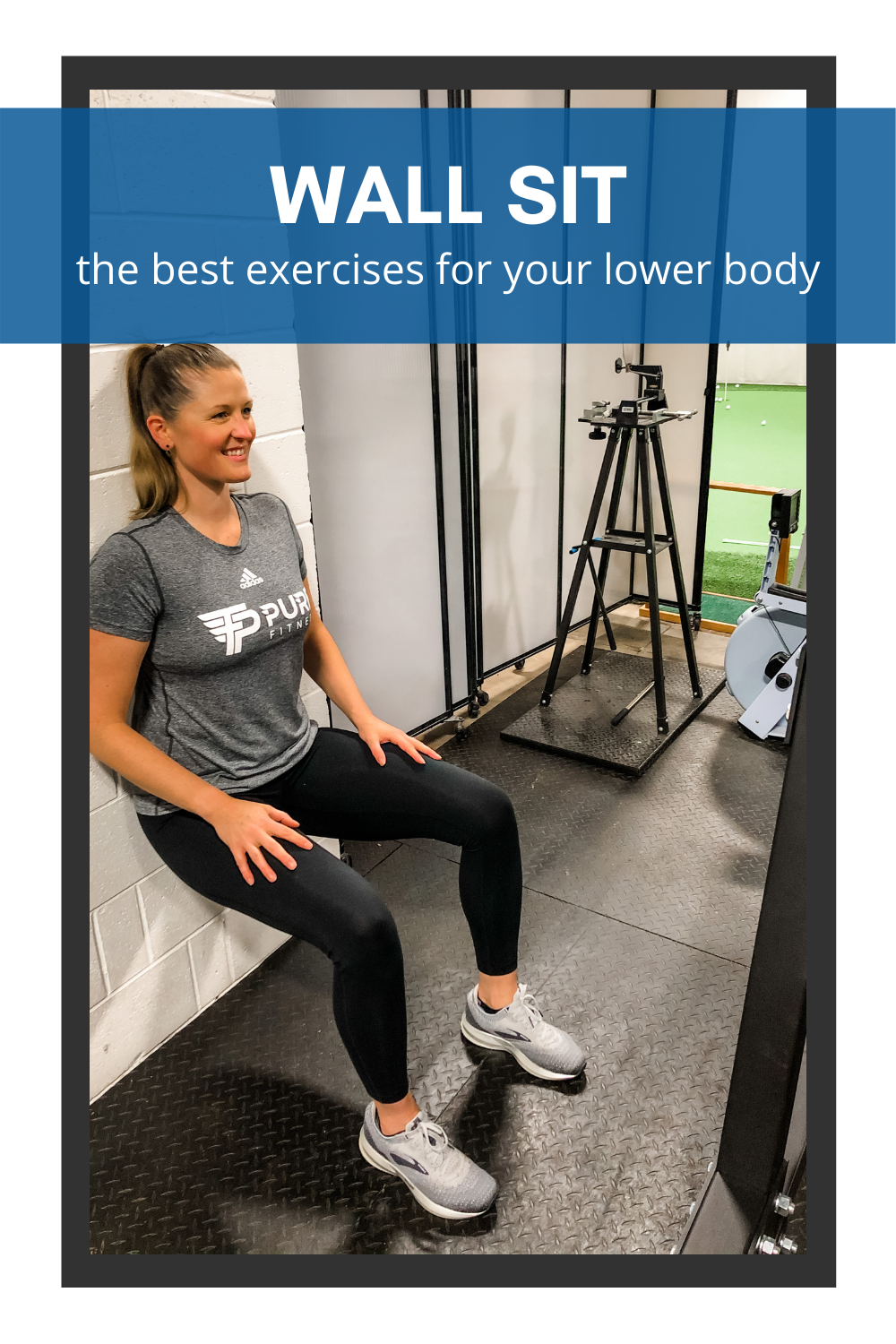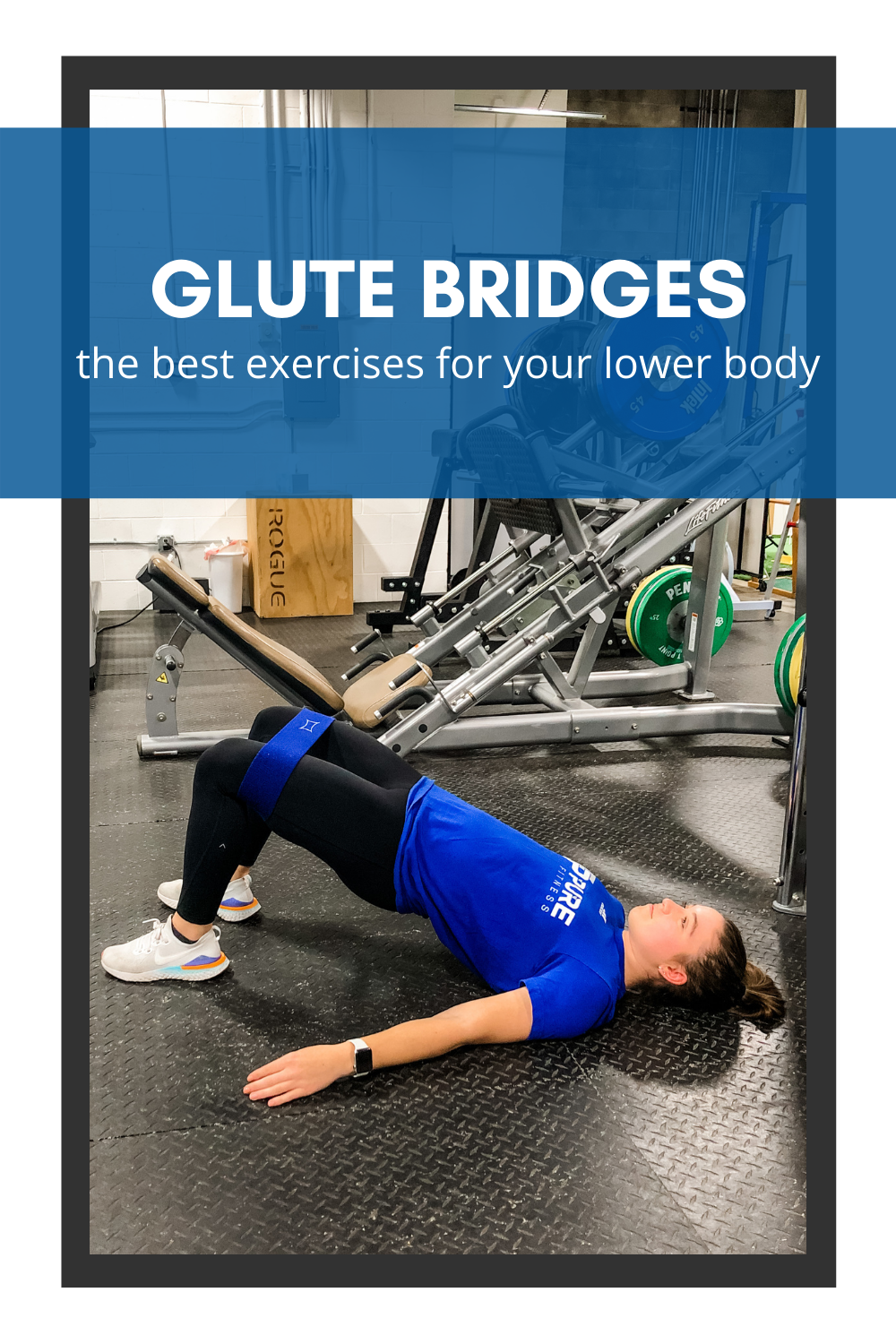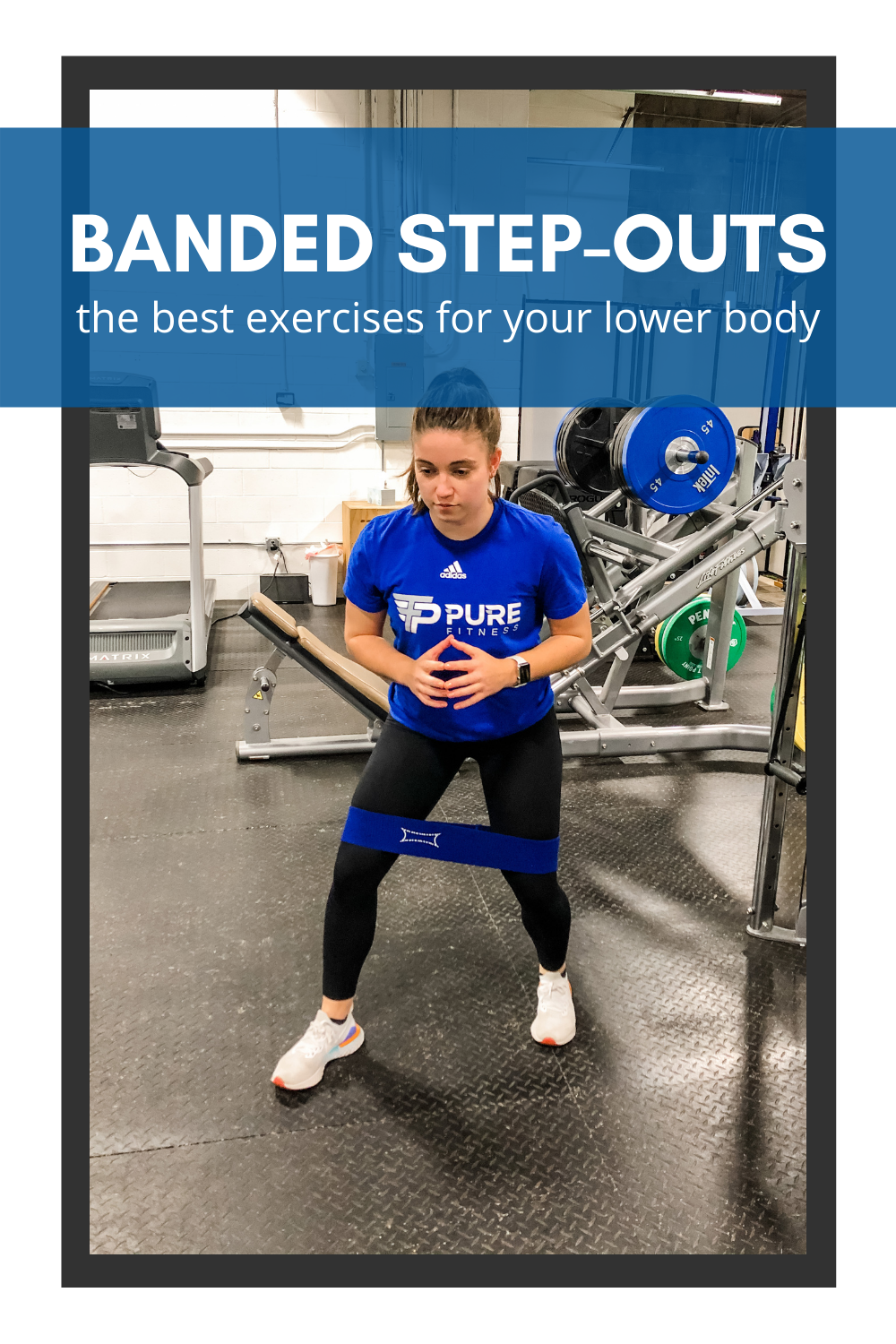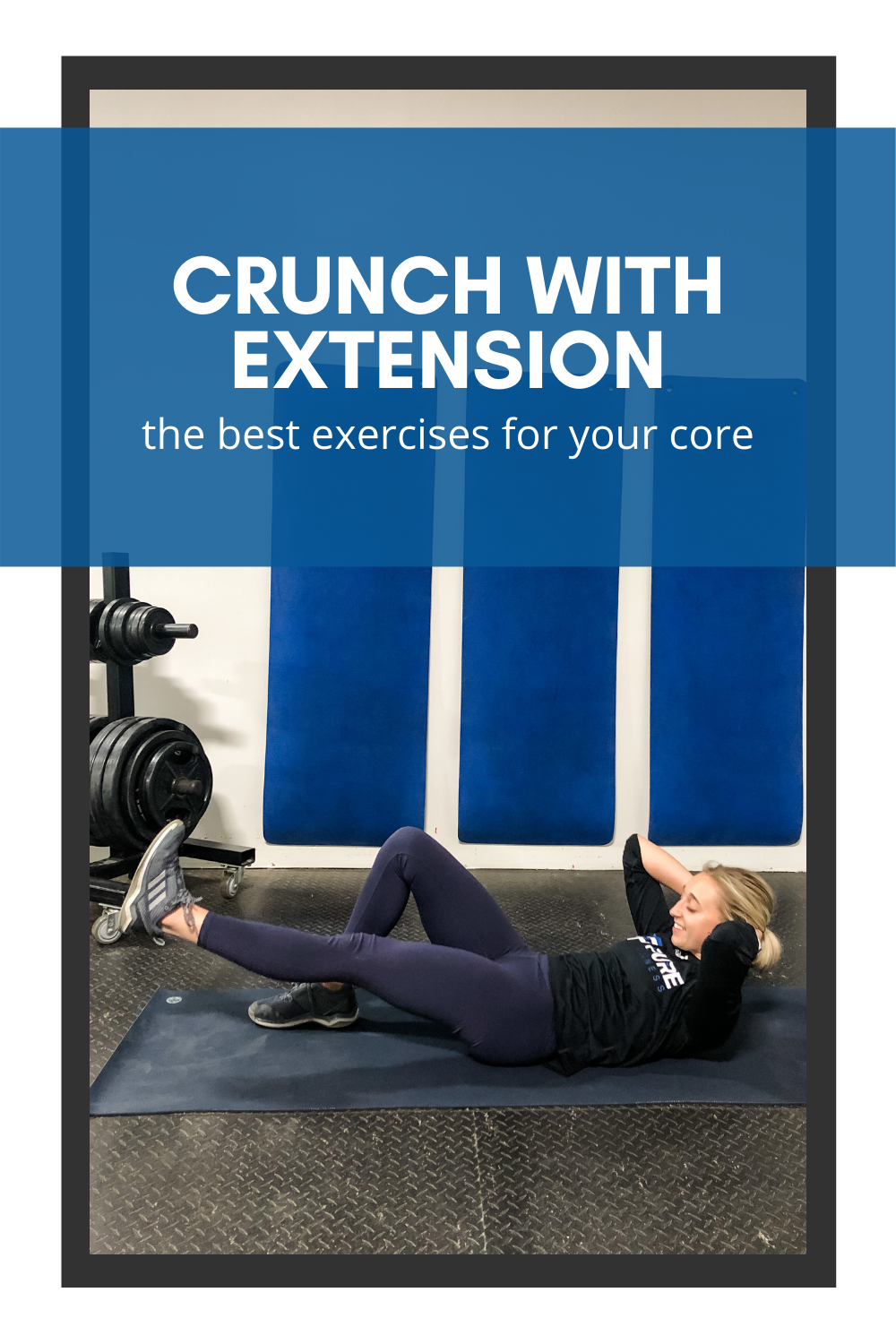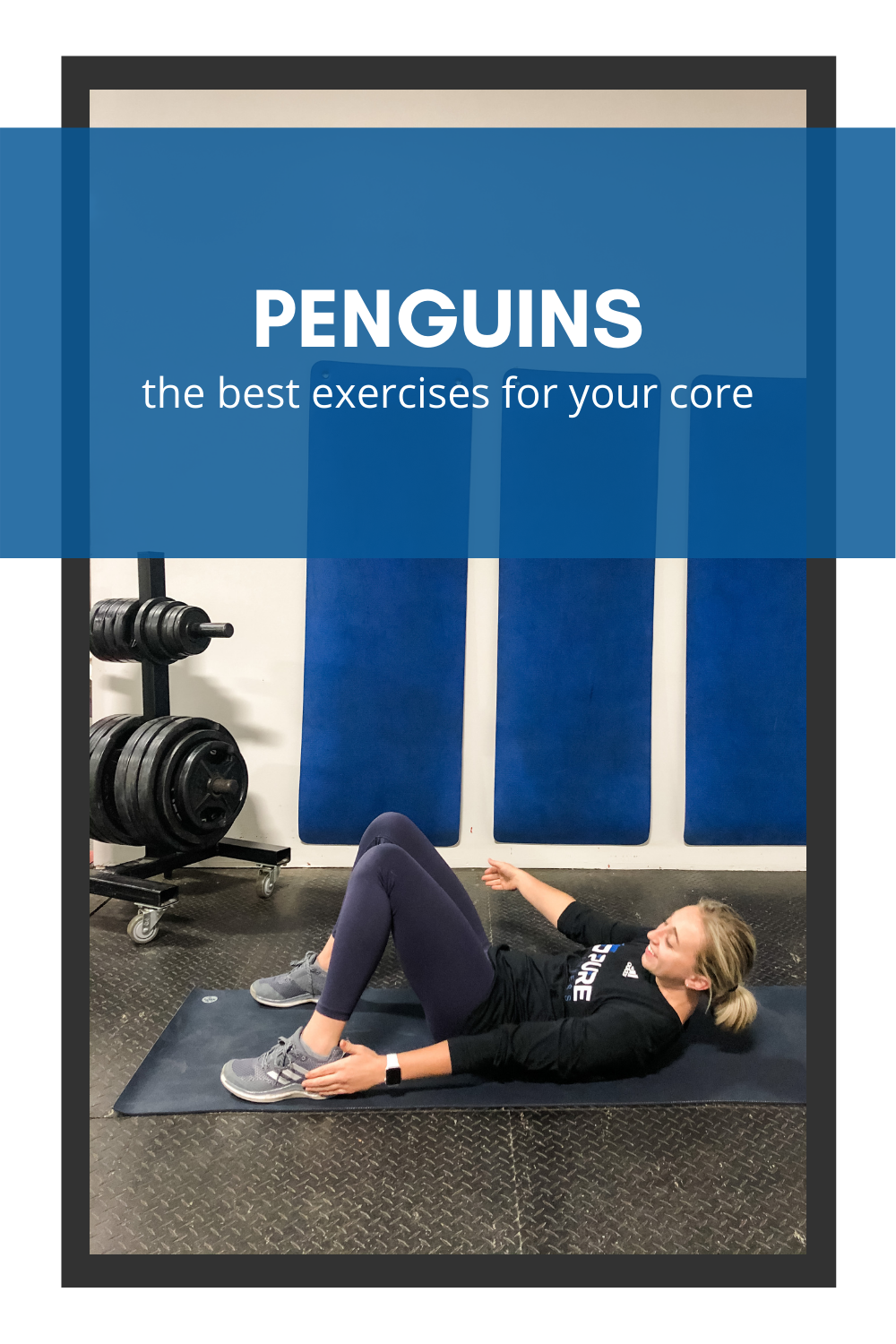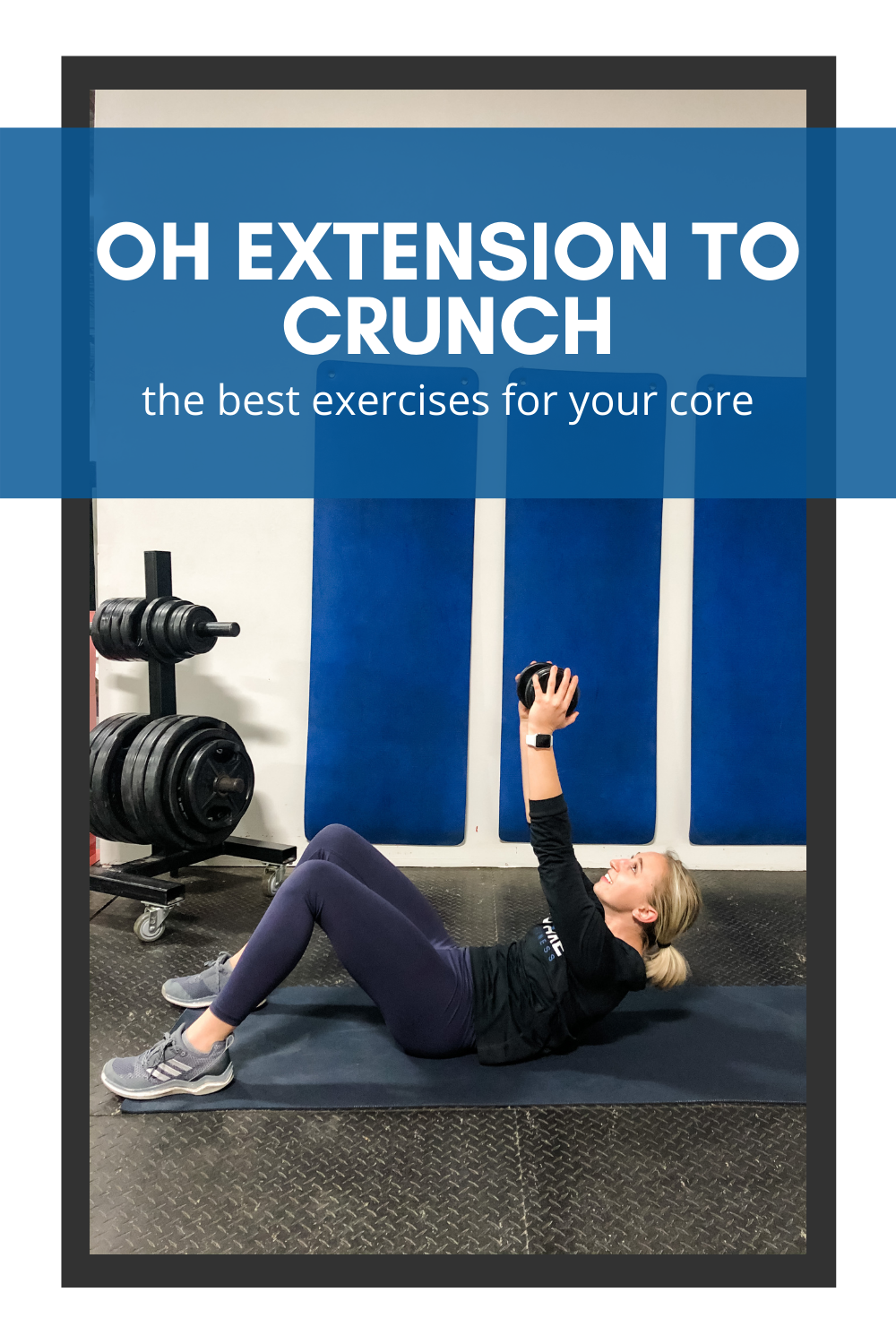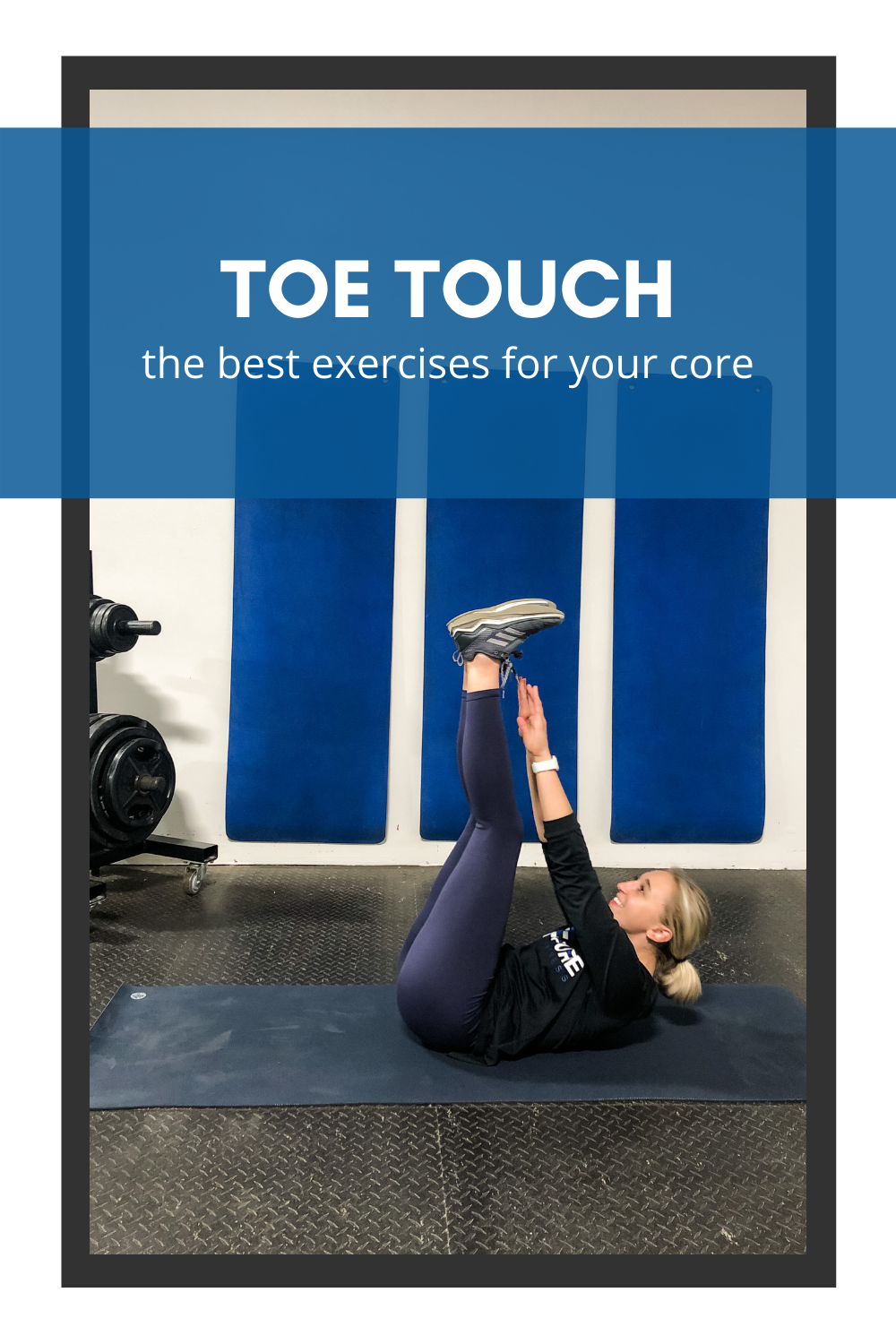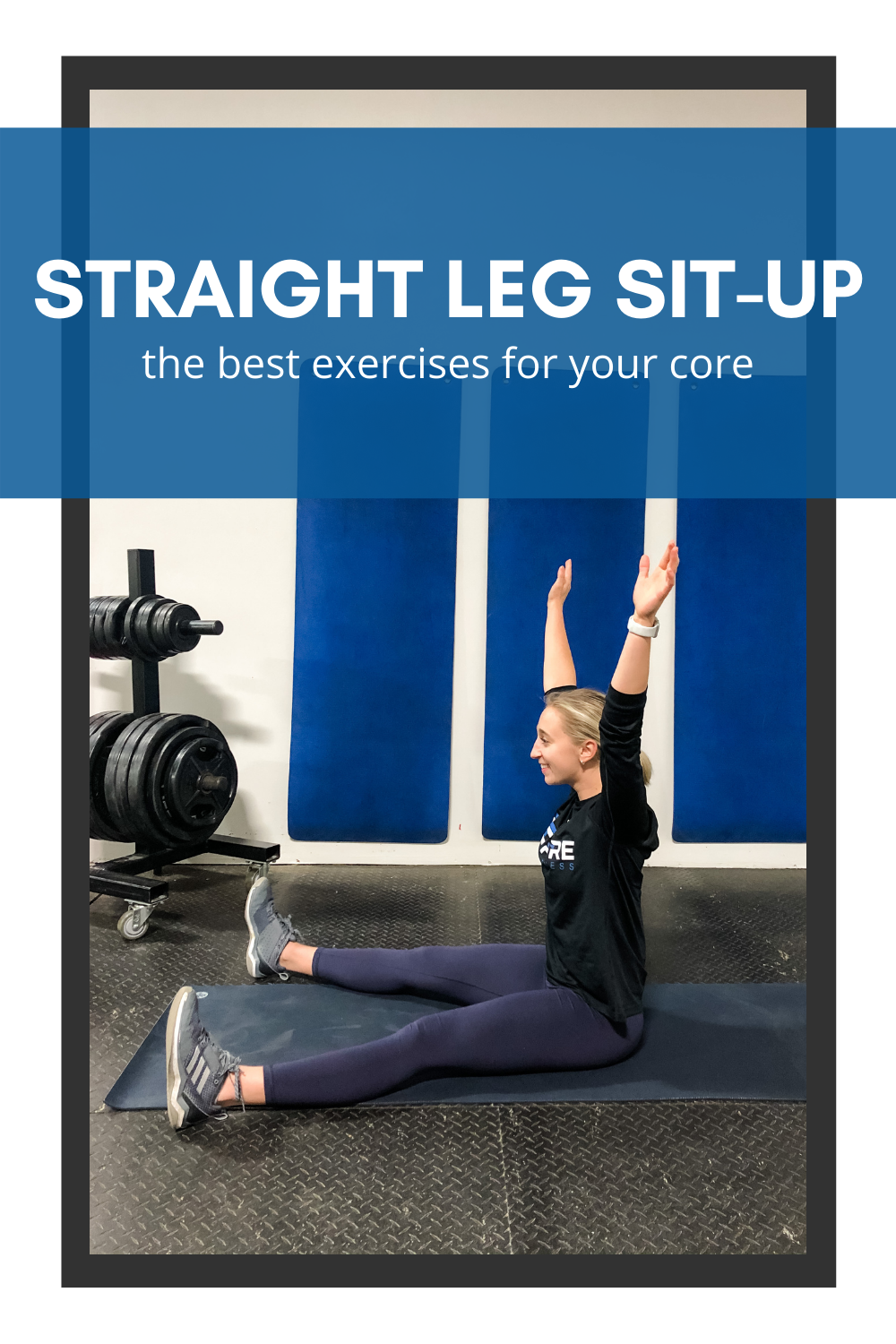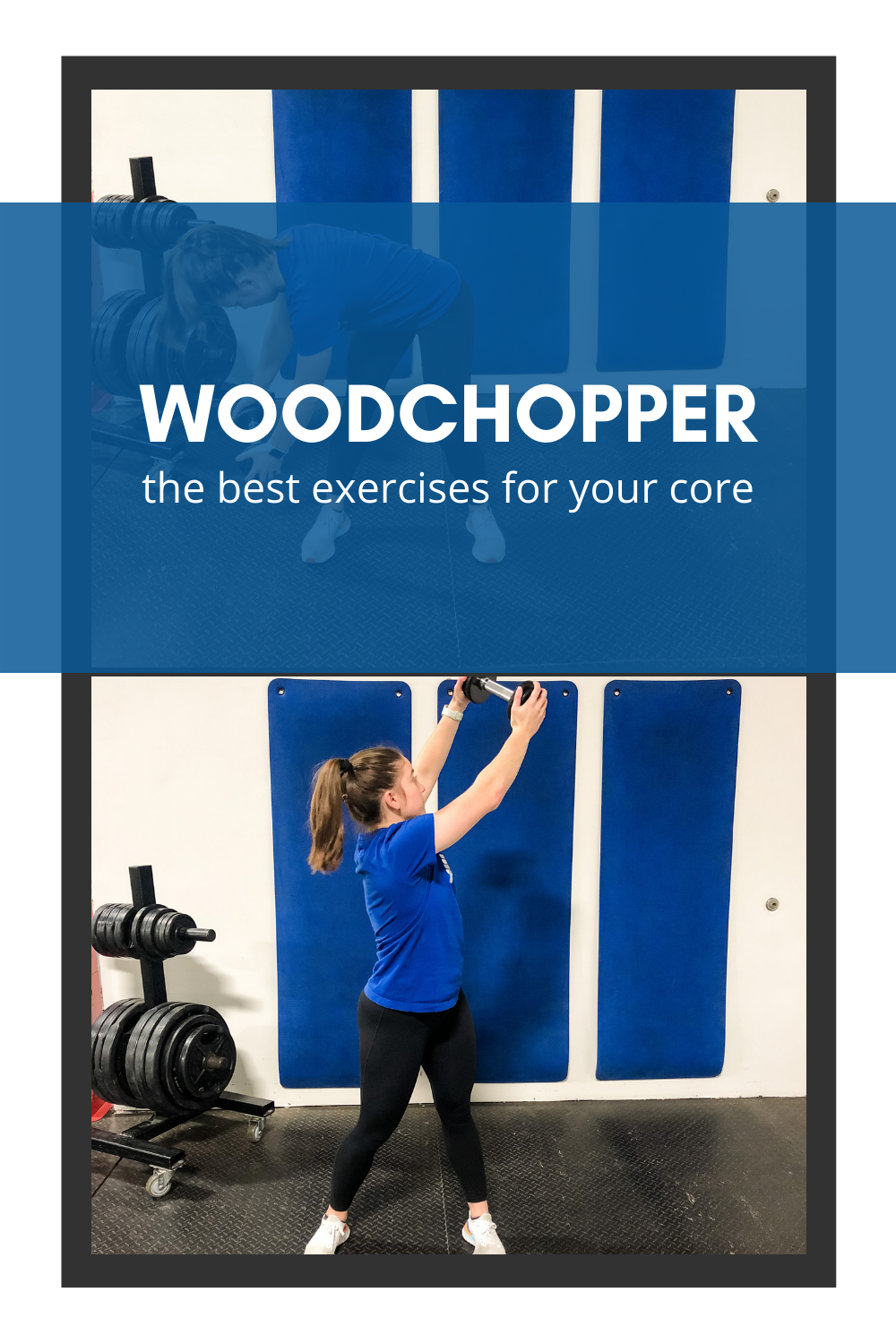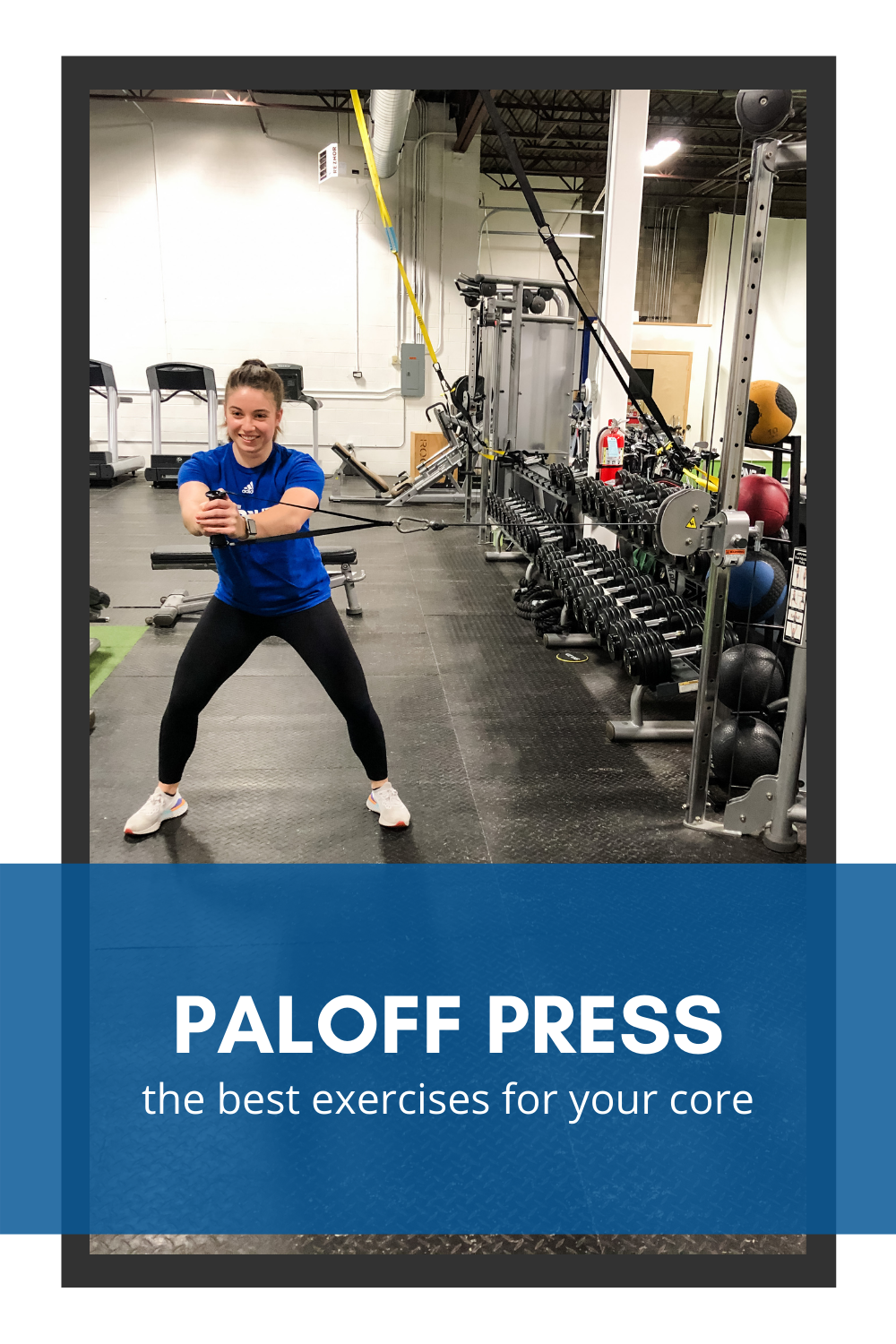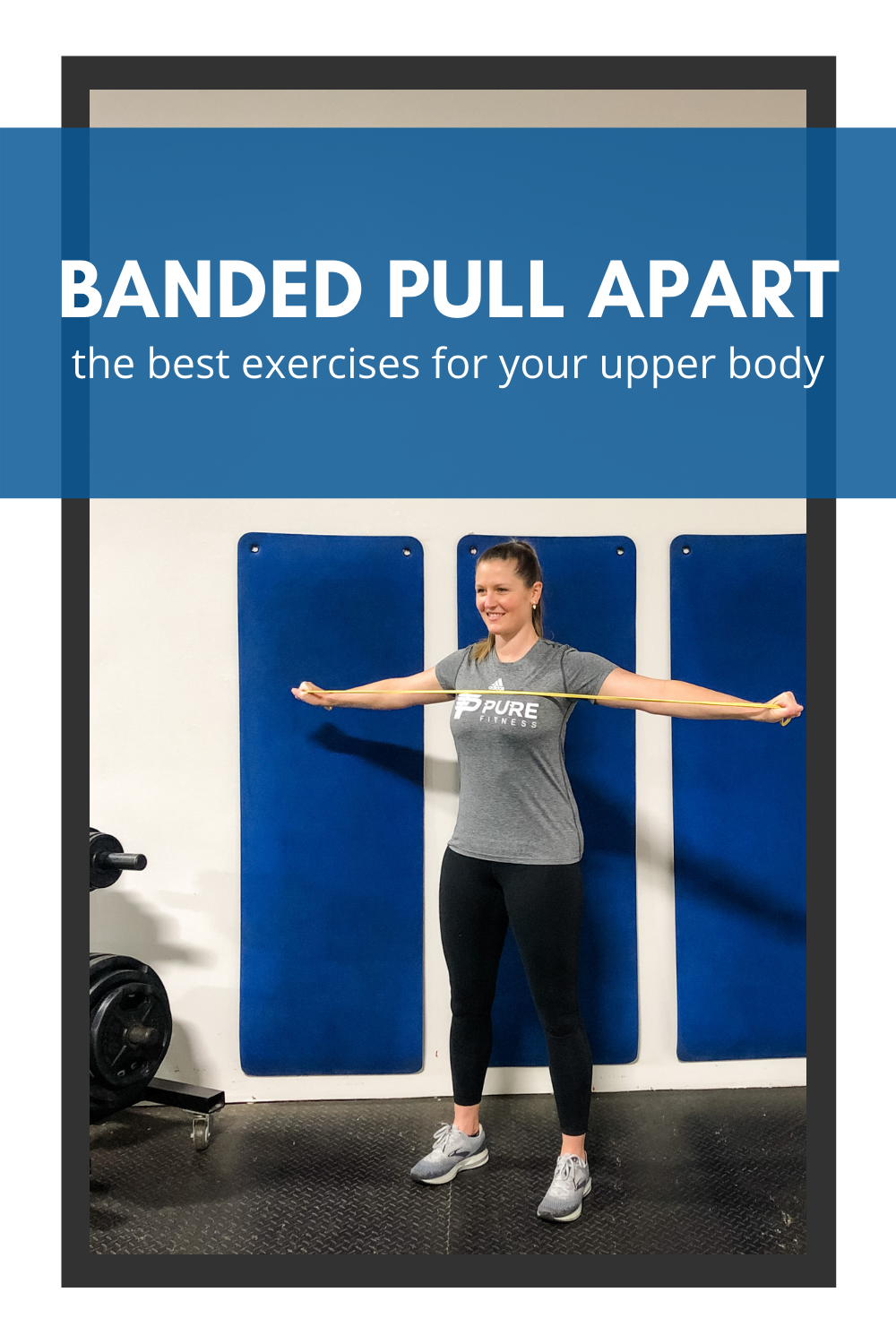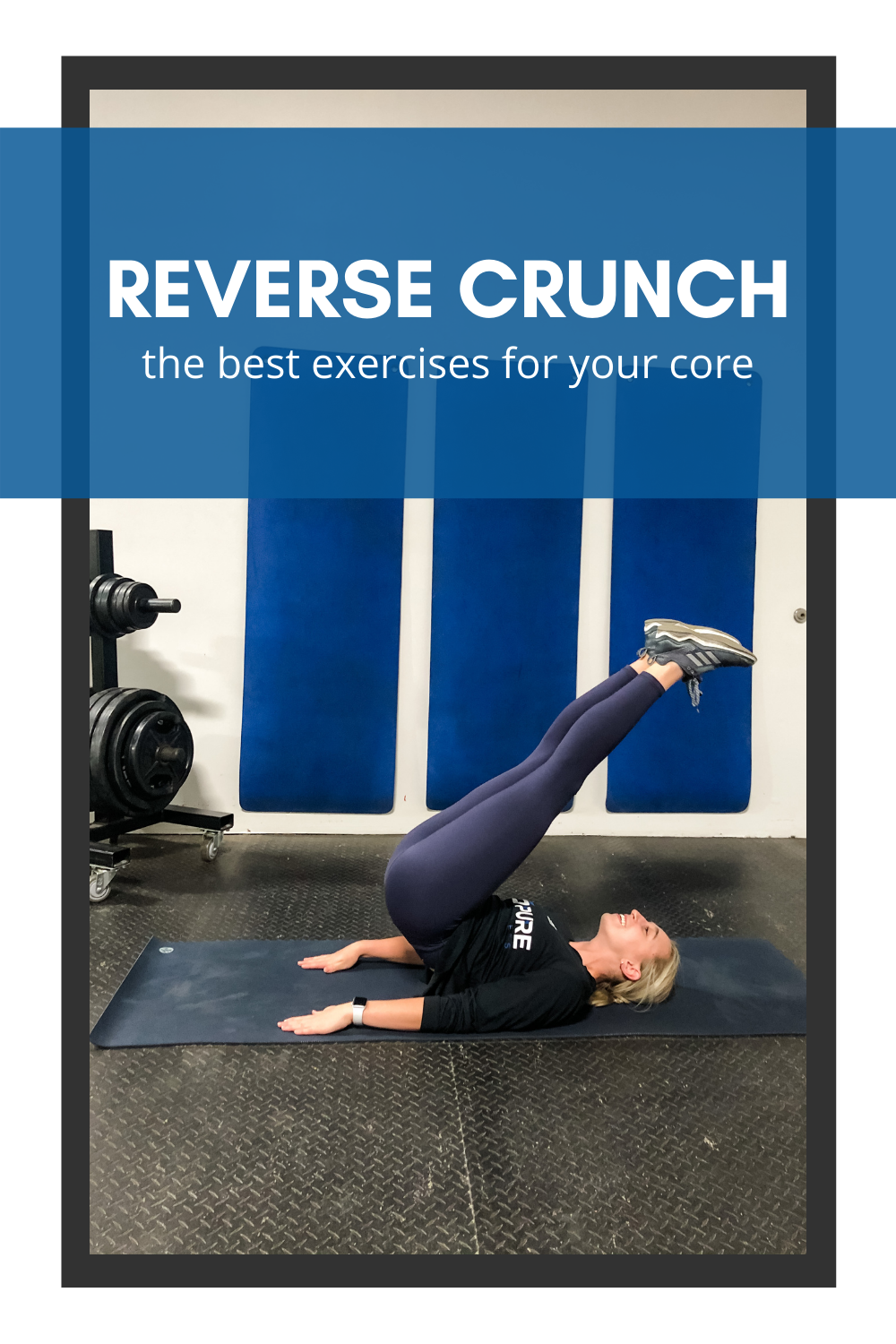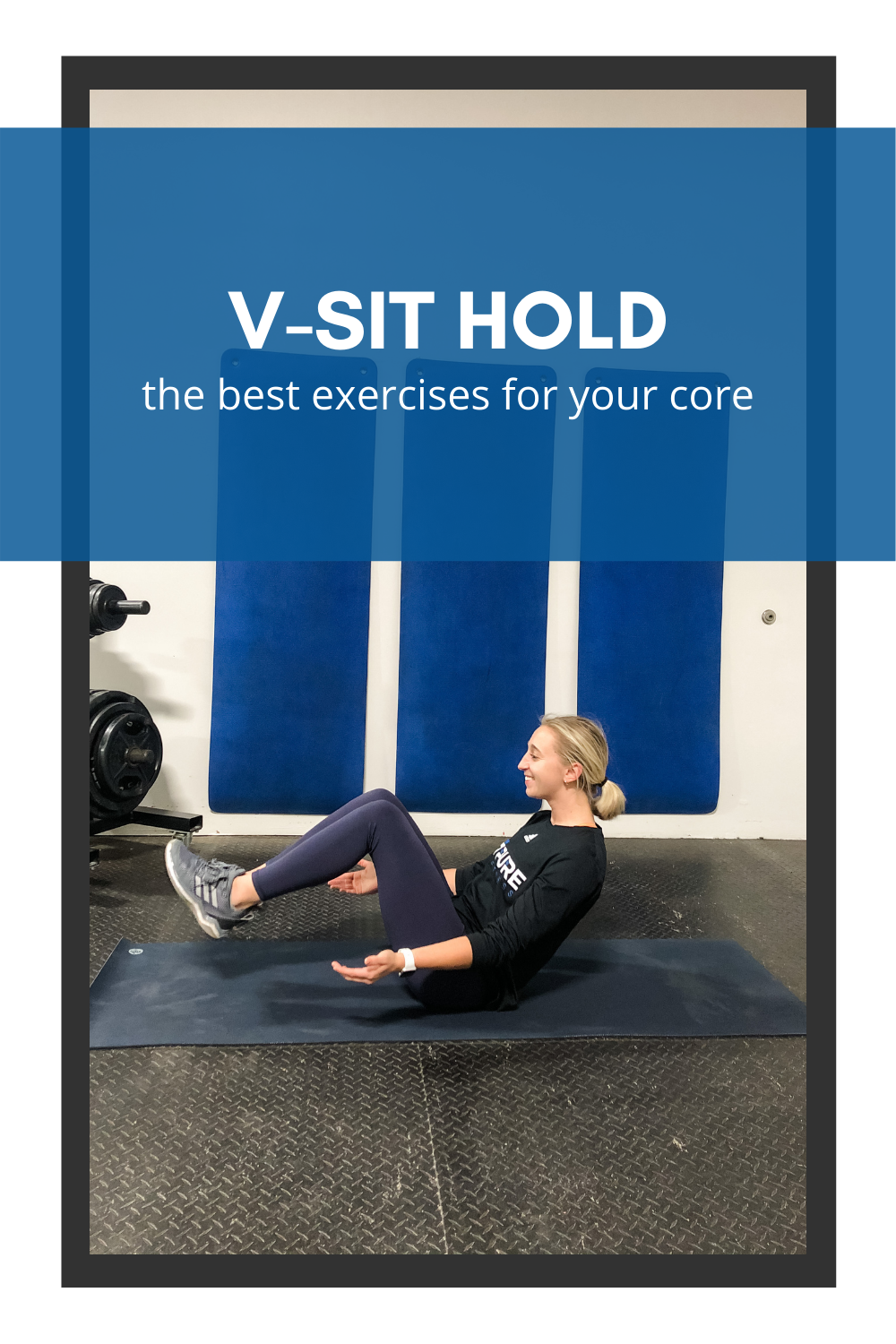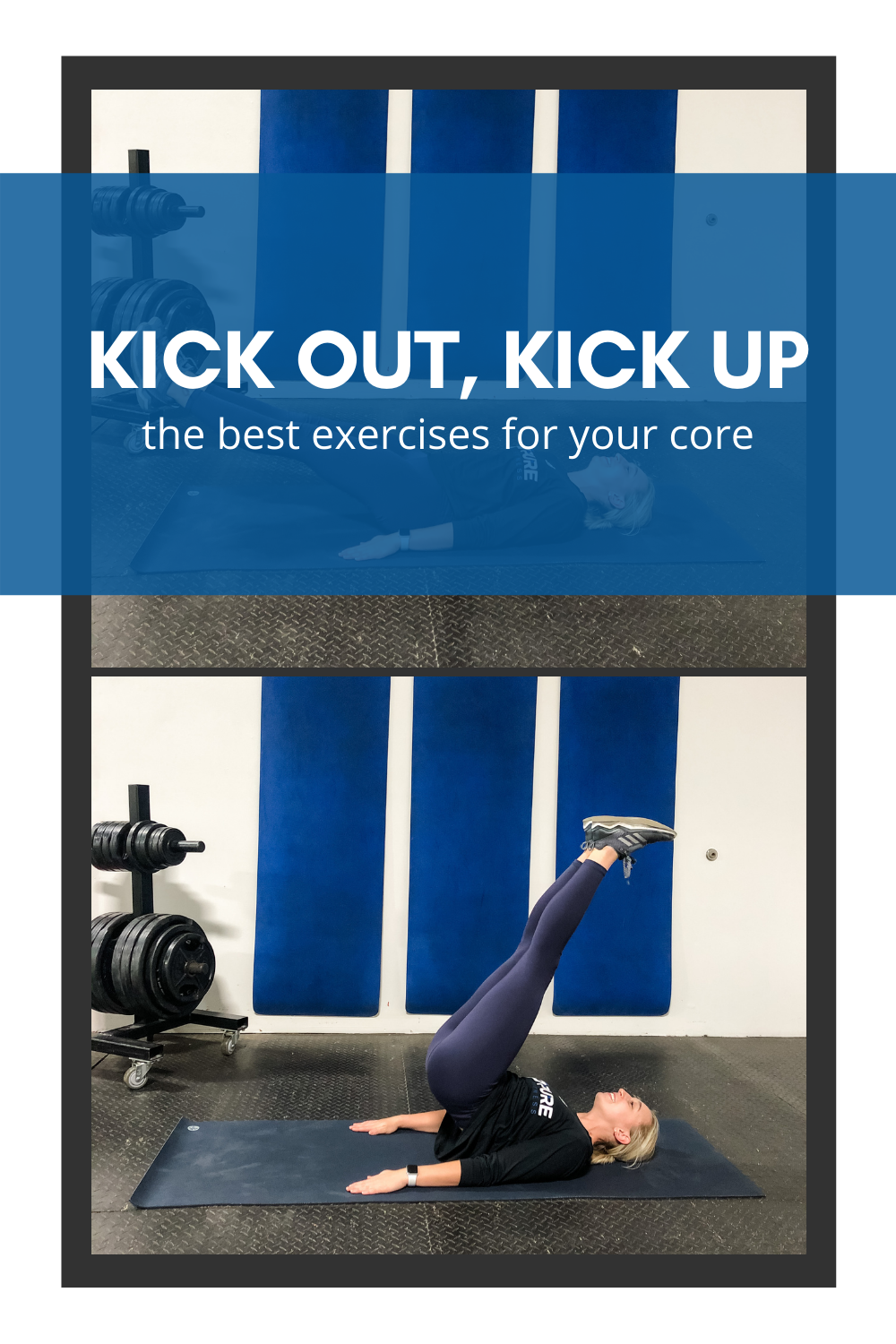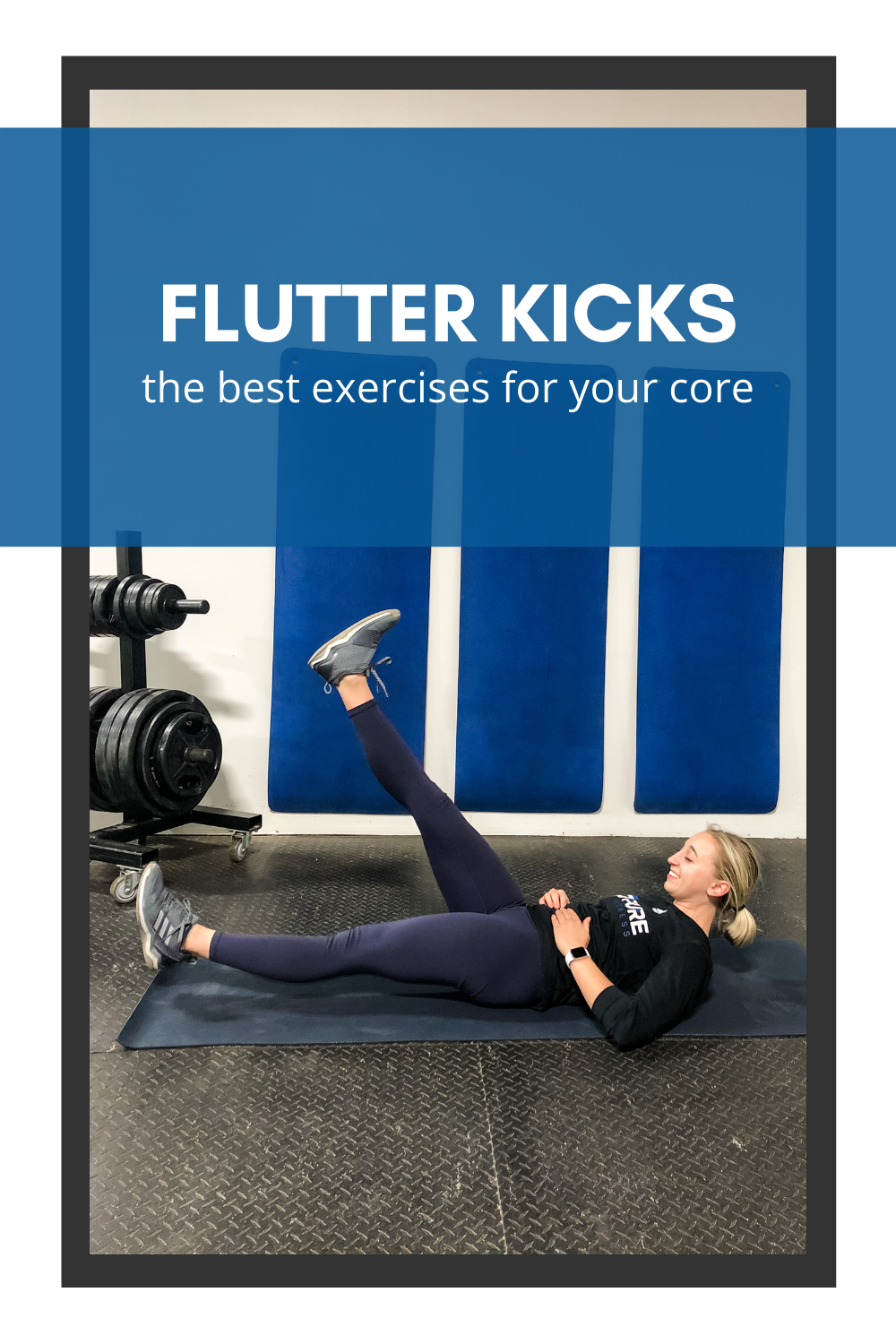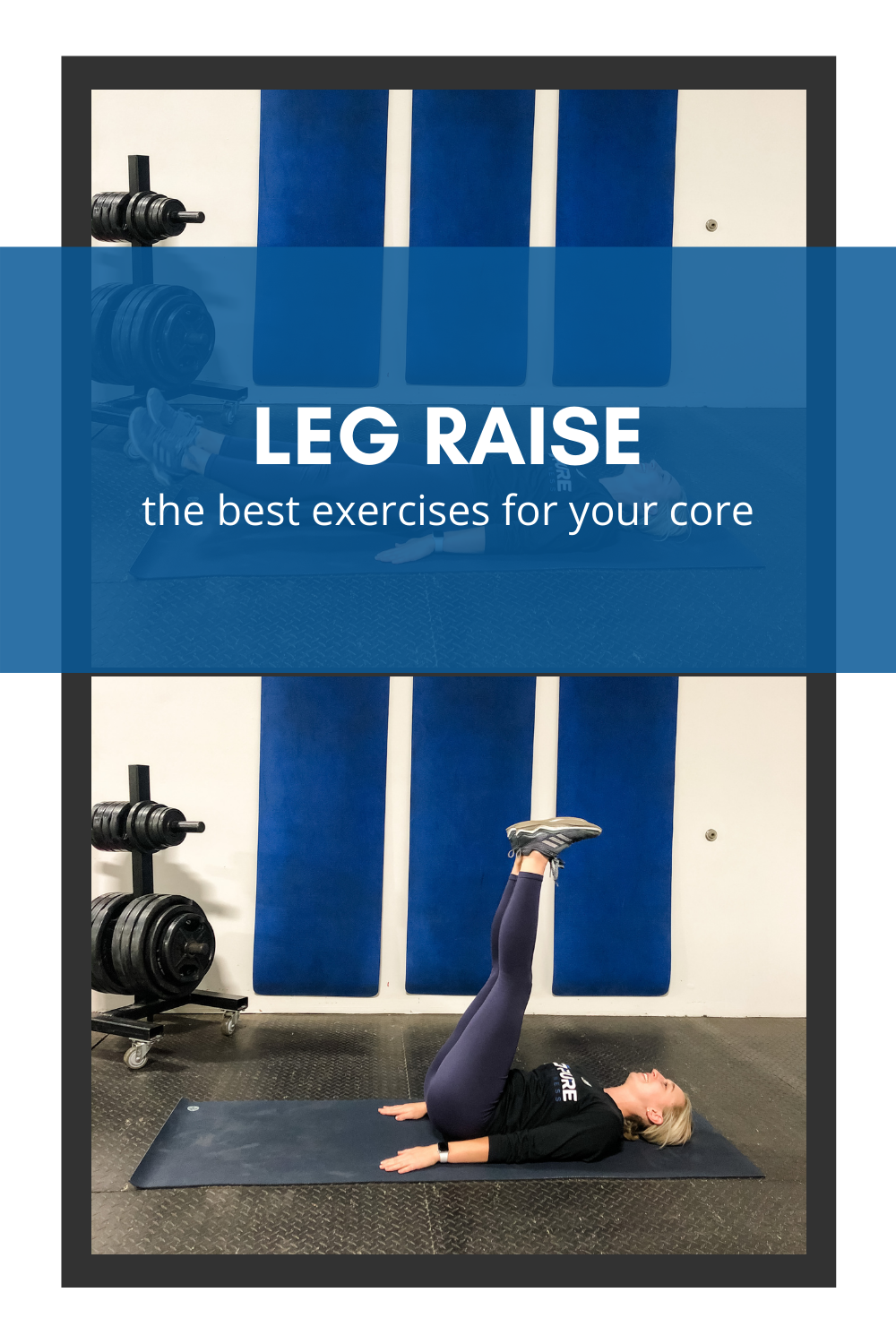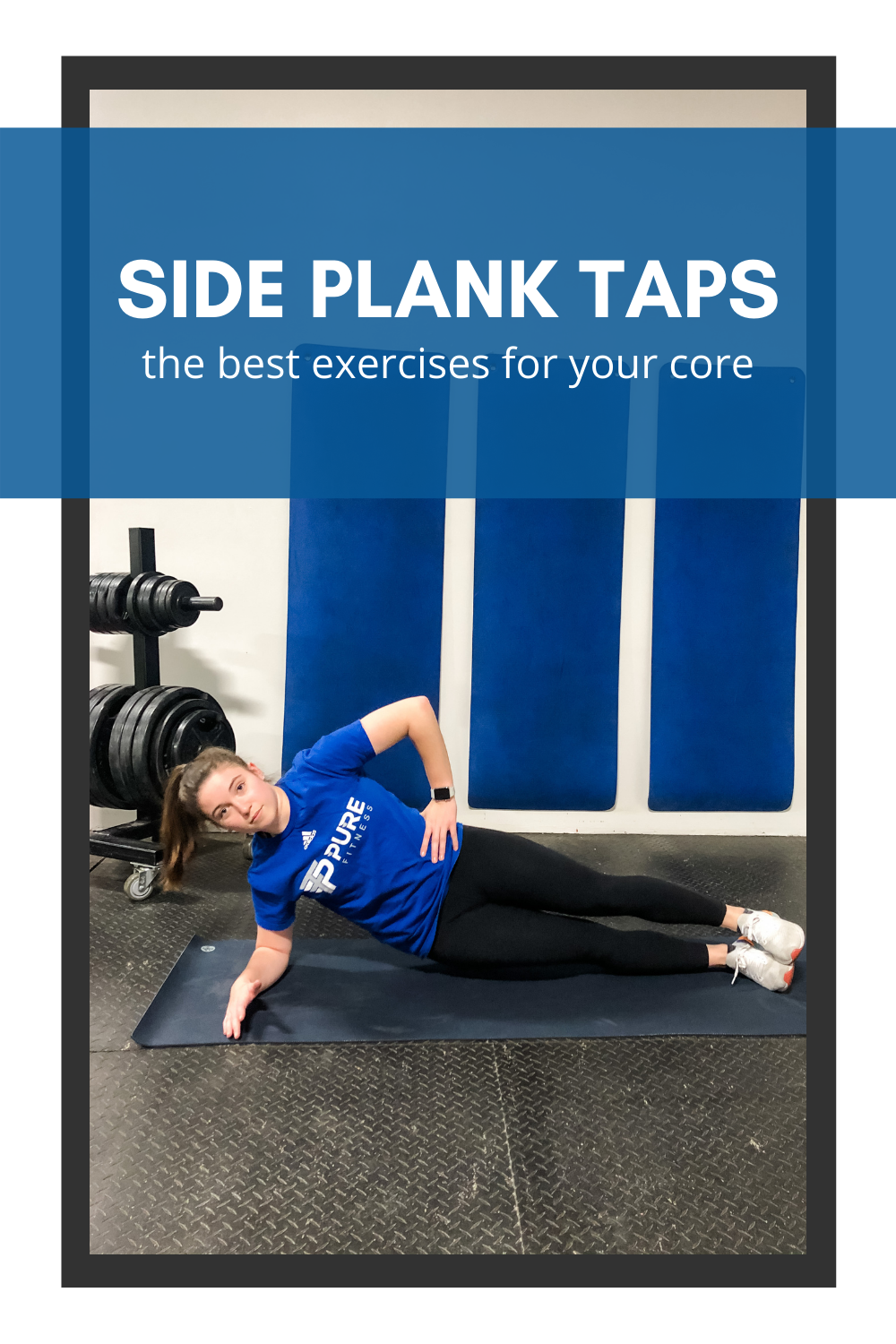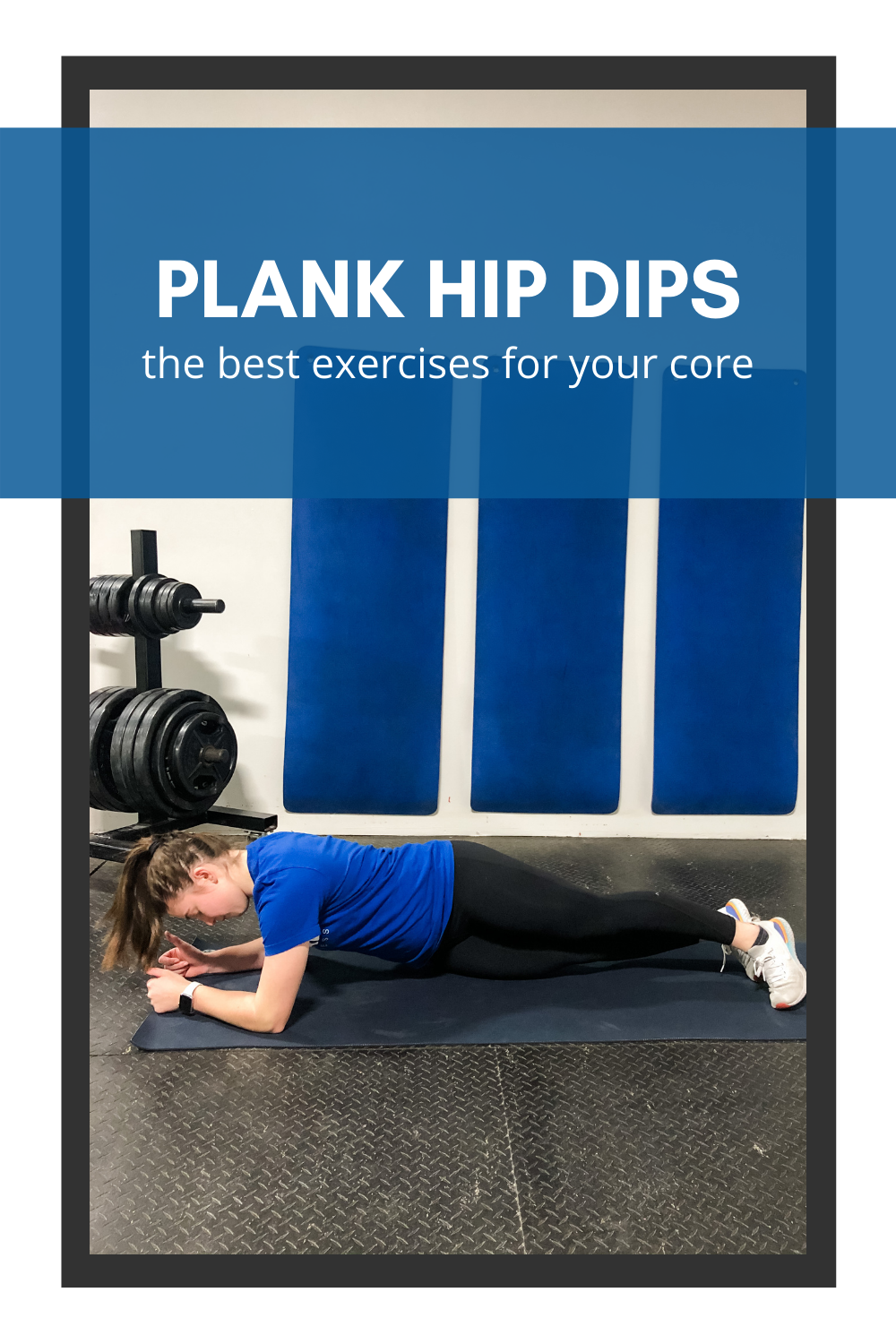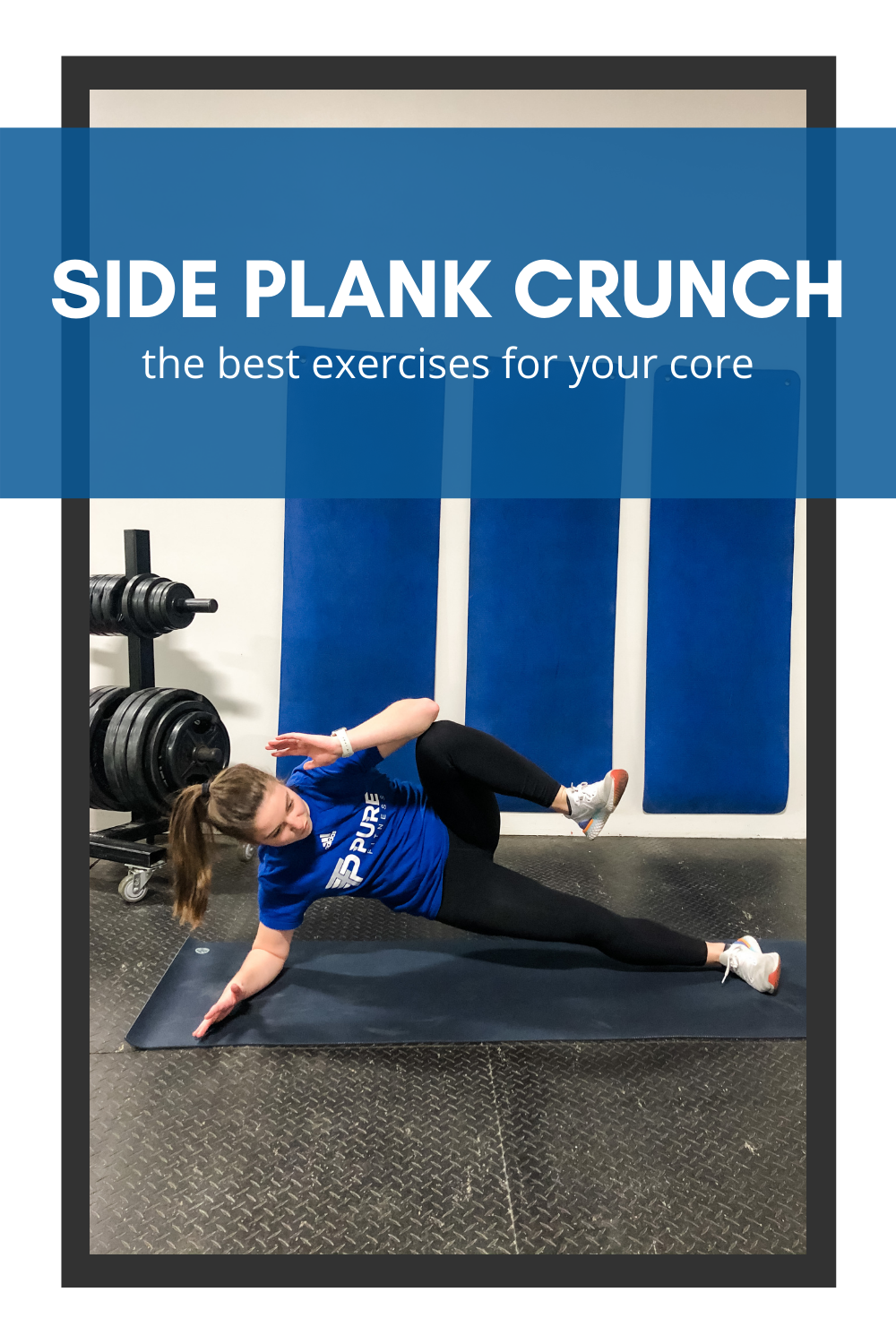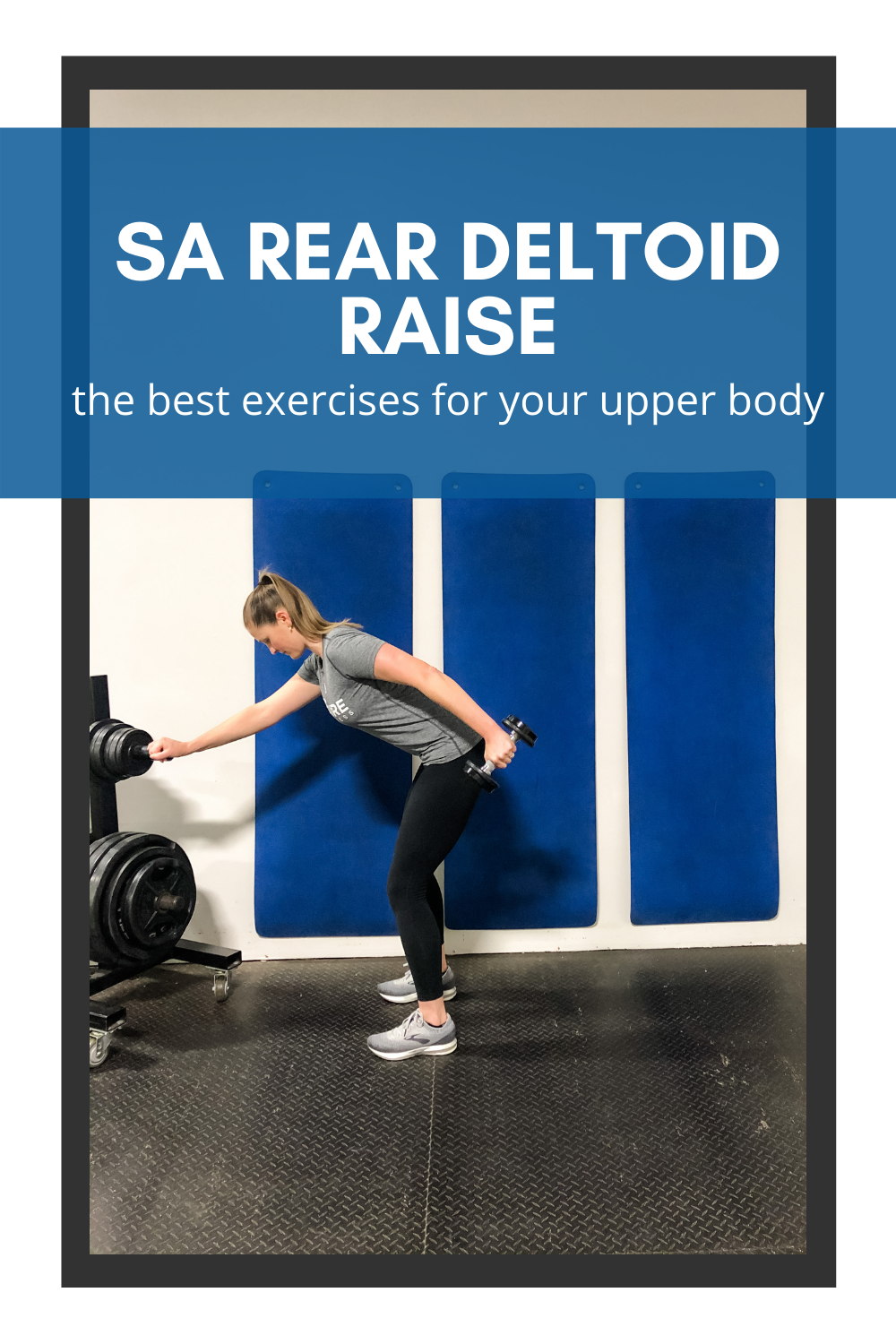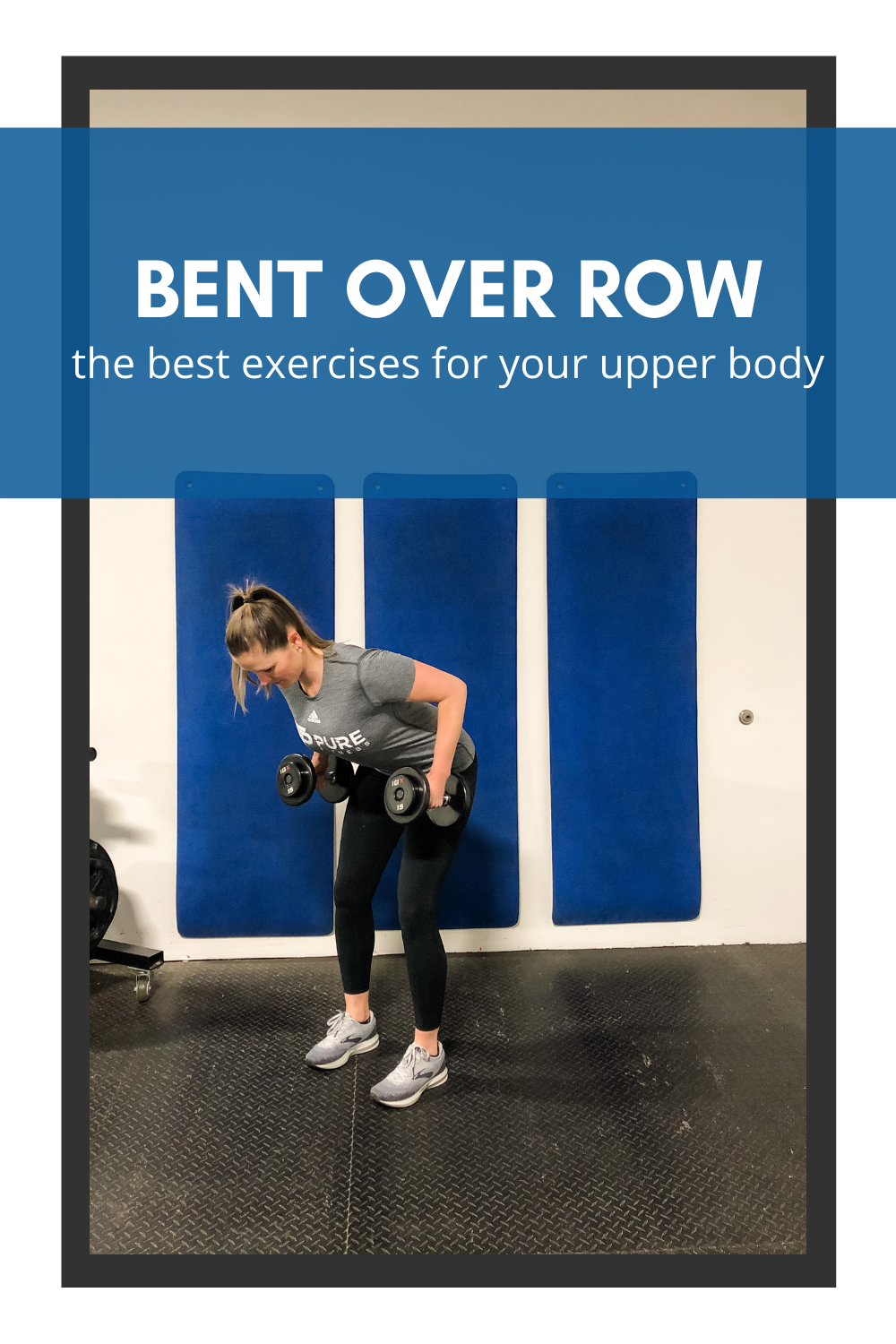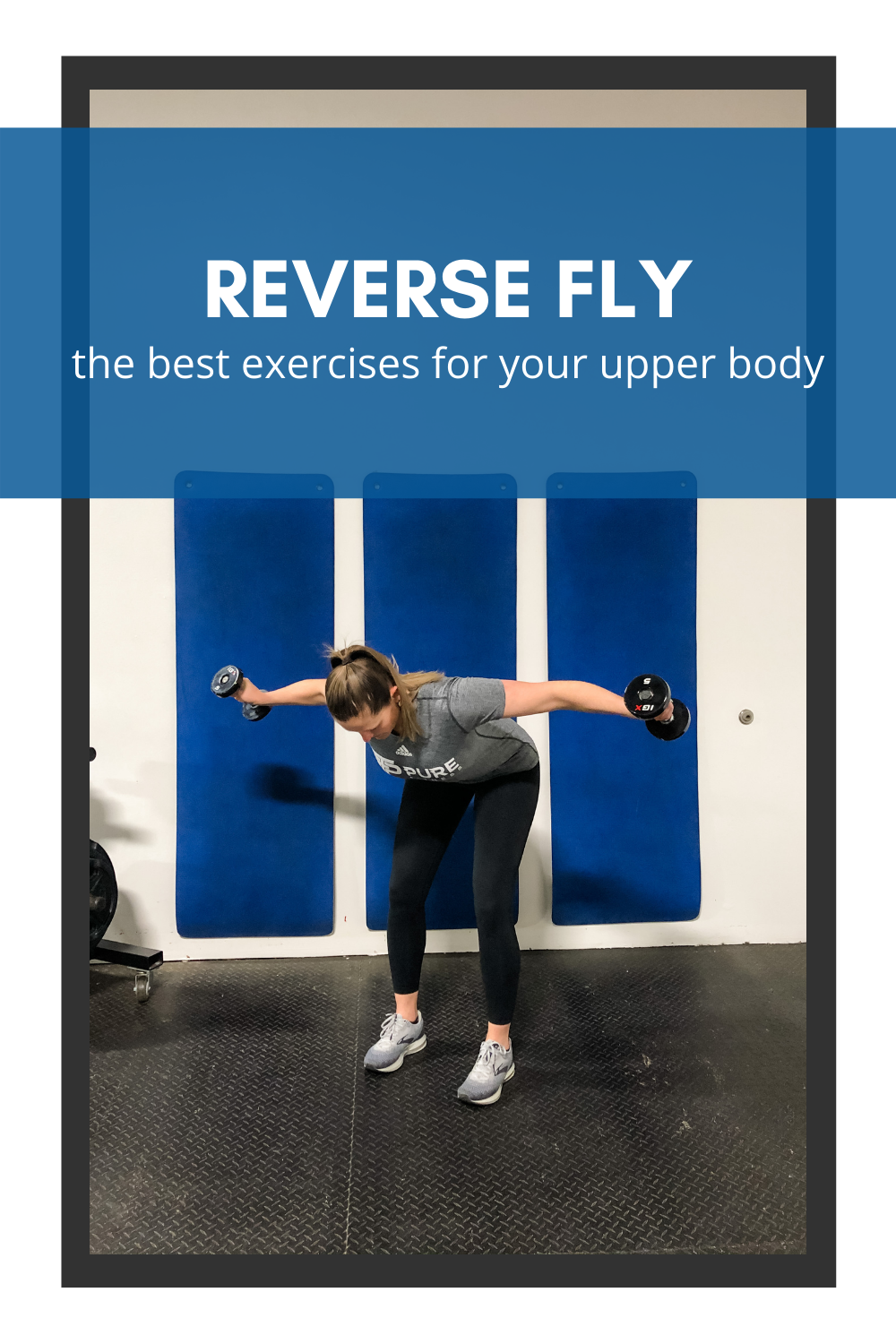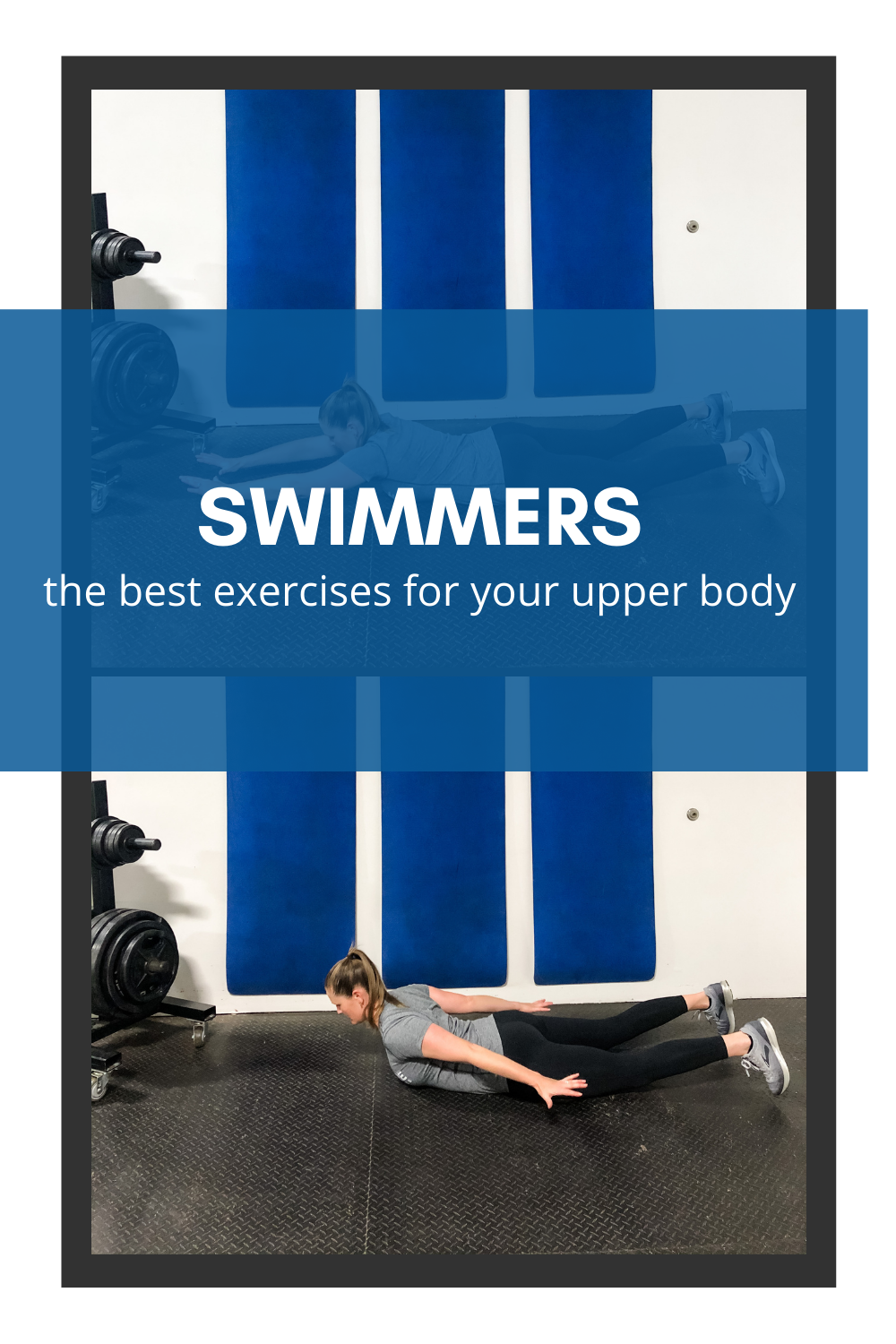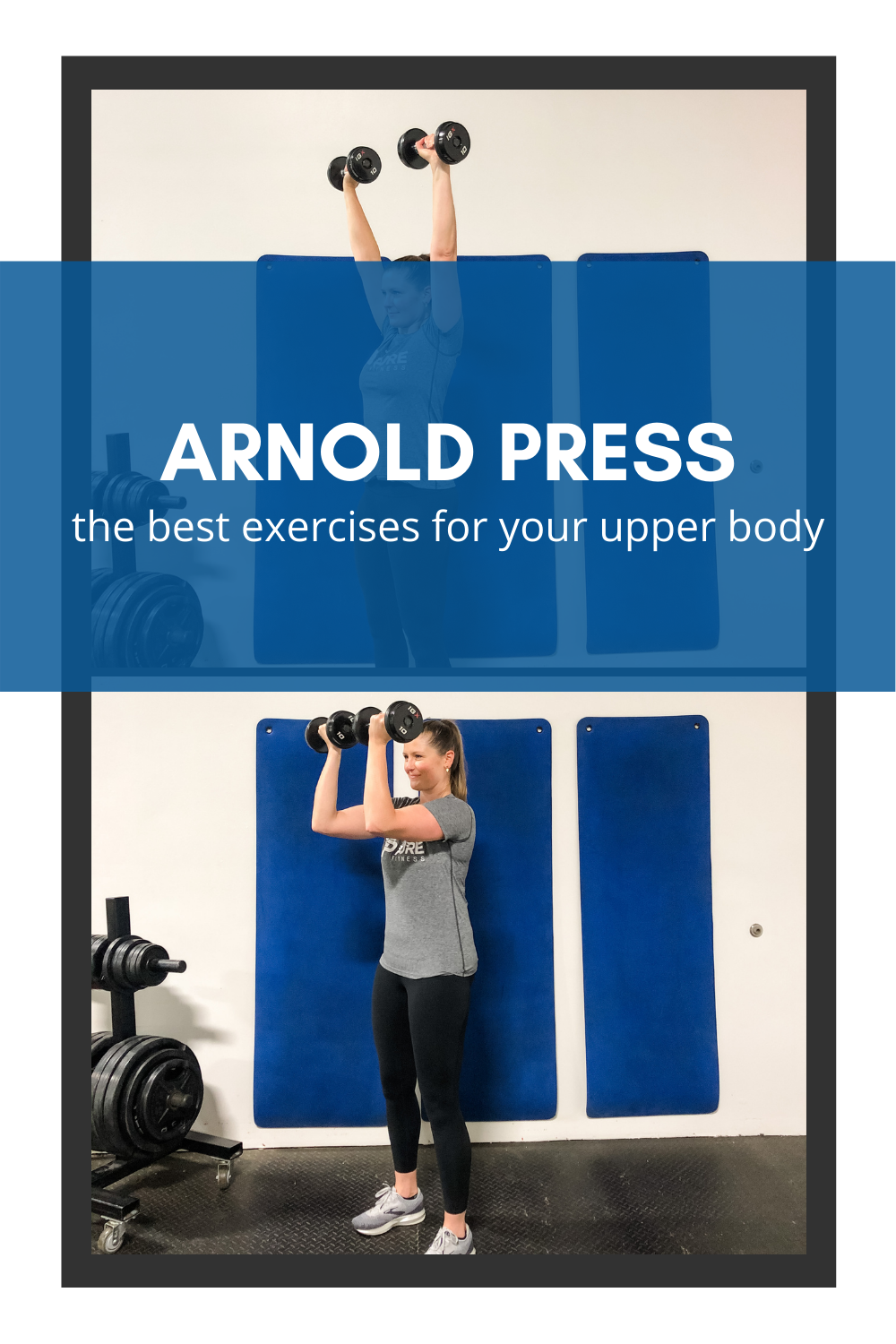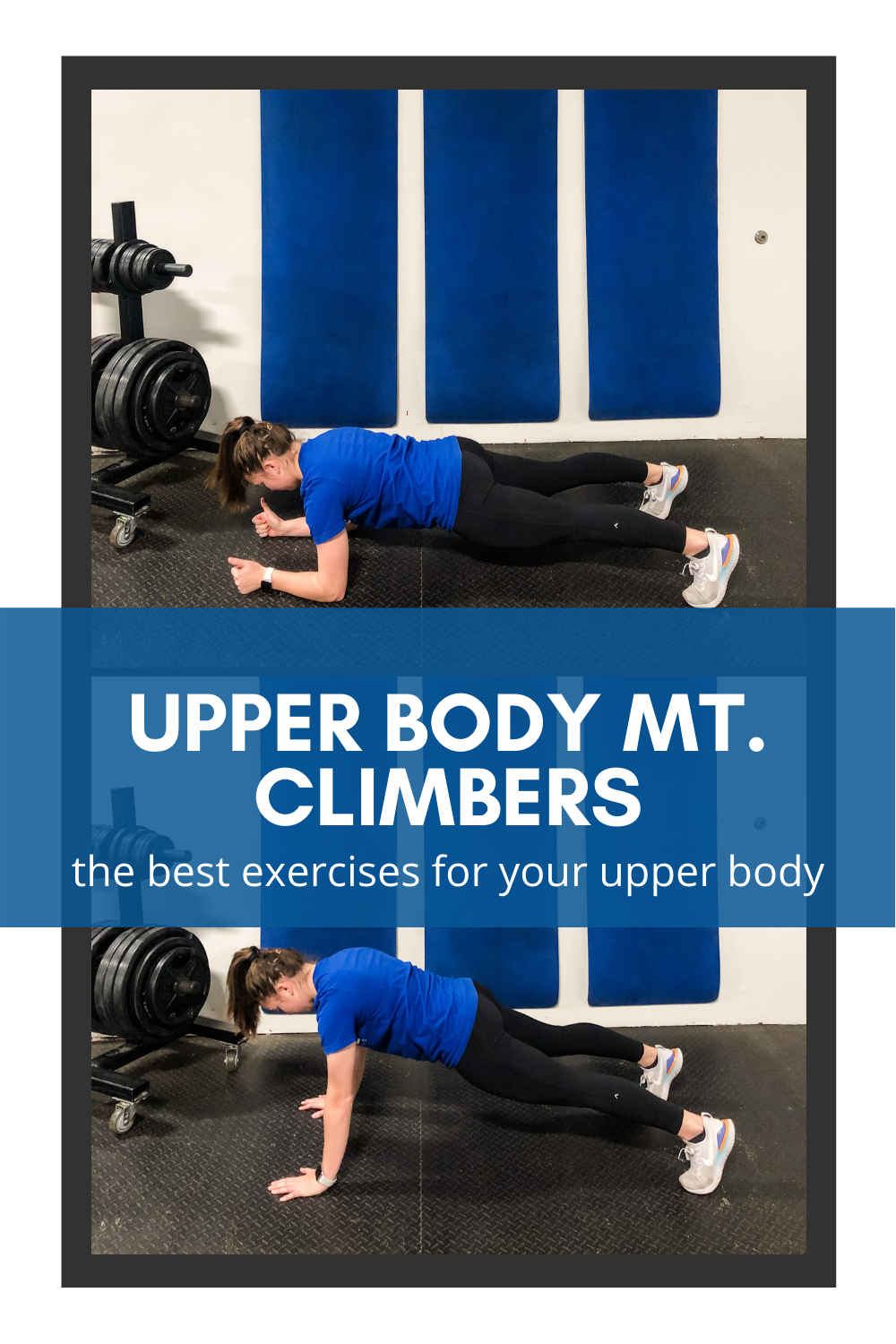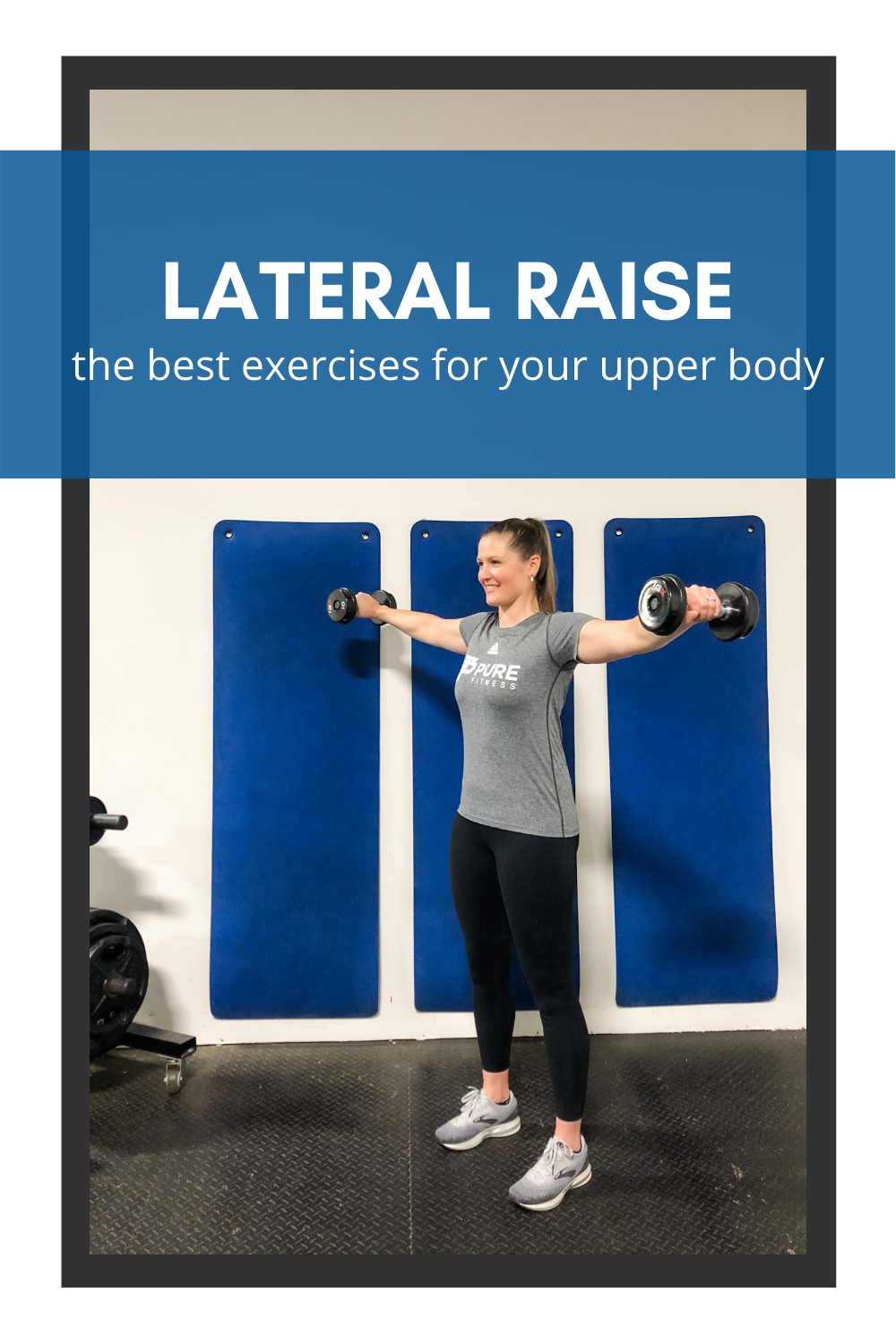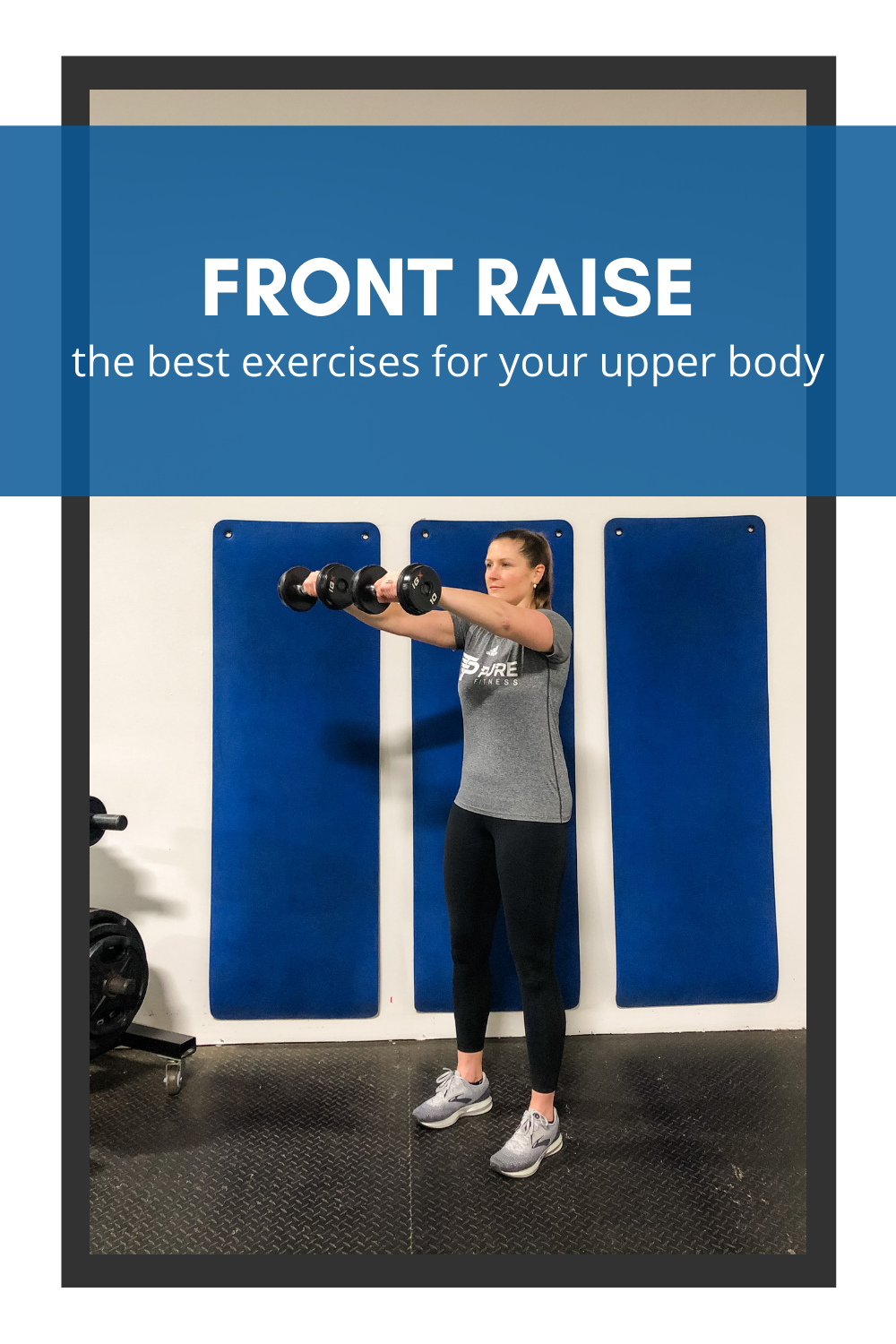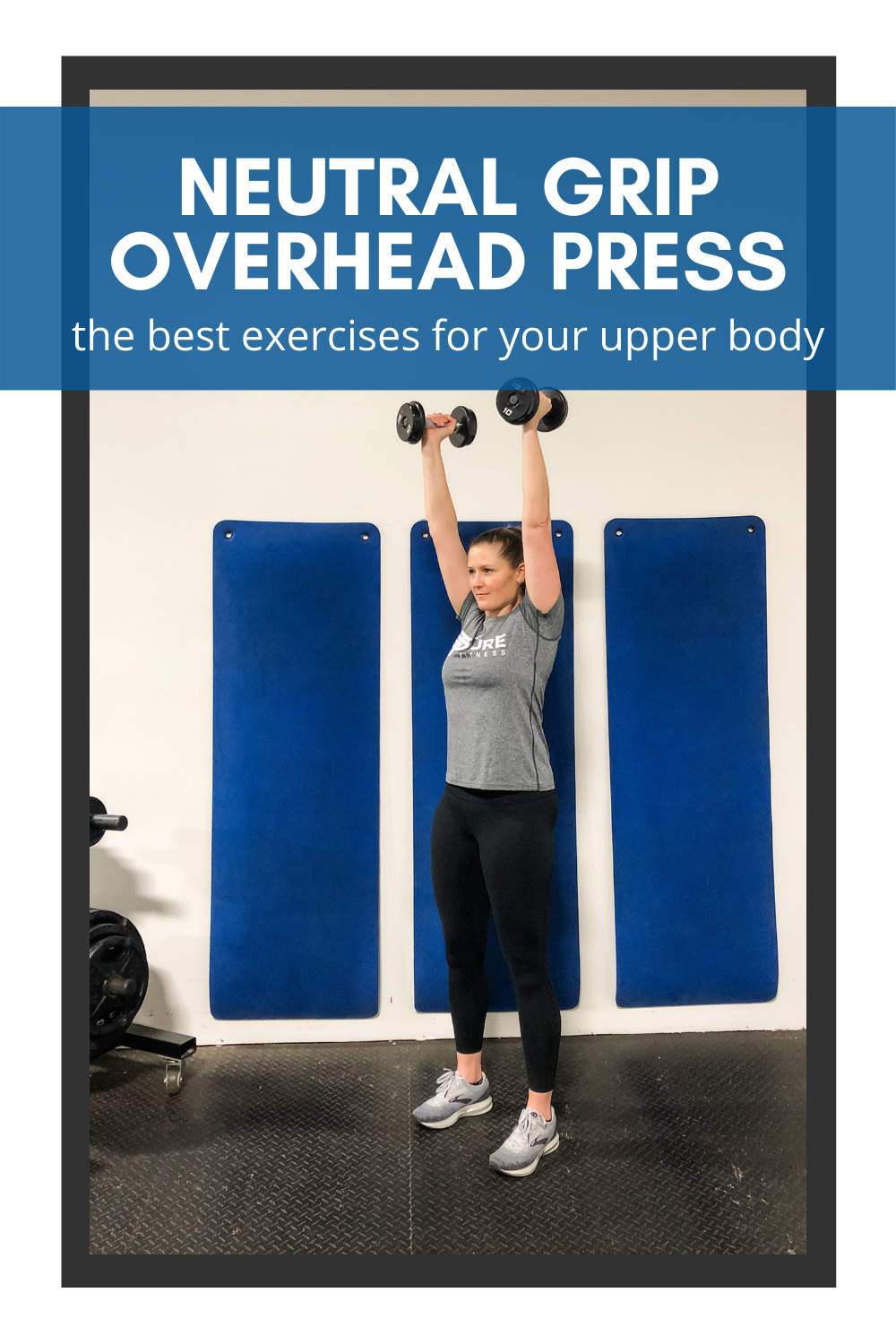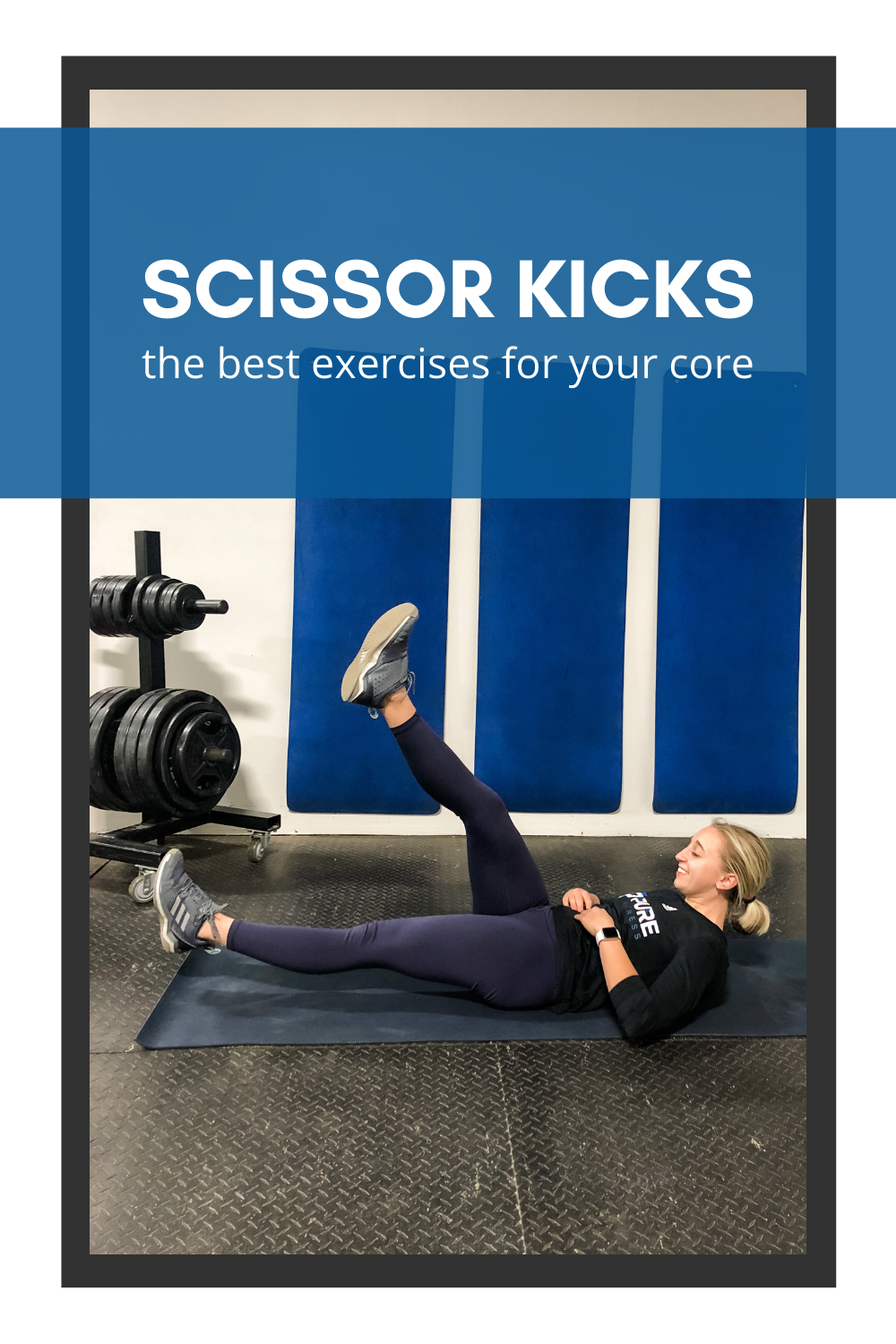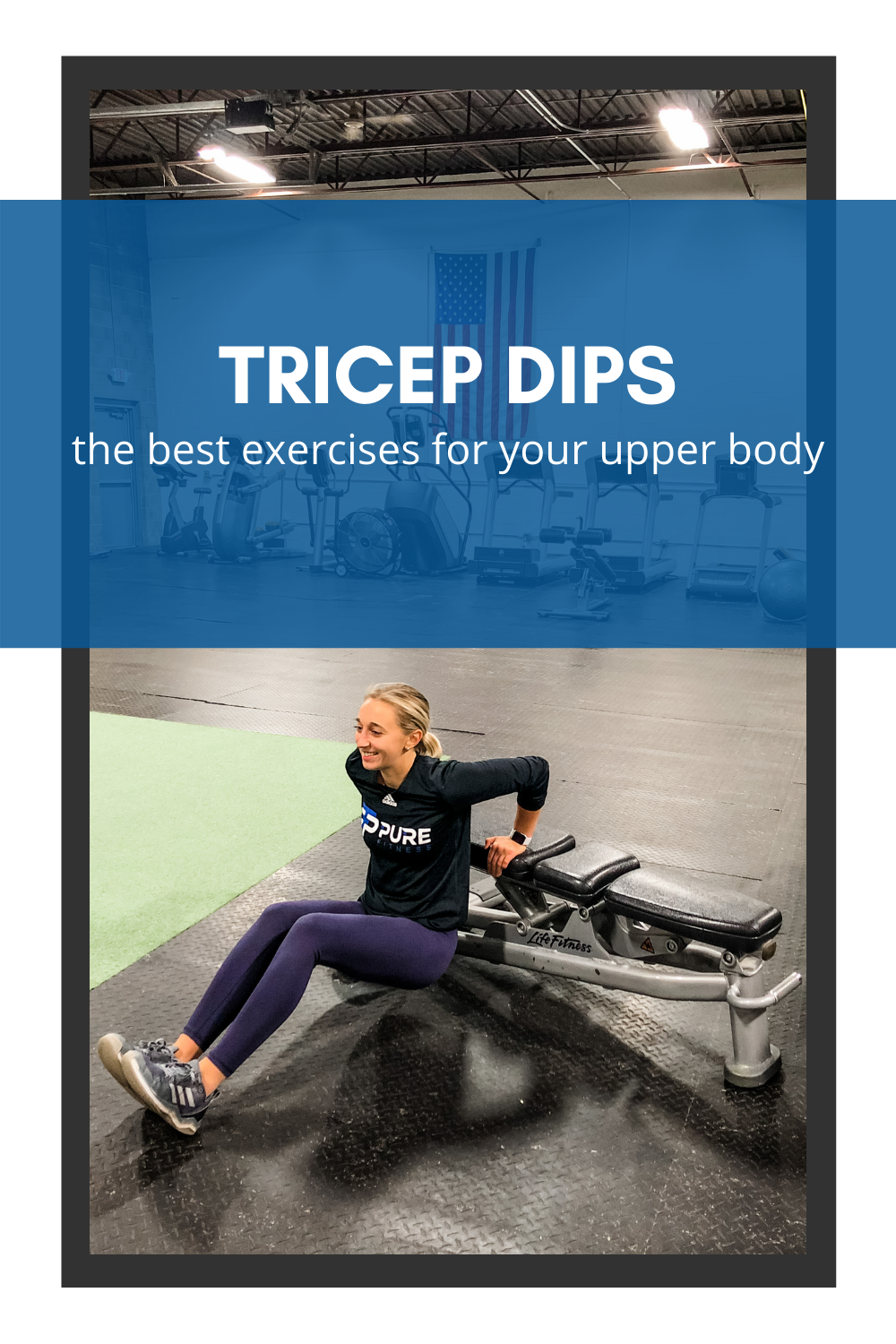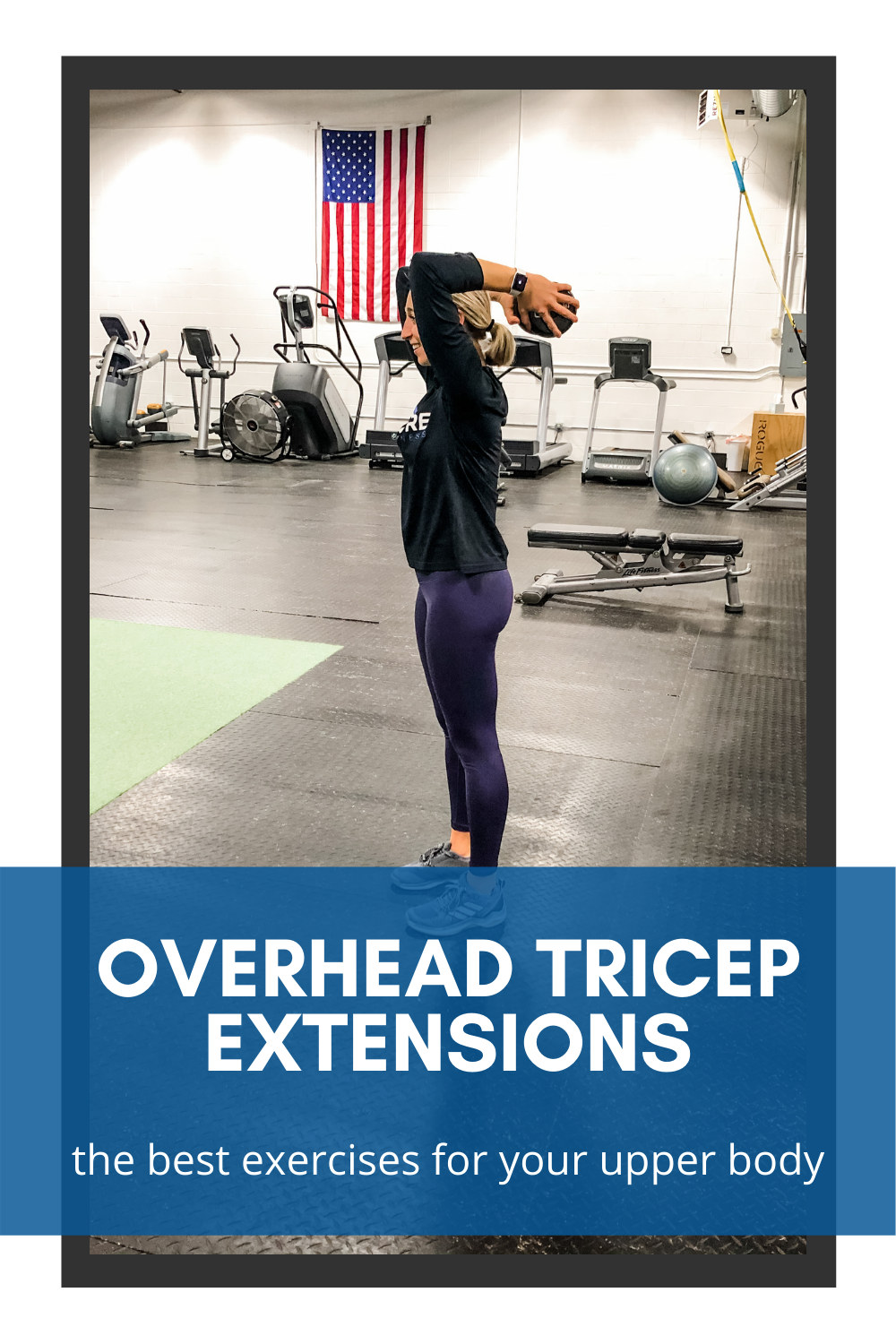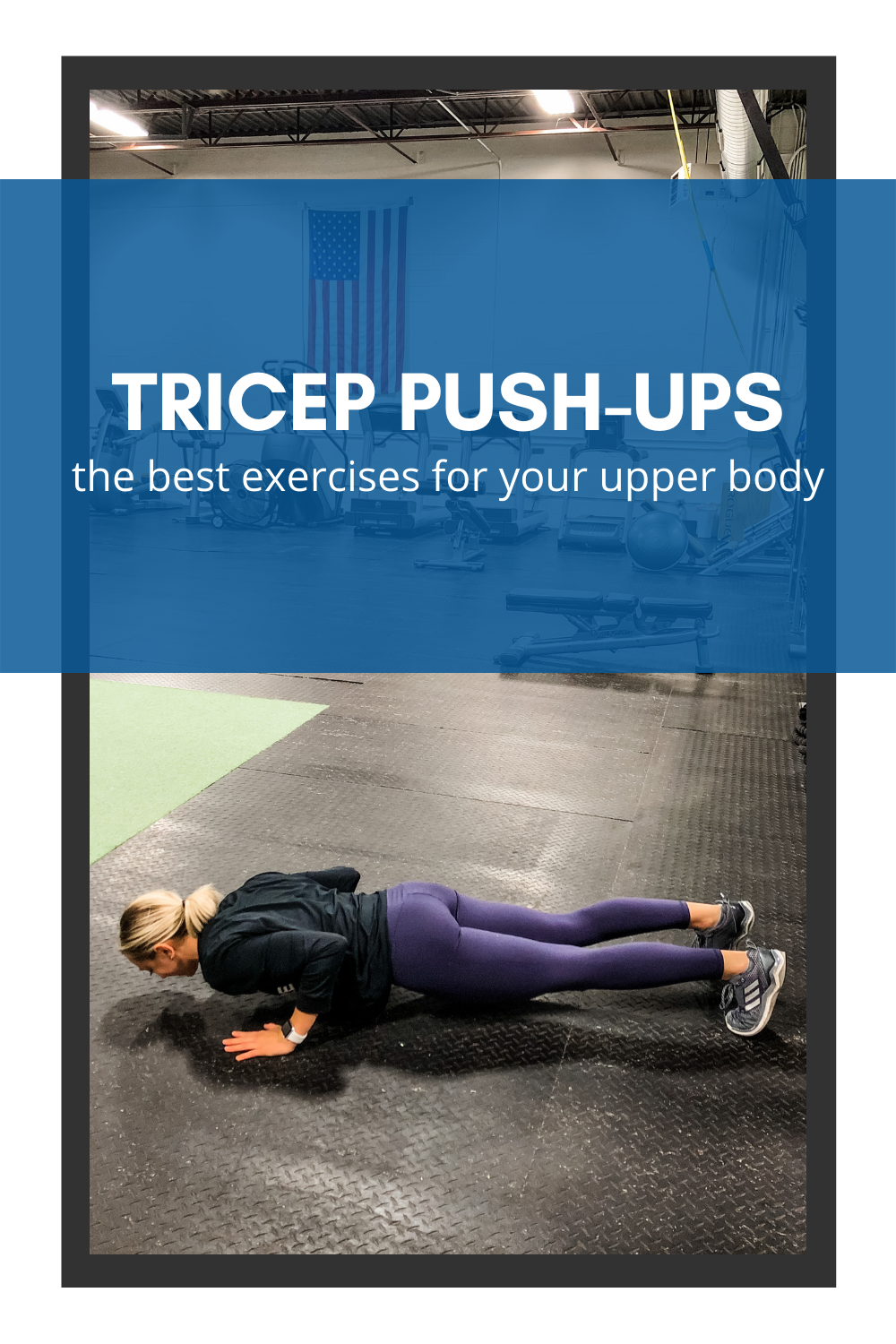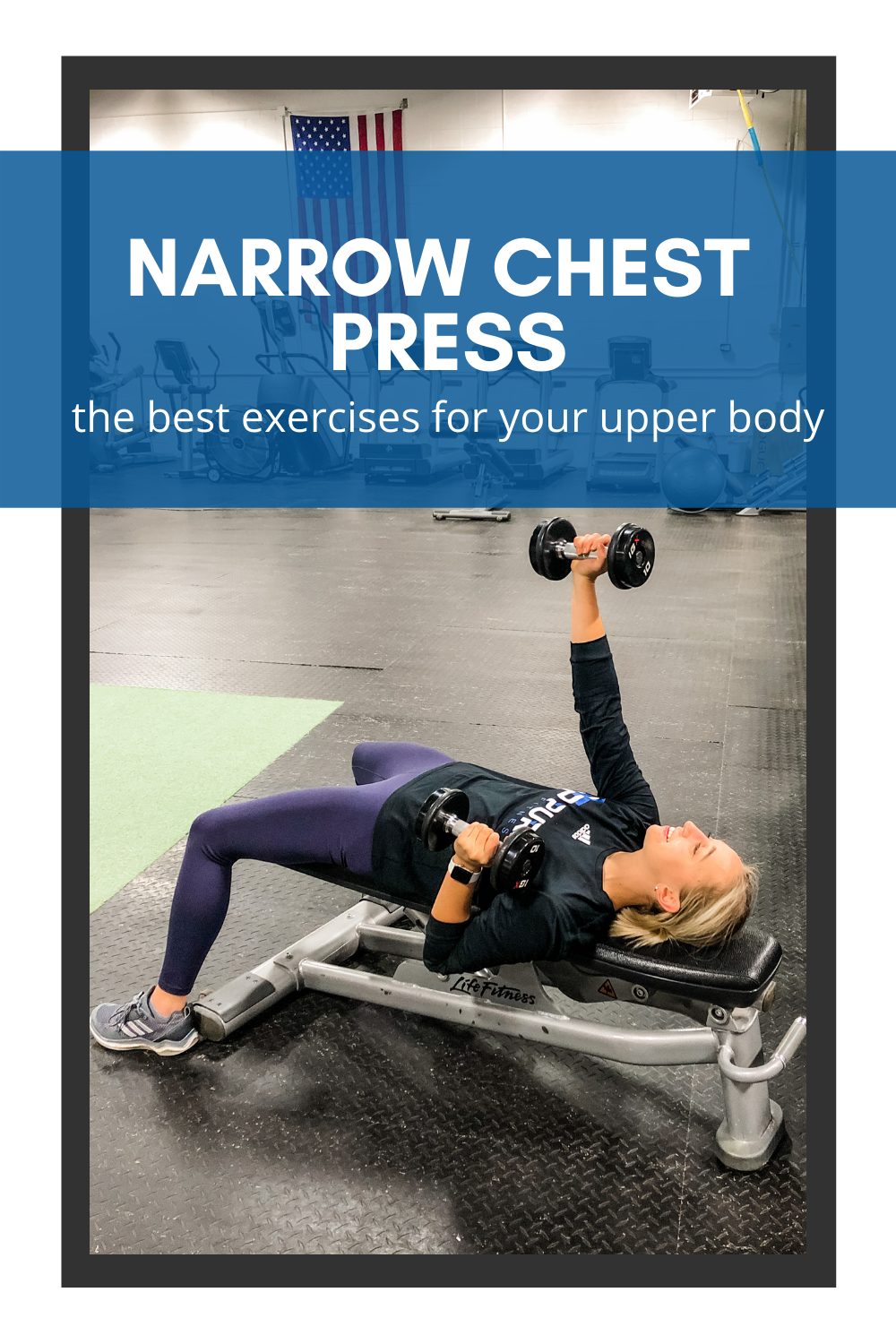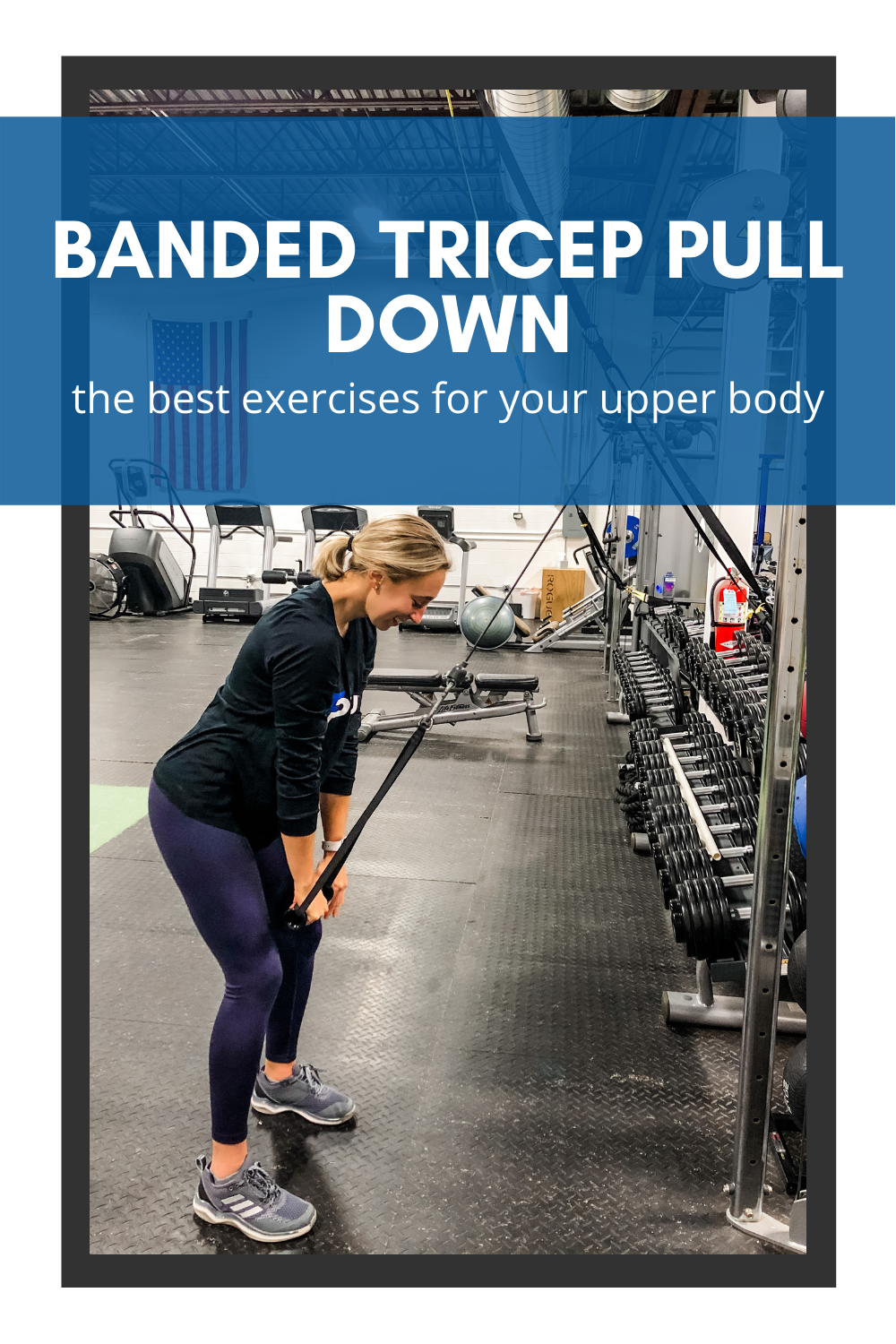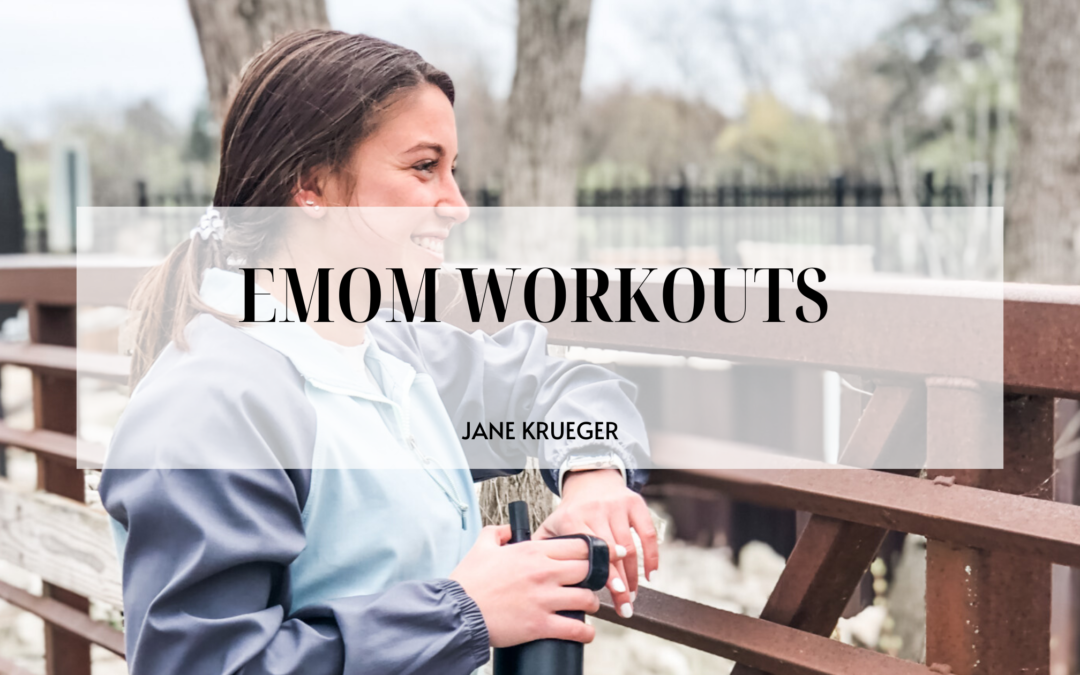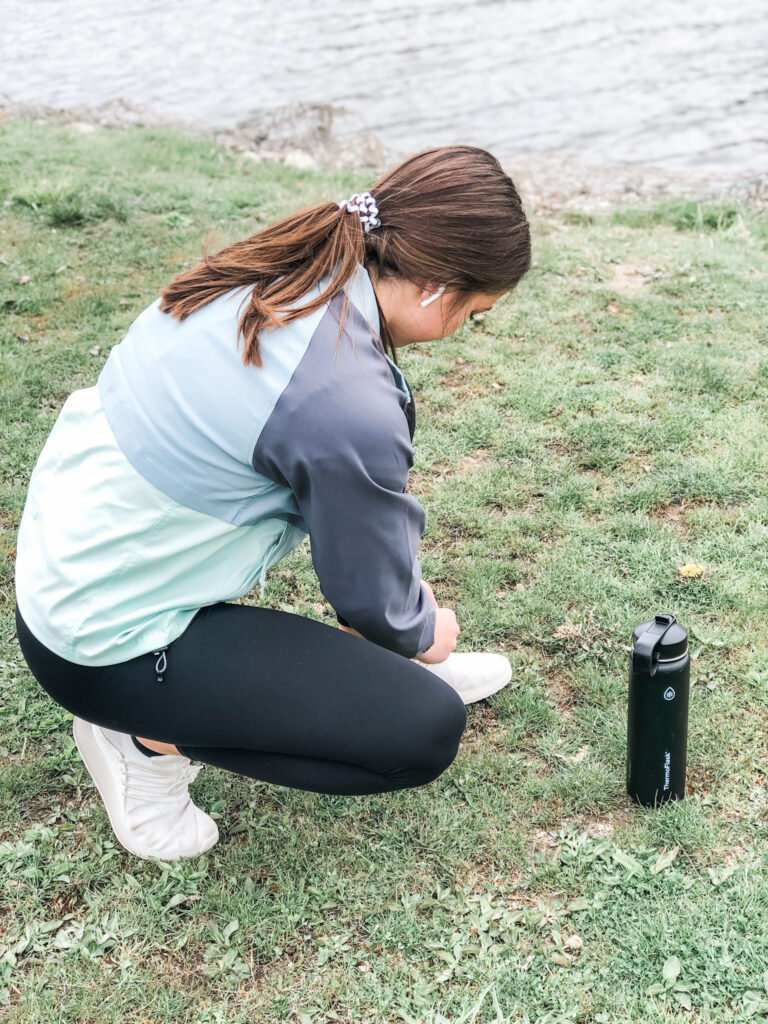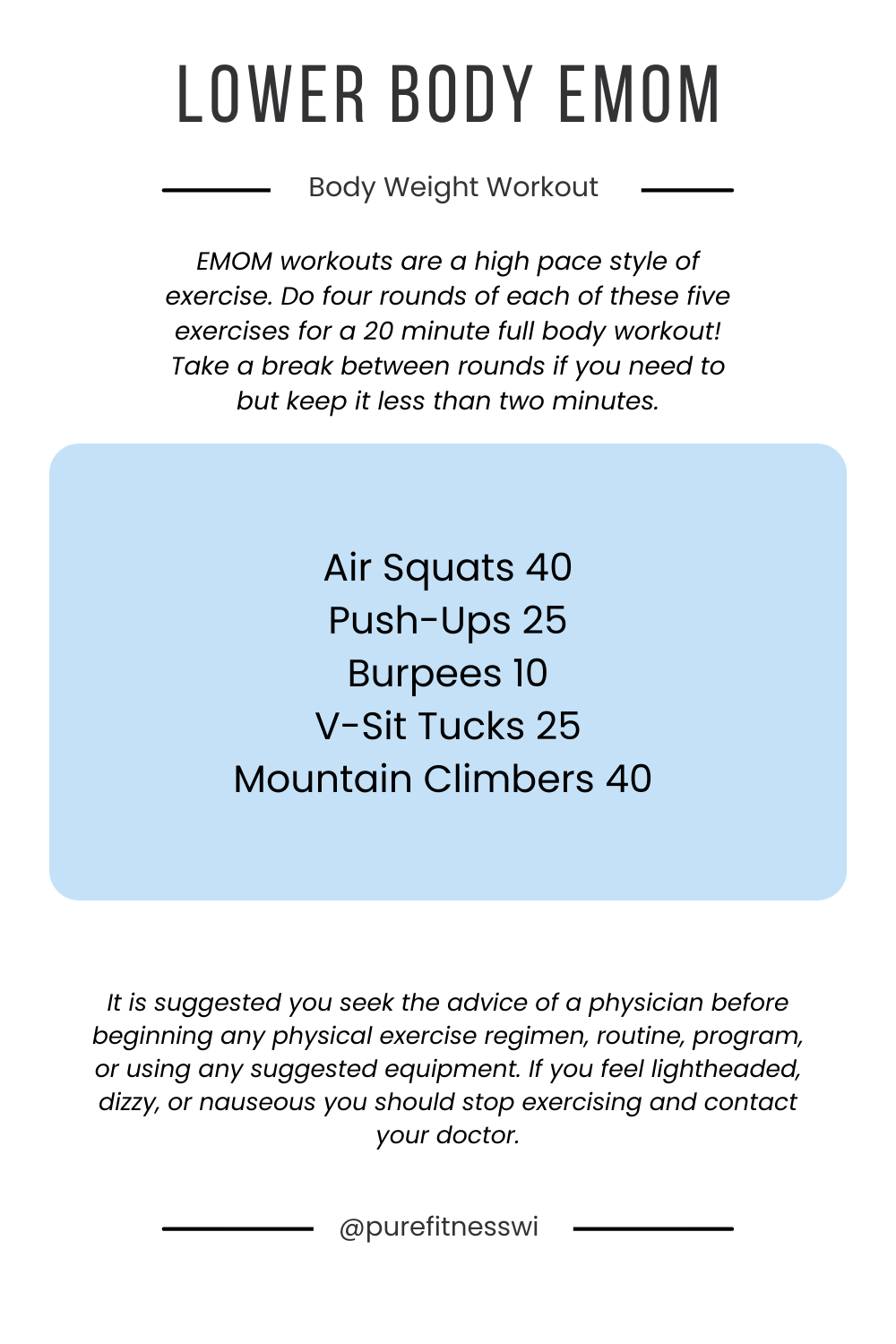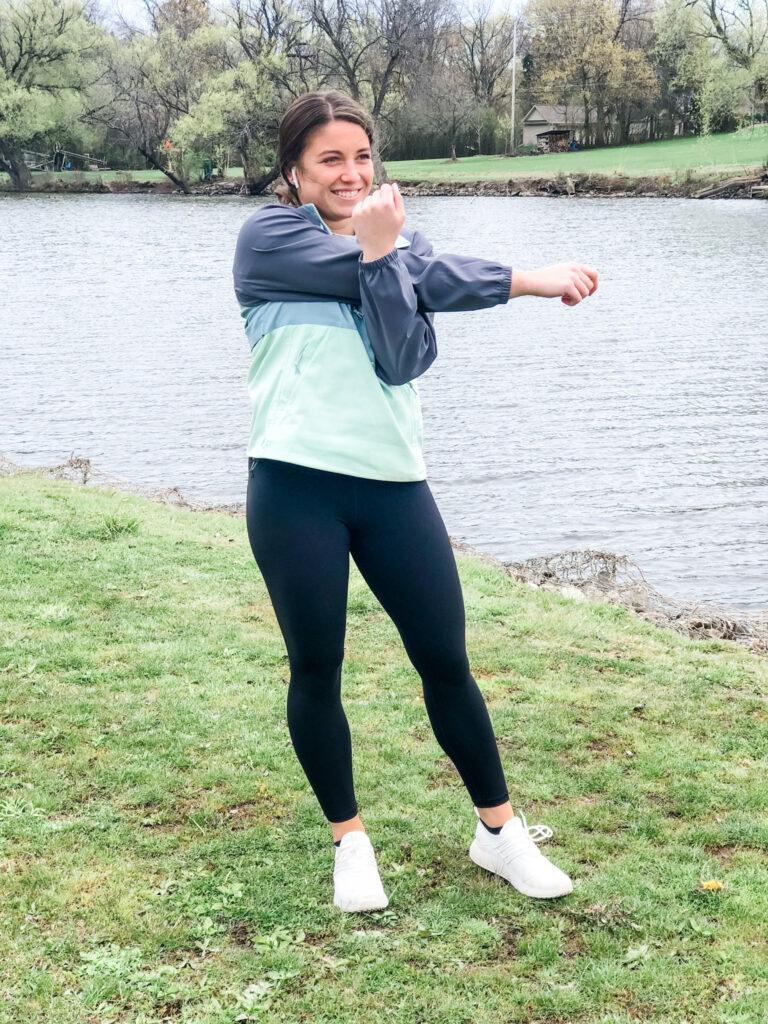Standing out in the market is important. And offering a competitive service and price are effective at capturing customer’s attention. But taking that attention and turning it into repeat clients with brand loyalty is critical to your long-term success. So let's...
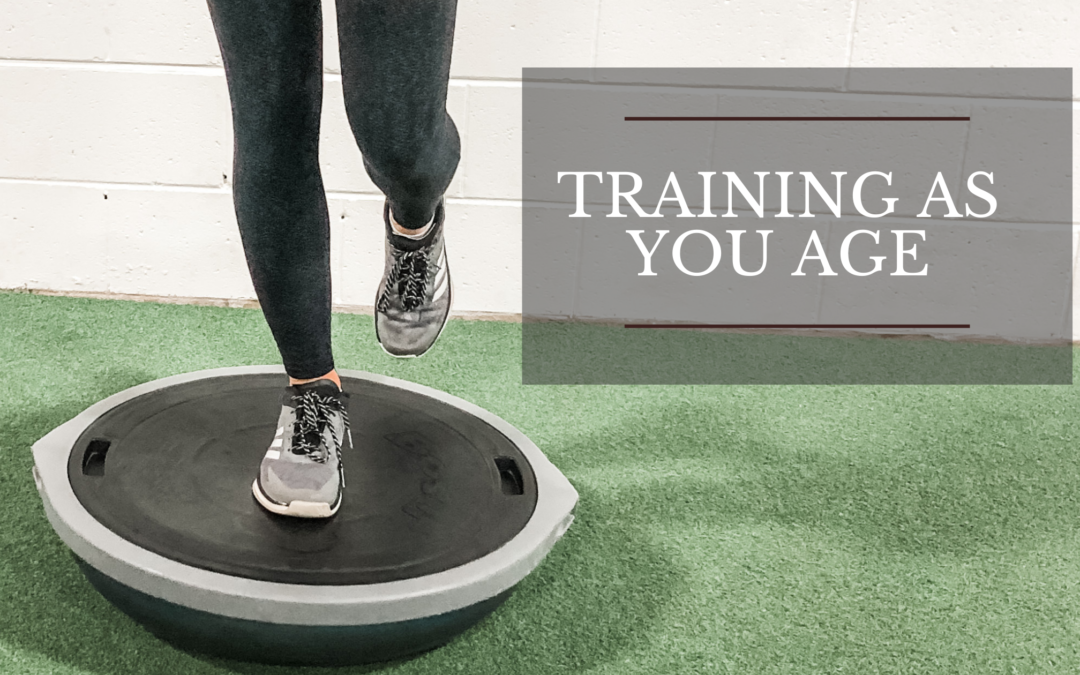
EXERCISE AS YOU AGE: WHAT DOES THE SCIENCE SAY?
From the time we are young the importance of being physically active is instilled into our brains. Part of me is still convinced that this is just so kids can get their energy out 😊. The things that are important at this age are developing balance, coordination, mental engagement, and healthy bones. Would you believe me if I told you these are the exact same things that need to be developed as you age? Exercise as you age isn’t different, we just scale the intensity.
I would like to be clear; this article is not to target only those of you seeing the 80s and 90s approaching. The information and science presented here can be applied to every person from 22 to 60. In fact, the decline in both muscle and bone strength begins at age 30! One of the causes is physical inactivity for both of these.
There are a lot of misconceptions out there about what you should be doing with your workouts the older you get. Of course, we need to develop these habits throughout the years of physical activity and exercise. The longer you put it off, the more difficult it is going to be to start. Keep in mind it is never too late, the best time to start is now. The question is, how do you know what you need?
THE KEYS TO DEVELOPING A PROGRAM AS YOU AGE
Our philosophy at the gym tailors to the 3-step progression we want all of our clients to meet as we program for them specifically. These are the building blocks of any program regardless of age, experience, or goals. These include range of motion, stability, and strength, in that order.
Range of Motion
The first is getting range of motion. As we see throughout our lifetime our joint mobility and muscle flexibility pretty much goes down the drain. From desk jobs to years of bad posture and poor mechanics, we see a steady decline. This loss of range of motion is often the cause of many of those aches and pains you experience throughout the day.
The best method here is prevention, but I understand that for most who felt mobile and agile in their twenties, likely didn’t make it a habit to practice great stretching routines. And now at age 50 you are looking in the rearview mirror wishing you had done more.
Good news! As I said, it is never too late to start. If you have been following along with our many discussions about stretching, it does not take much. Stretching twice a day for 20-30 seconds each stretch will definitely help you see the improvements you are looking for. This will also relieve pain in the common areas if done correctly.
Once we are able to gain more flexibility, we can focus on using it to gain more range of motions in the exercises we do. With the use of a TRX or putting a swiss ball between us and the wall we are able to assist in stability to get a greater range of motion. Adding mobility exercises (active stretching) to your workout routine will also expand the movements in your exercises.
The combination of this stretching, mobility, and assistance in exercises is going to set you up for success when building range of motion.
Stability
This next one is going perhaps one of the most important aspects when exercising as you age. One of the biggest causes of falls, dislocations, and injuries in older populations is due to a lack of balance and stability. Therefore, starting early and developing this balance in a controlled setting is very important to your overall health as you age.
One of the ways this is done is through creating instability. This can be as simple as doing upper body exercises using a split stance with the legs. To advance it you can go onto a single leg balance. The older we get, this may be sufficient enough for creating instability.
However, if you are starting early and are advanced in your balance technique you can an unstable object. This may include the use of a stability pad or a bosu ball which are our favorites in the gym. Start by using a double leg balance on them, and then as you get better you can move to two.
It is important to note that advancing too much too fast can result in injury. Only do so when advised by a professional. Improving your ability to balance in instable situations will only improve your ability to do so in your everyday life. This could be the difference between feeling healthy or getting a fractured bone.
Strength
Once the flexibility and stability have been established, strength is the next one to be developed within the individual. This is not to say that we stop working on the first two all-together but need to keep working on them as we continue to build strength.
Although much of our muscle strength and power declines as we age, our body’s ability to adapt to resistance training remains the same. Resistance training in older adults has a huge positive impact on bone health and helps adults’ ability to function through everyday activities such as climbing stairs, sitting down and standing, and even reactionary functions.
Just as you would for an individual, it is important to scale the amount of weight to the capabilities of the exerciser. We do not want to overtask the musculoskeletal systems in older adults, so weight selection is very important!
Some of the best exercises for adults in older populations include:
- Squats (assisted with TRX or a swiss ball if needed) These are great of building range of motion especially in the hips. It is imperative to build strength in this range of motion for functions like sitting in a chair or getting in and out of bed
- Rows (using a cable machine or resistance bands) These are great for strengthening the back to proper posture and helping to get rid of shoulder pain. Combining these with chest stretching will help the individual improve everyday functioning. Upper body strength can also be built with the use of dumbbells.
- Core: In the form of a core rotator (read more about it here) or simply incorporating proper core engagement in all exercises, is vital for eliminating back pain. It is important to recognize that using excessive amounts of core bracing (Valsalva maneuver) can illicit various responses due to a raise in blood pressure that can occur. Avoid holding your breath and stop exercising if you feel dizzy or light headed.
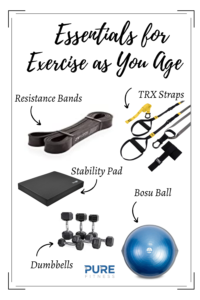
OTHER CONSIDERATIONS
For exercising in older adults, it is important to consider the following things, especially if you are trying to create a program on your own. You should consider consulting a physician, no pain, warm-up properly, include strength and cardiovascular exercise, and give yourself rest. Look at the image to the left for more information!
These are all important to note as you venture into the exercise world or continue exercising as you age. But I want to call special attention to the first item on the list. The primary thing to consider is that you are cleared by your physician. Quickly followed by the fact that you are pain free when exercising in your range of motion.
The benefits of being active are immense as you age. They come from not only in walking and aerobic capacity, but in flexibility, balance, and resistance training. Structure your program to include them all. It can be the difference between a sedative lifestyle or living with minimal pain and doing the things you love!
Creating Brand Loyalty as Trainer
30 Minute Workout Program
I have a great workout program for you. You can scroll down if you aren't interested in why I made this program. But it you are let's have a quick chat. Why is it easier to skip a workout than to actually do the workout? In my opinion it has a lot to do with how you...
3 Ways to Gauge Success As A Trainer
Whether you work at a gym or you’re an owner reflecting and evaluating your performance as a personal trainer is a necessary component to growth and long-term success. Here are 3 ways to gauge your business success as a personal trainer: Client Retention Client...



